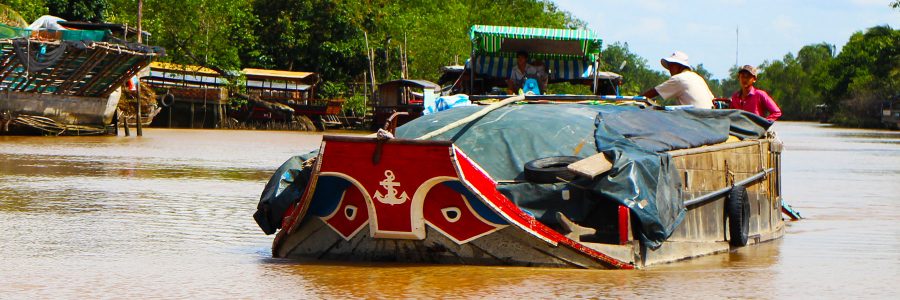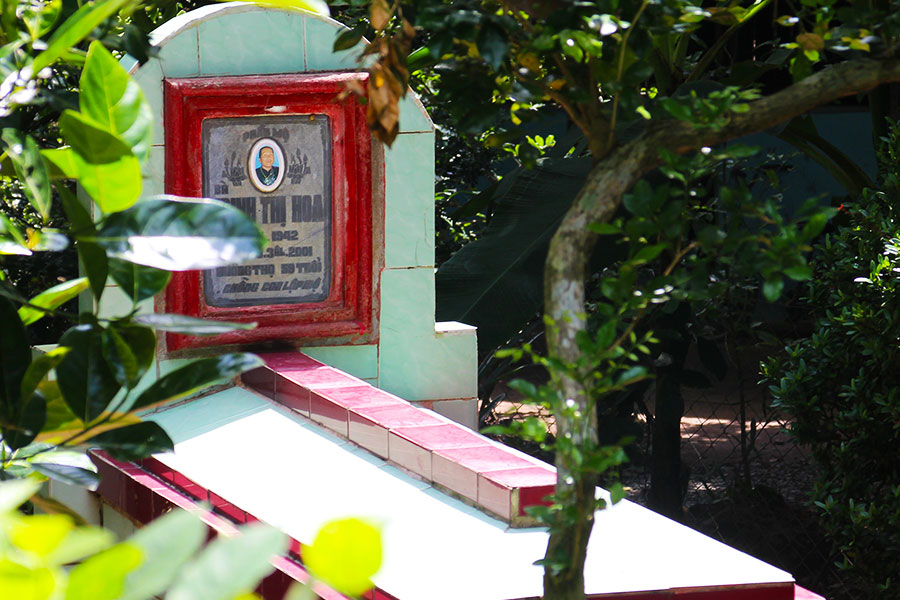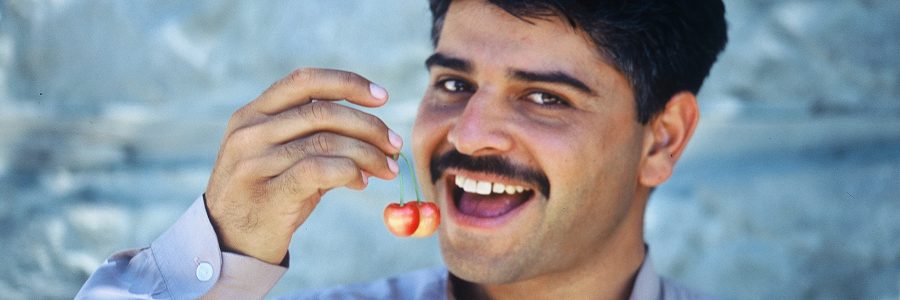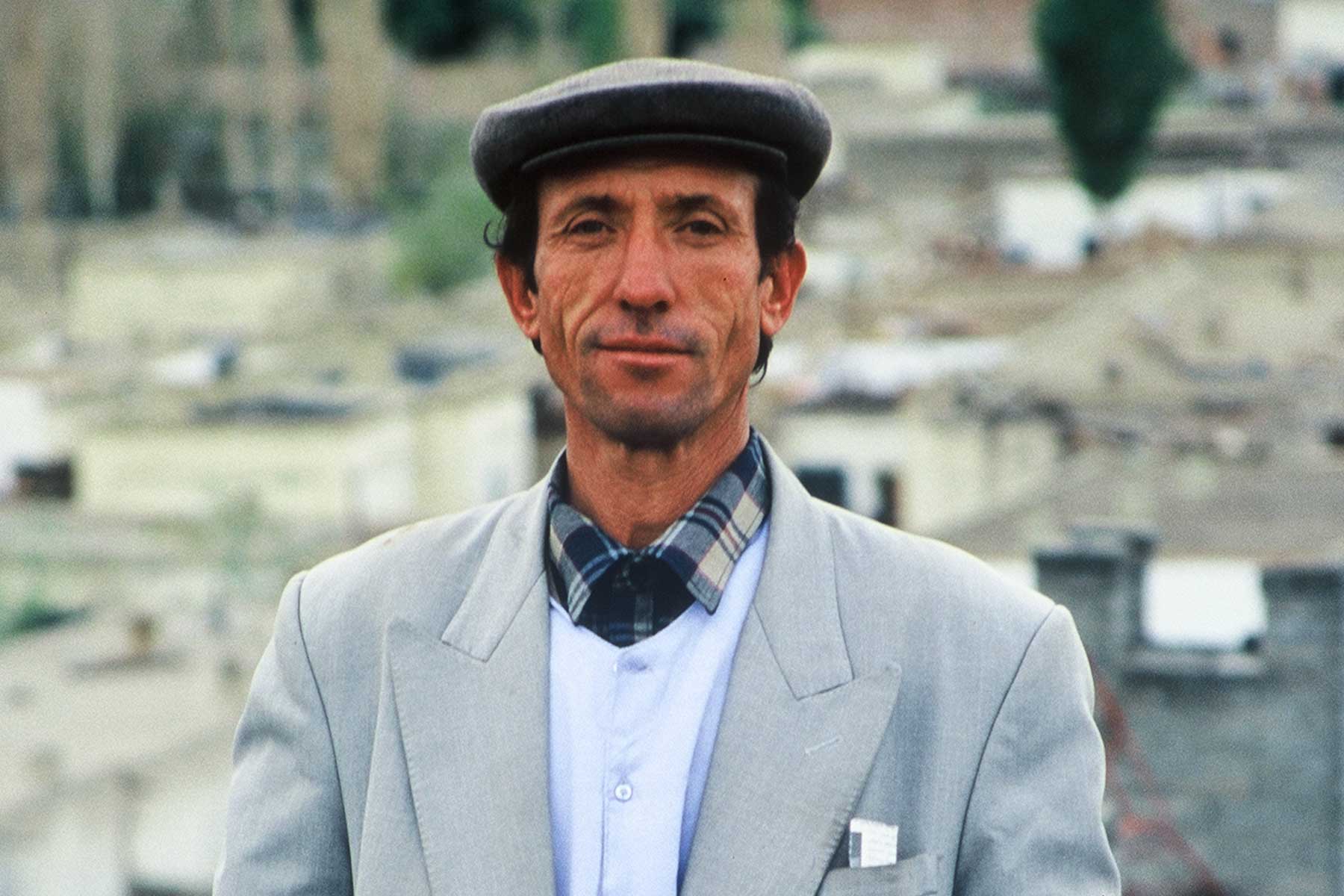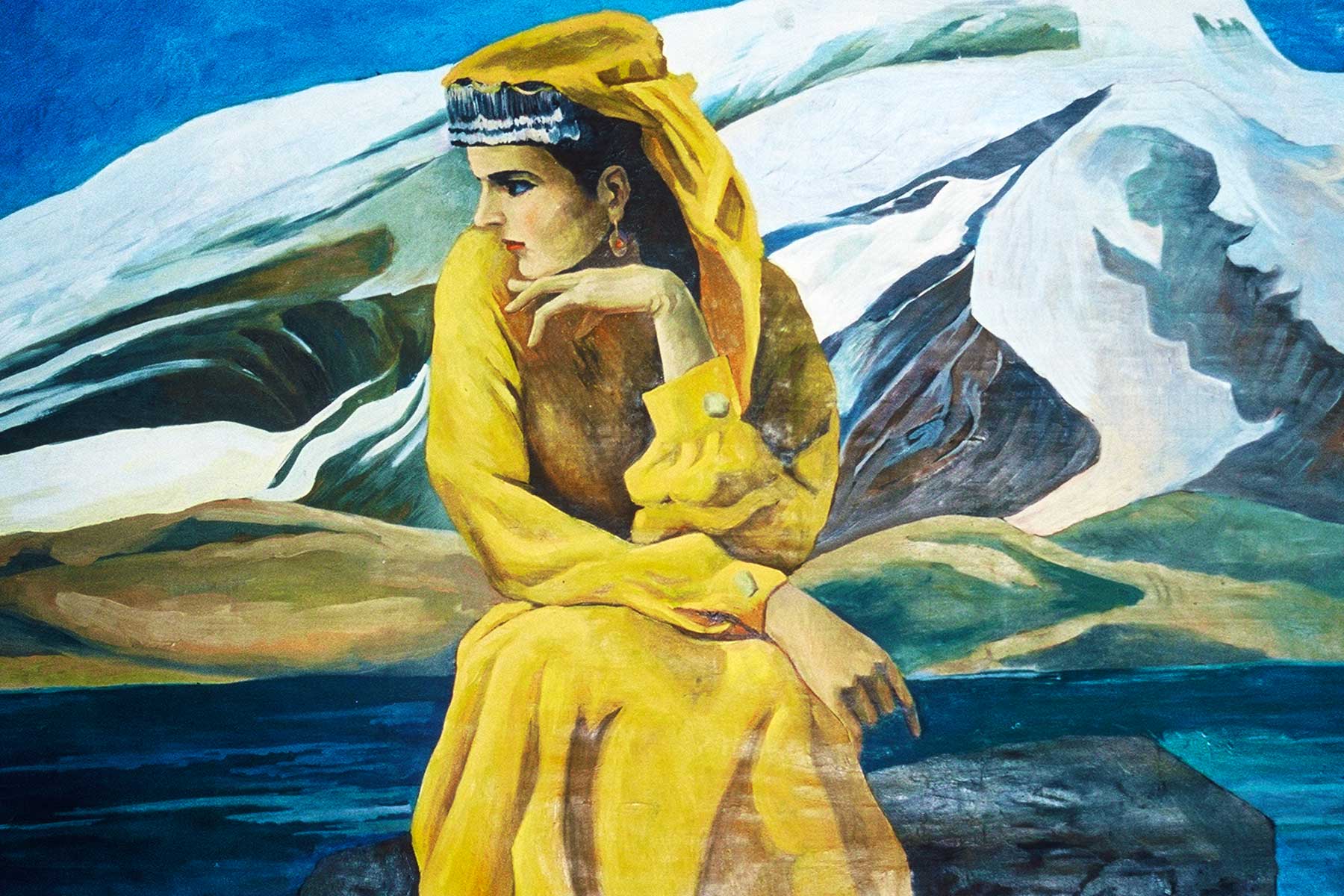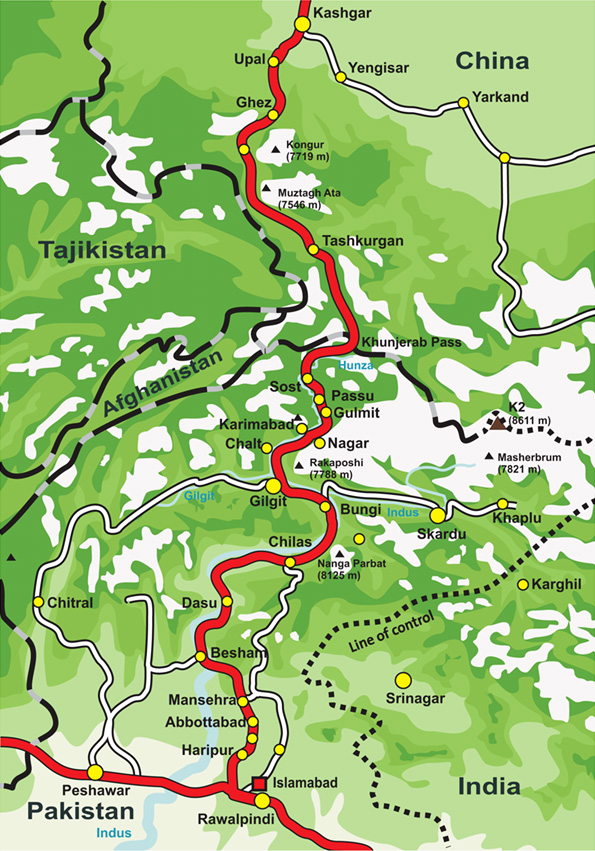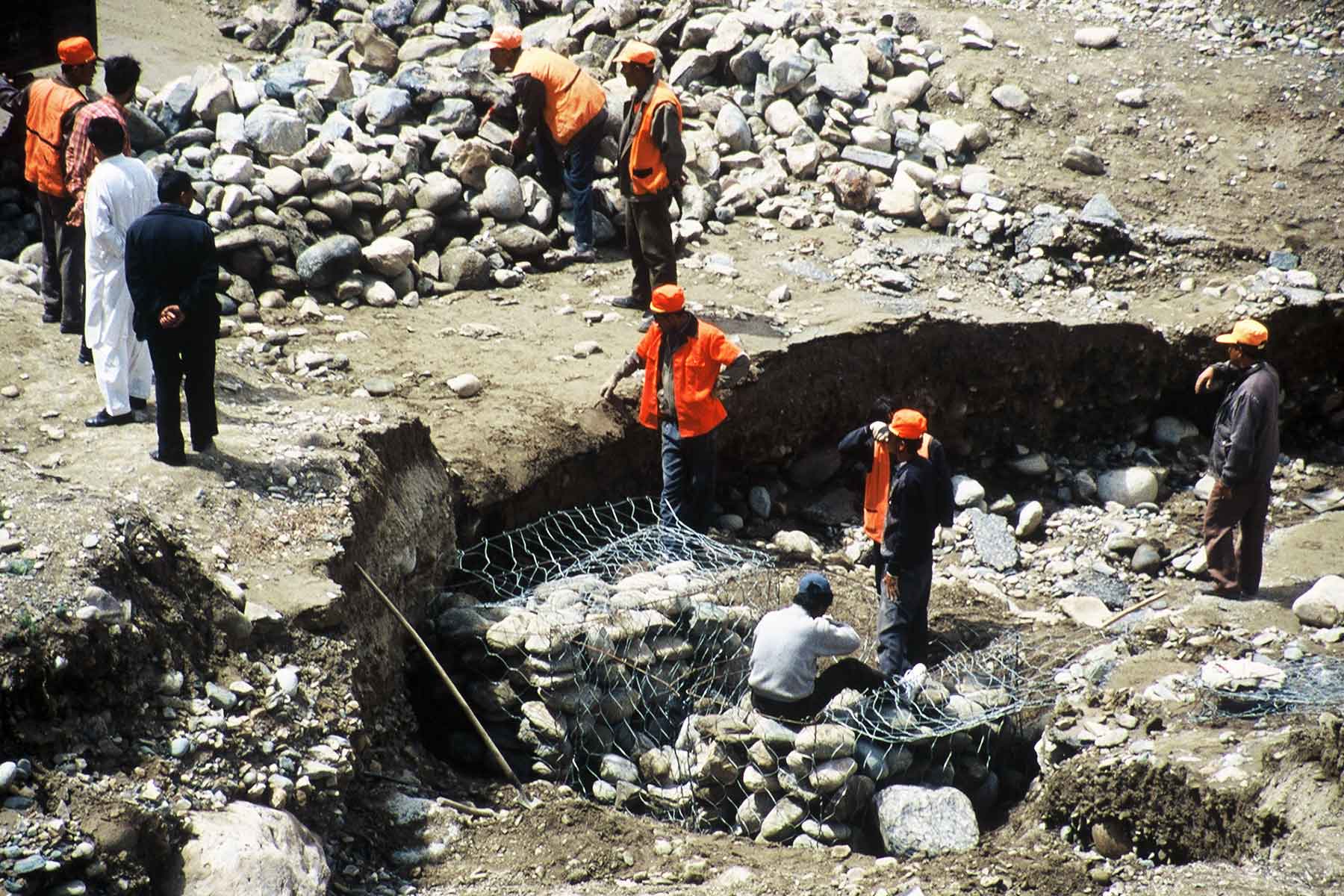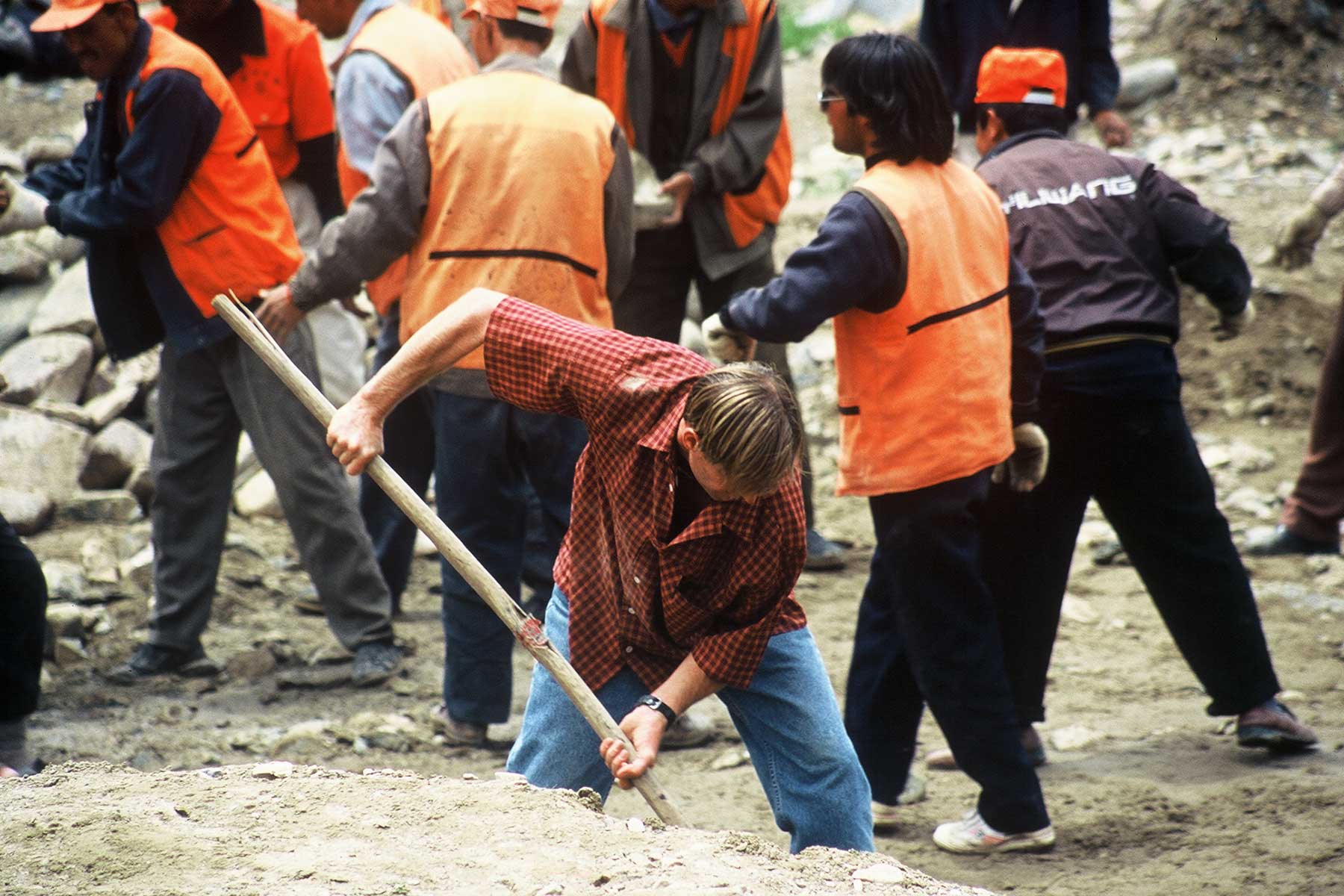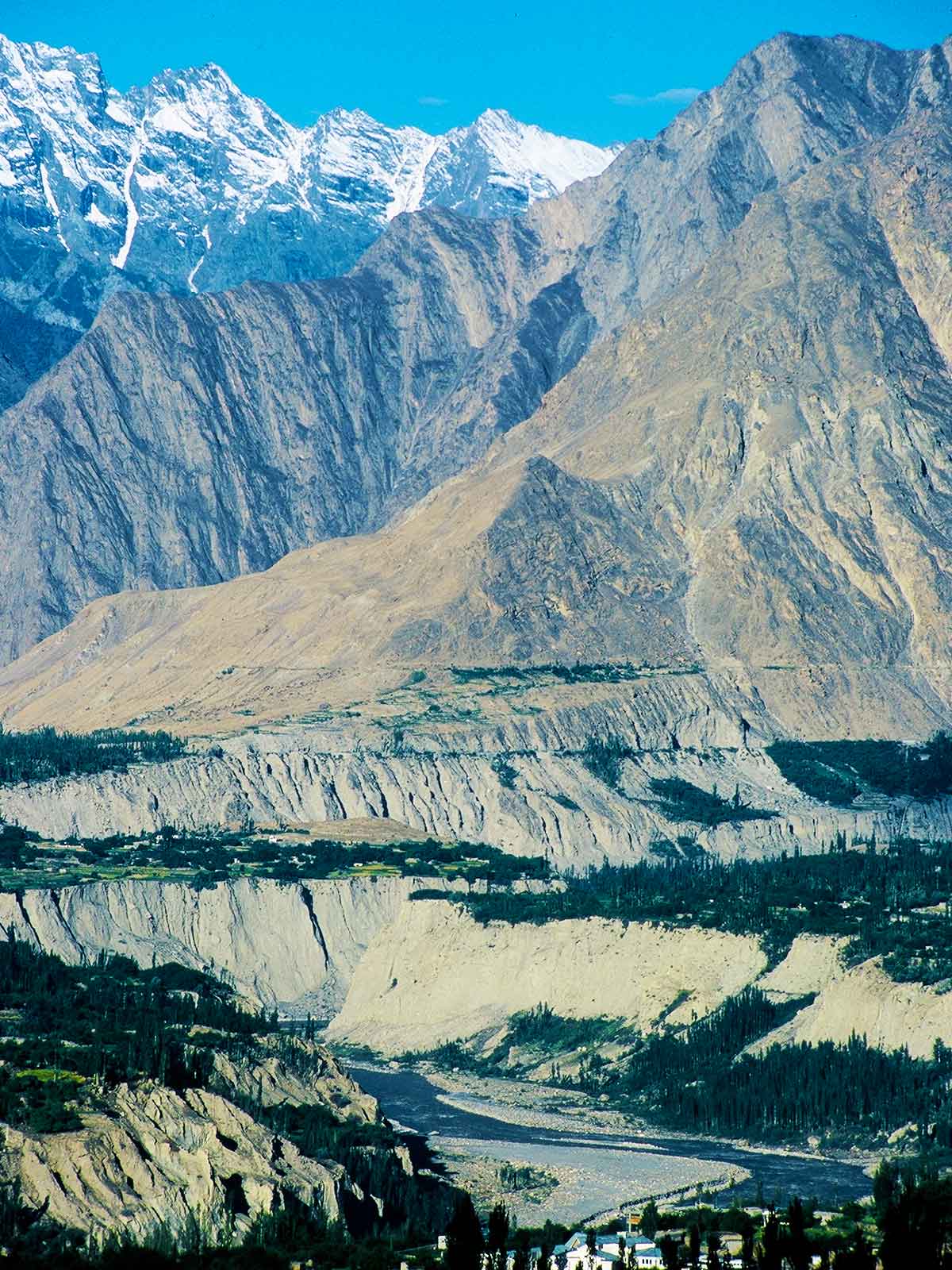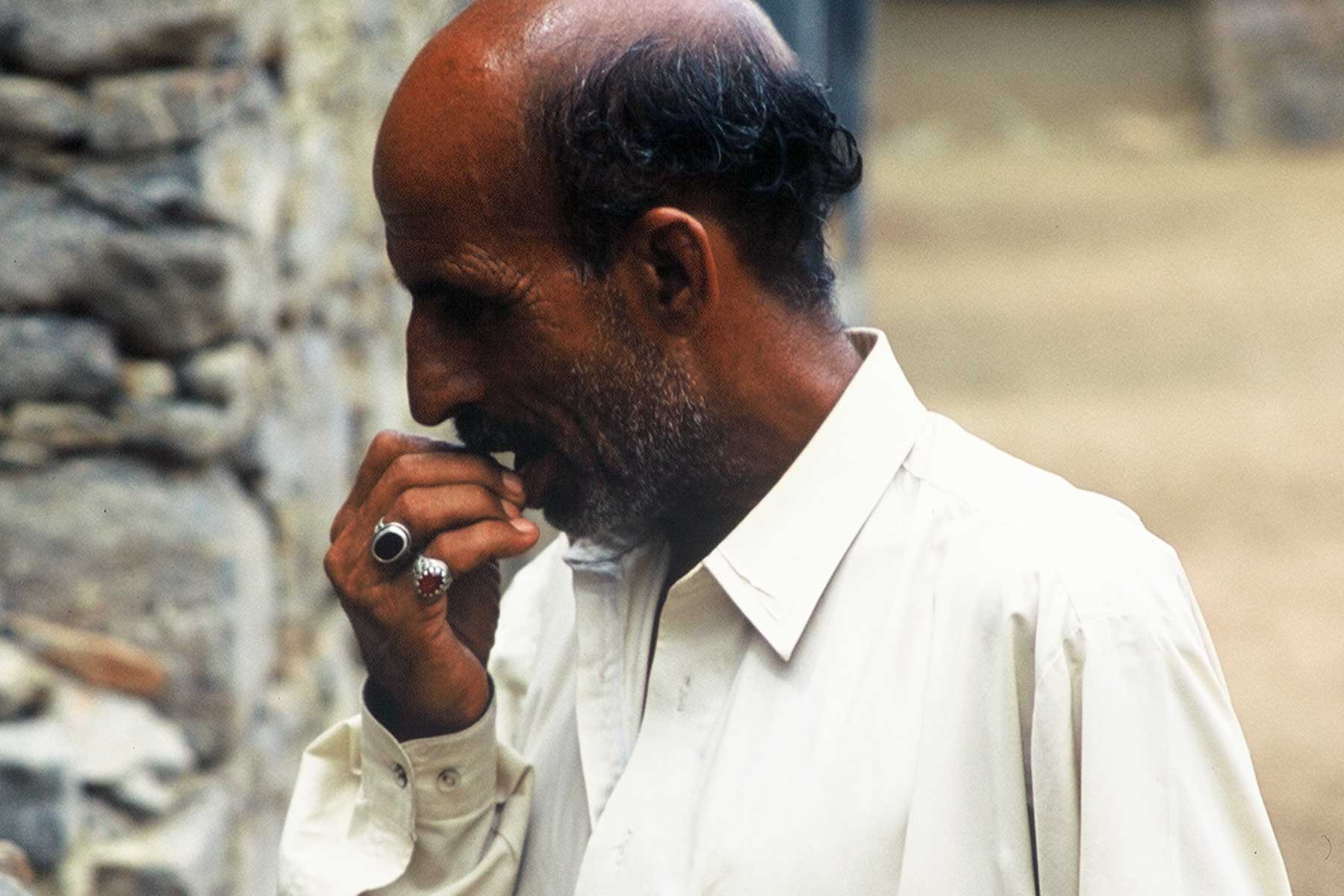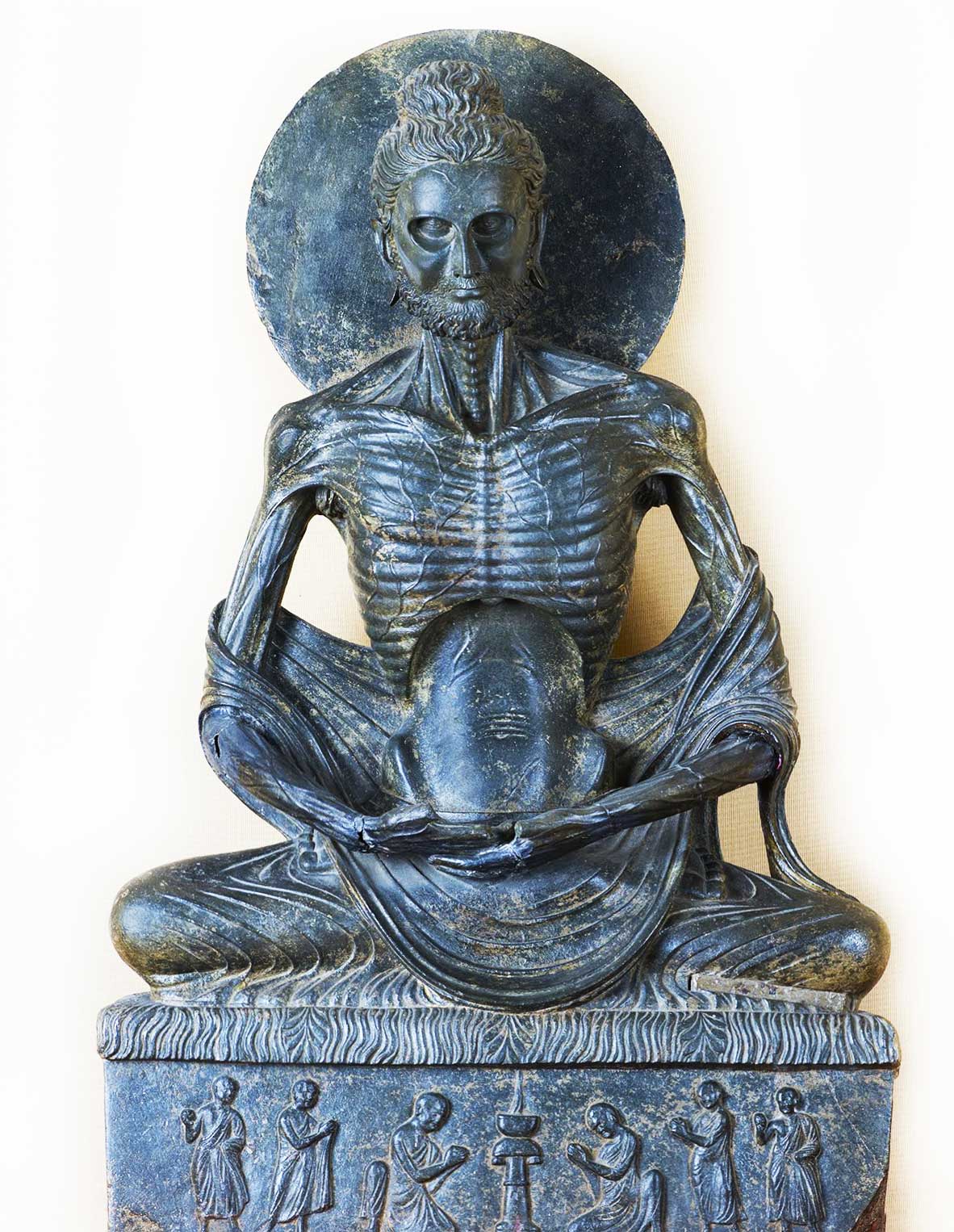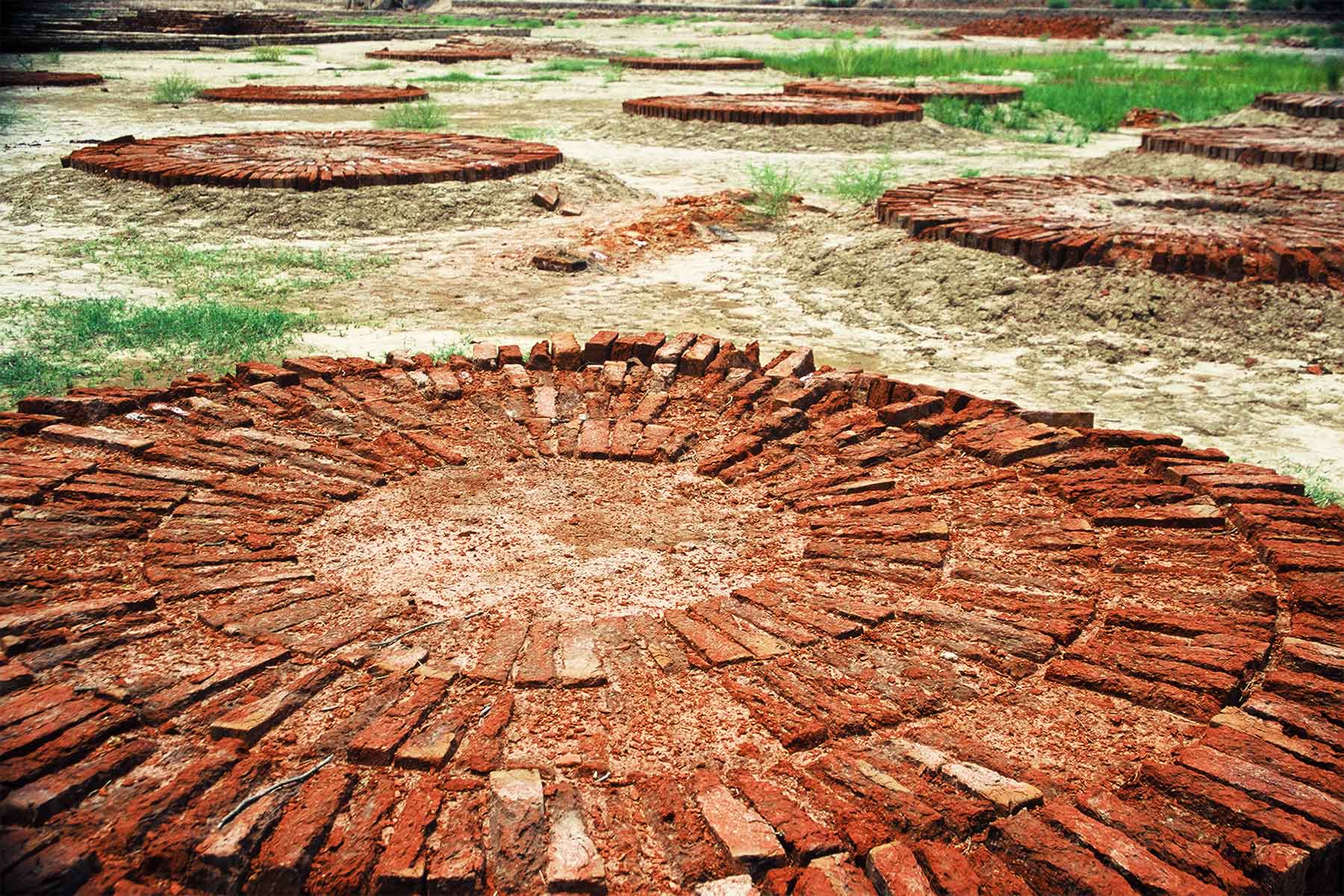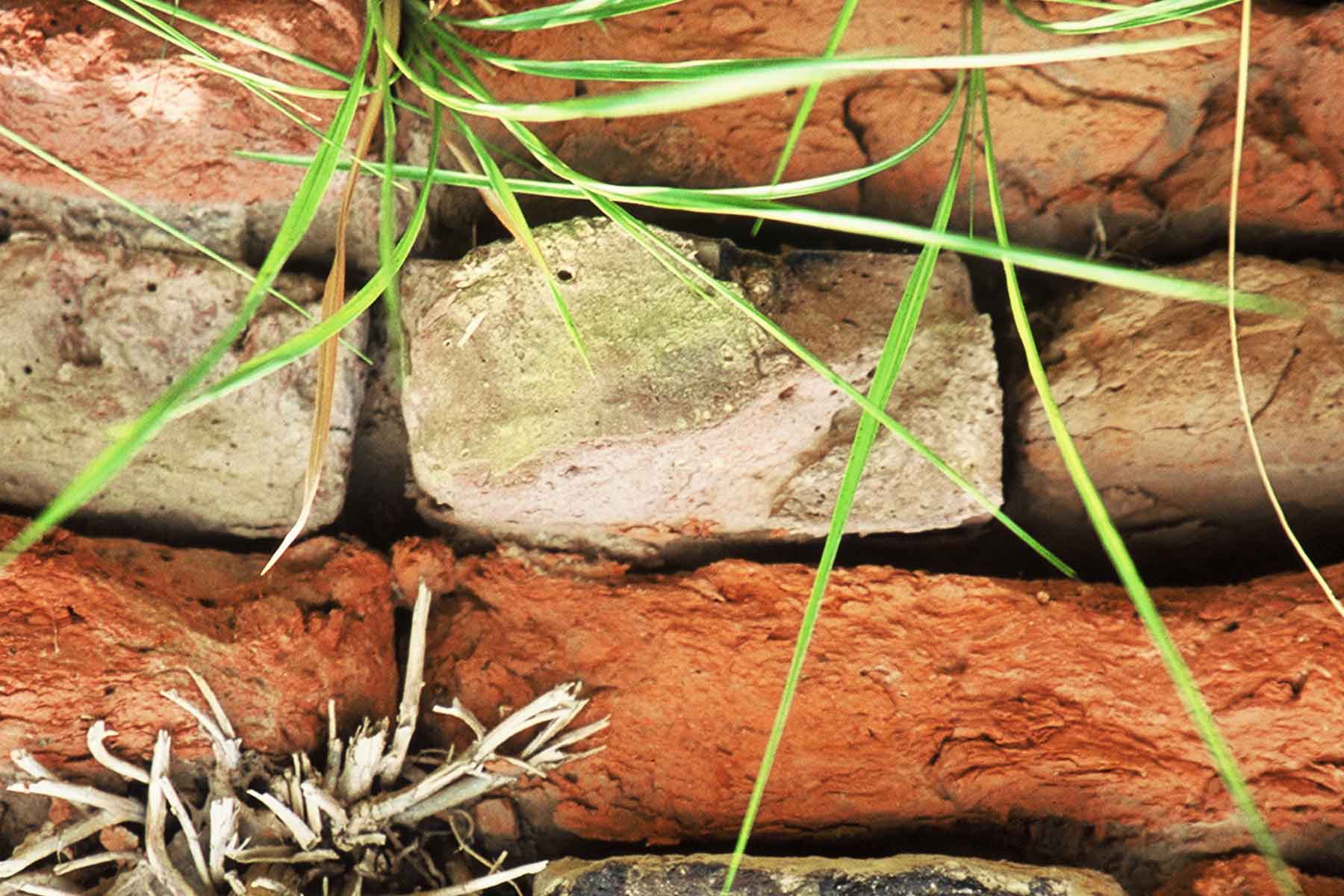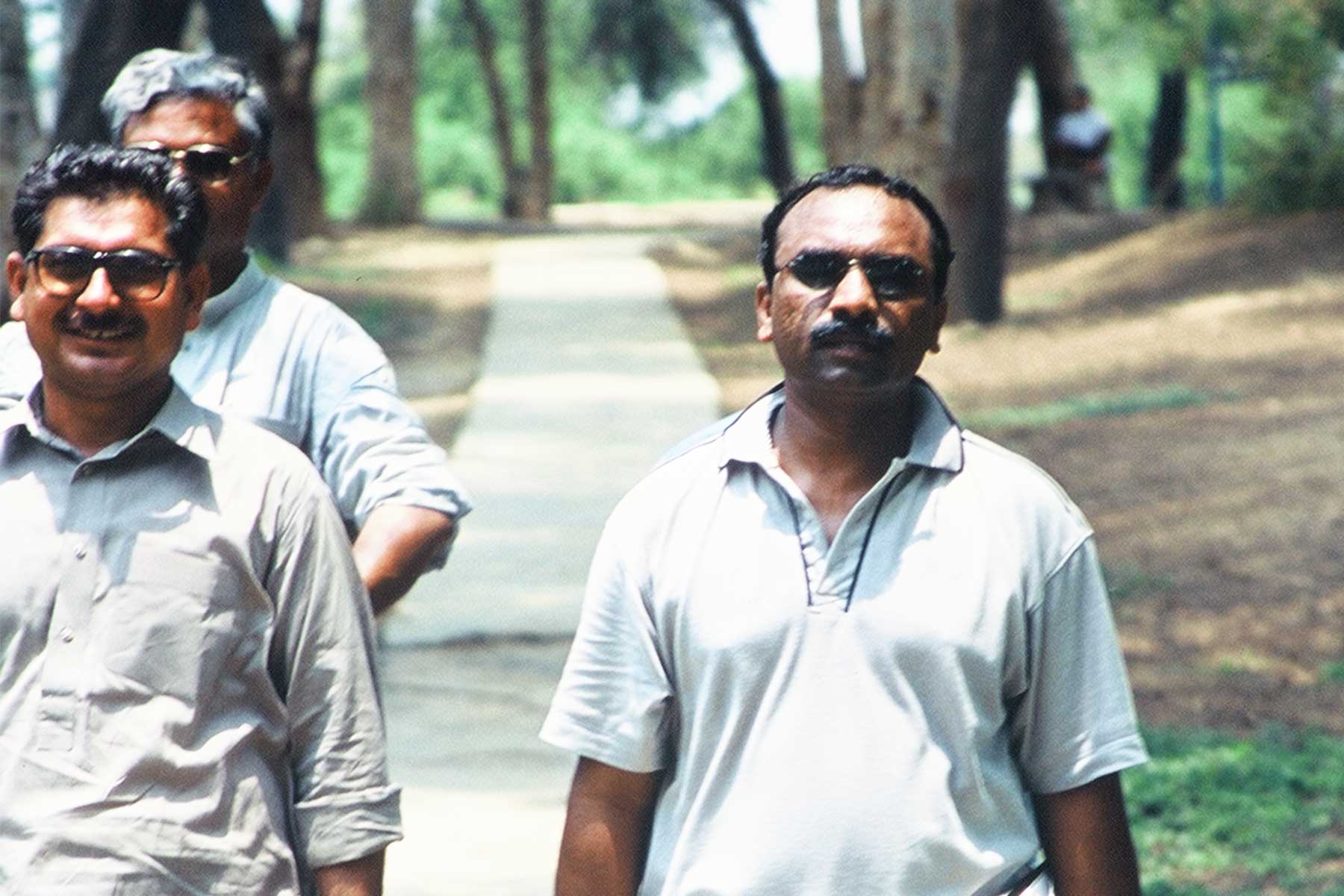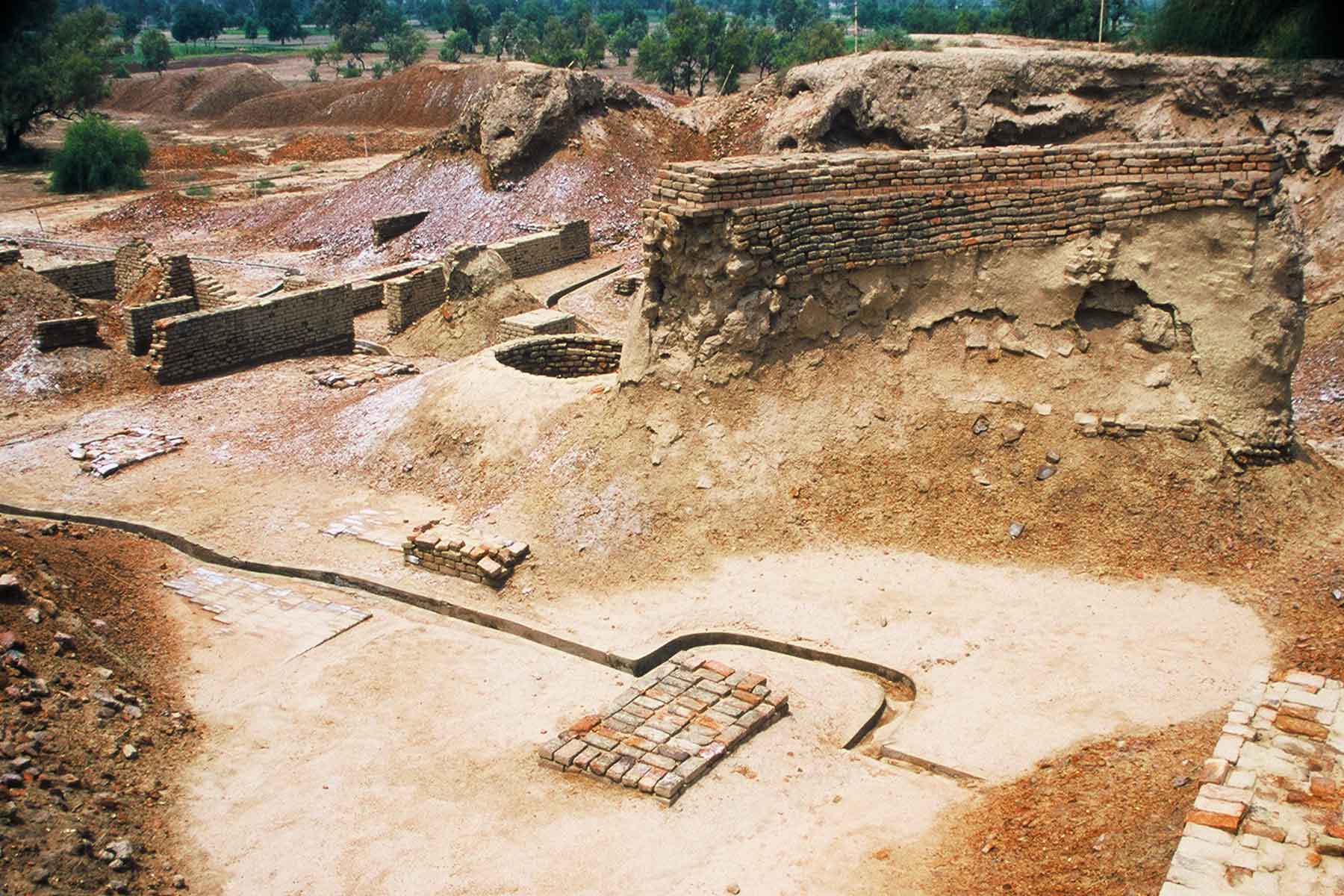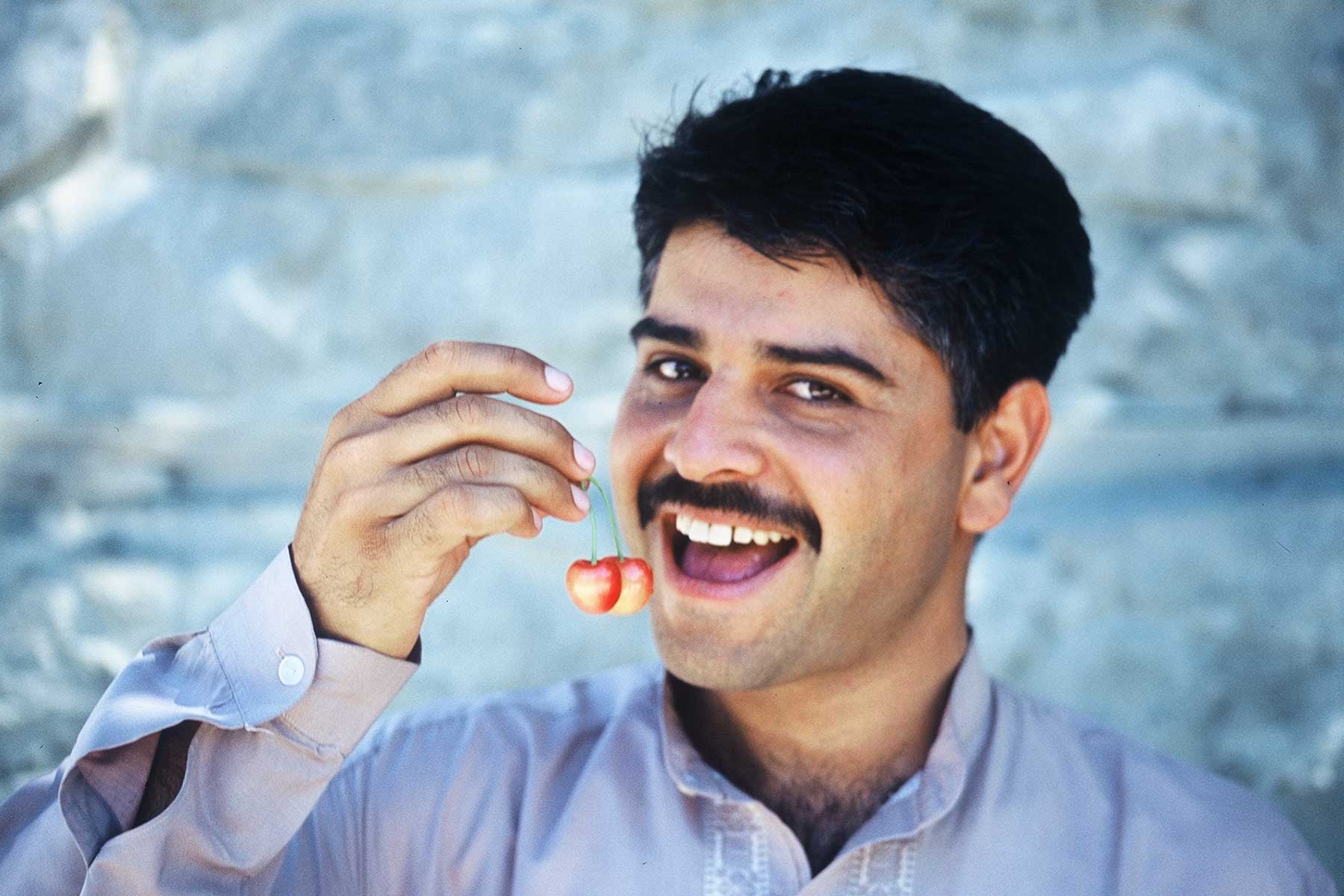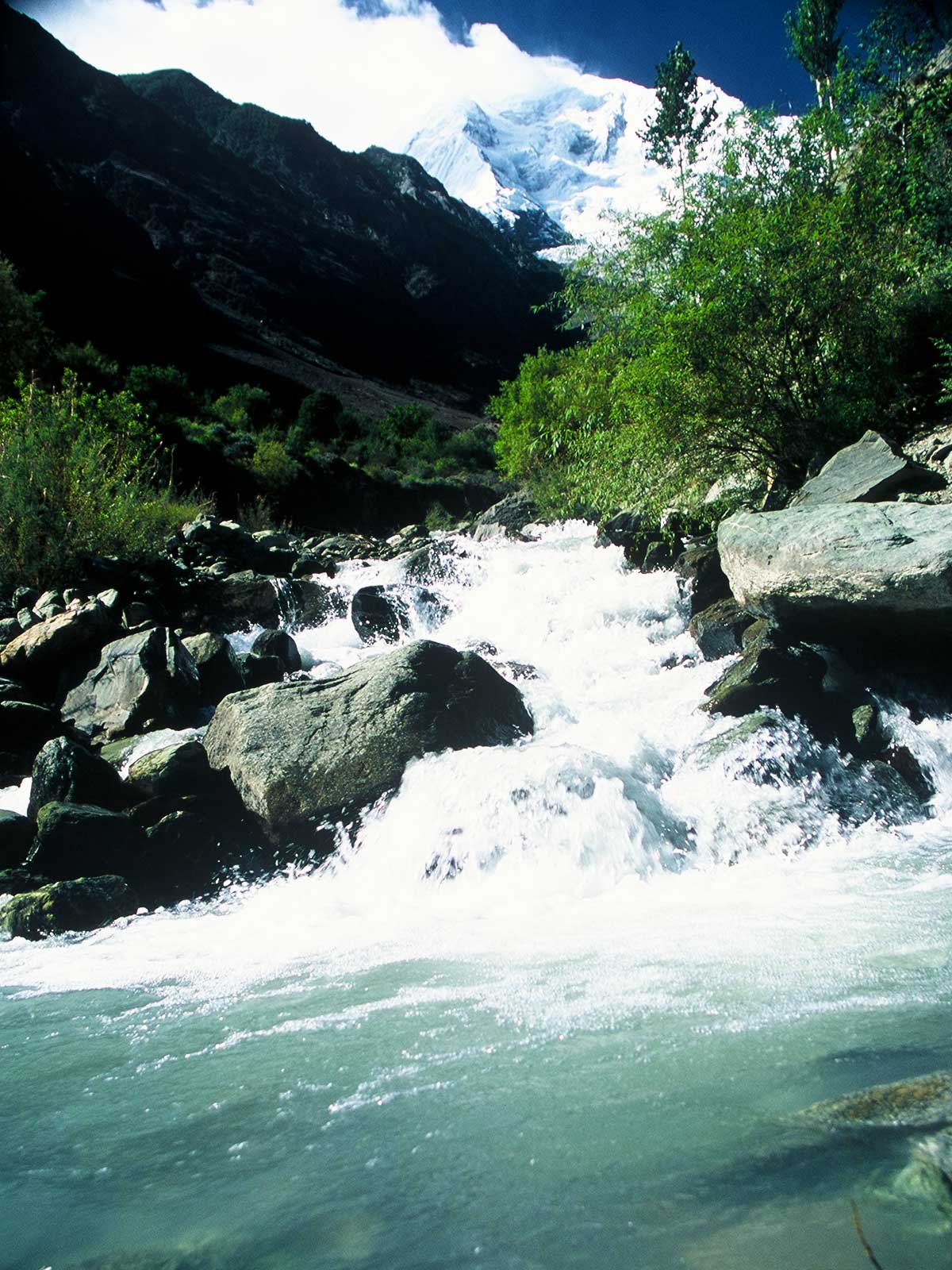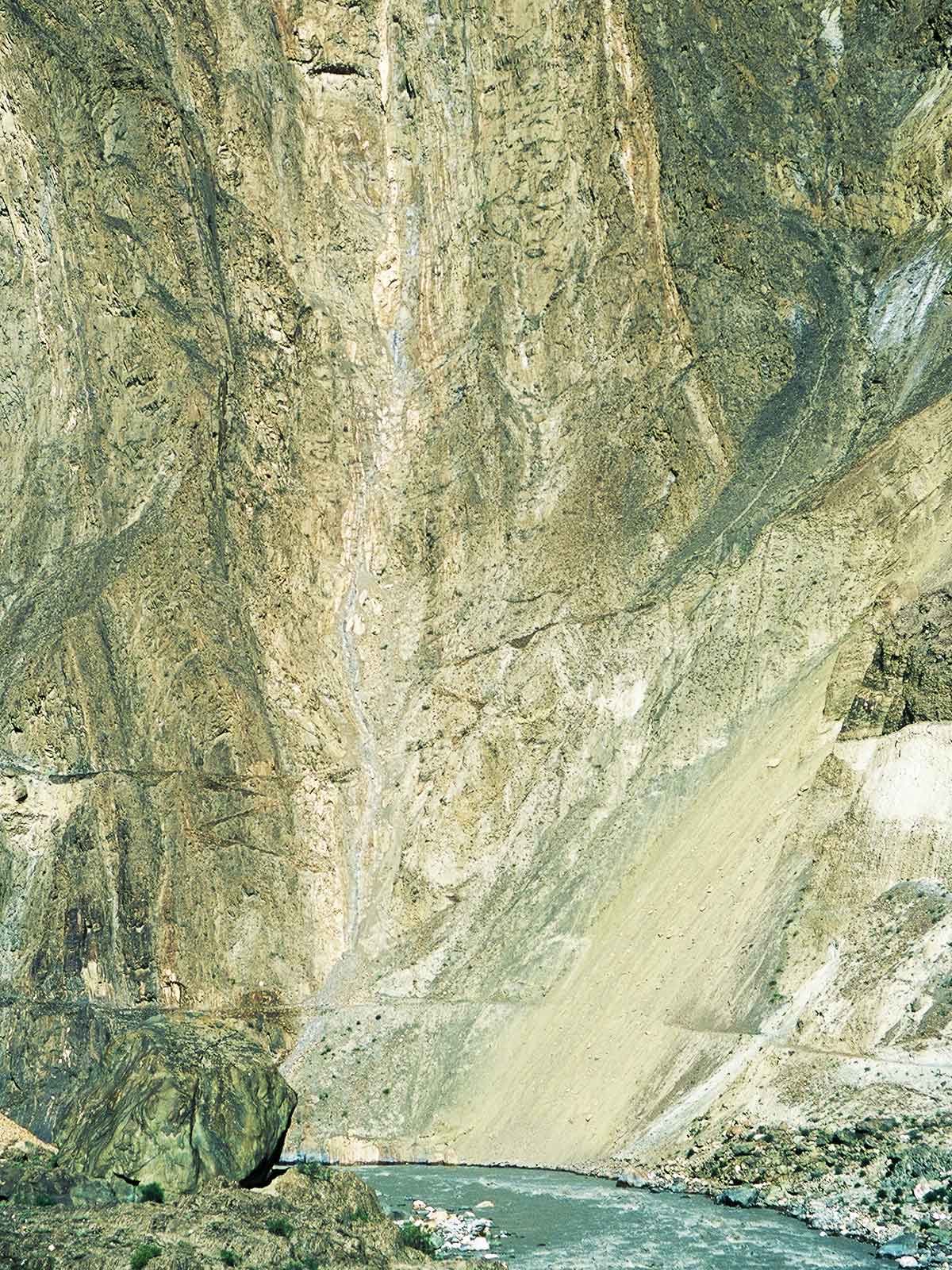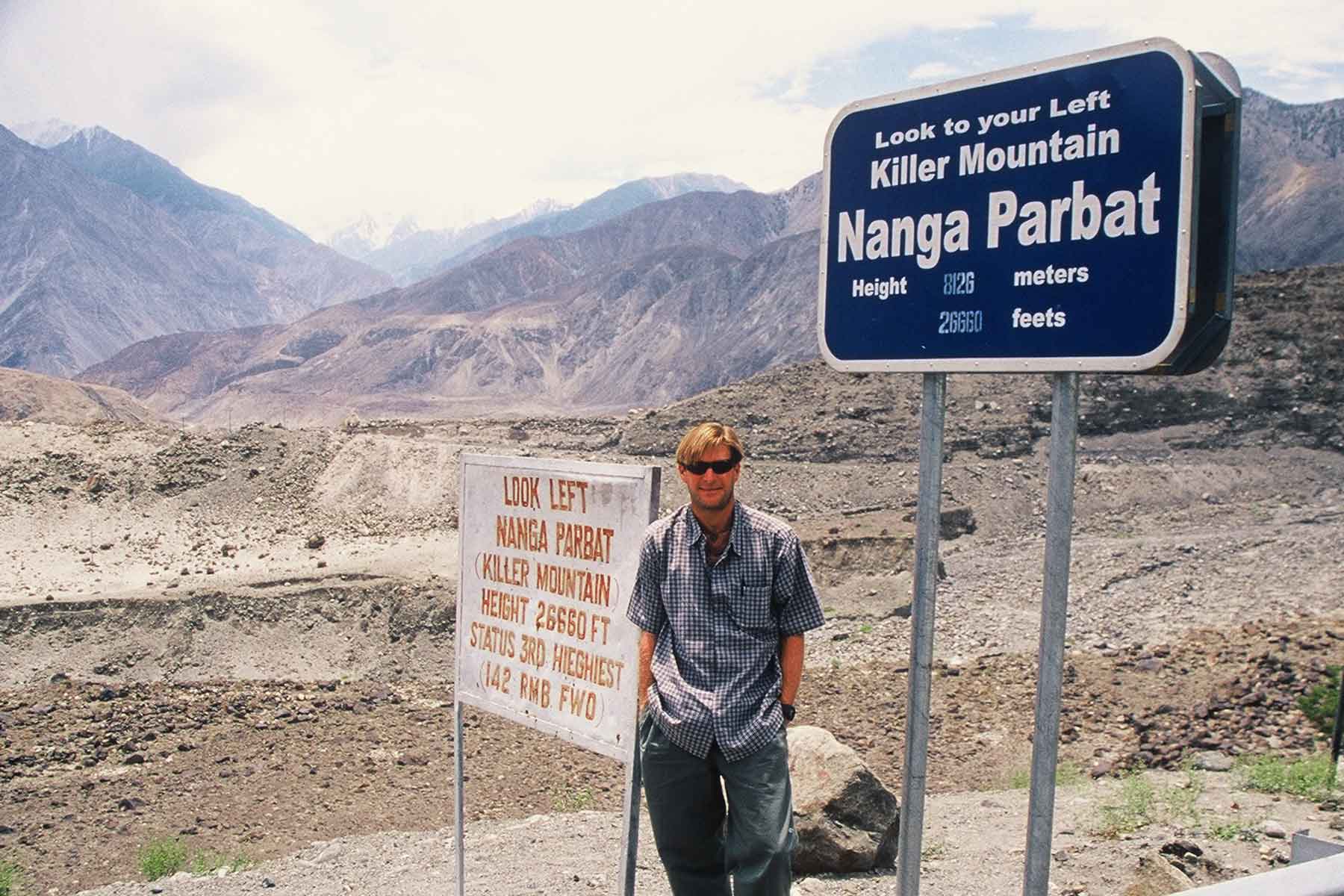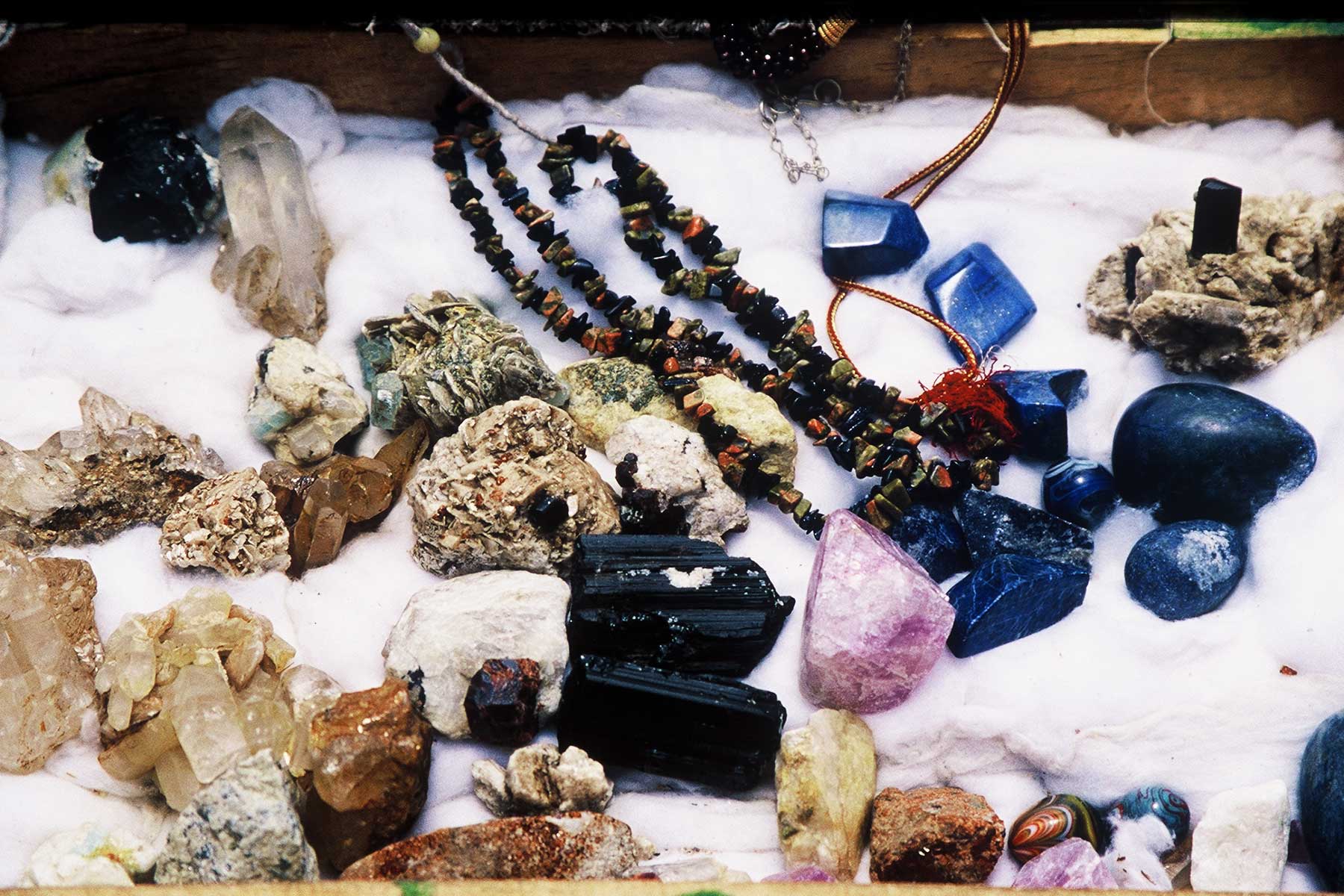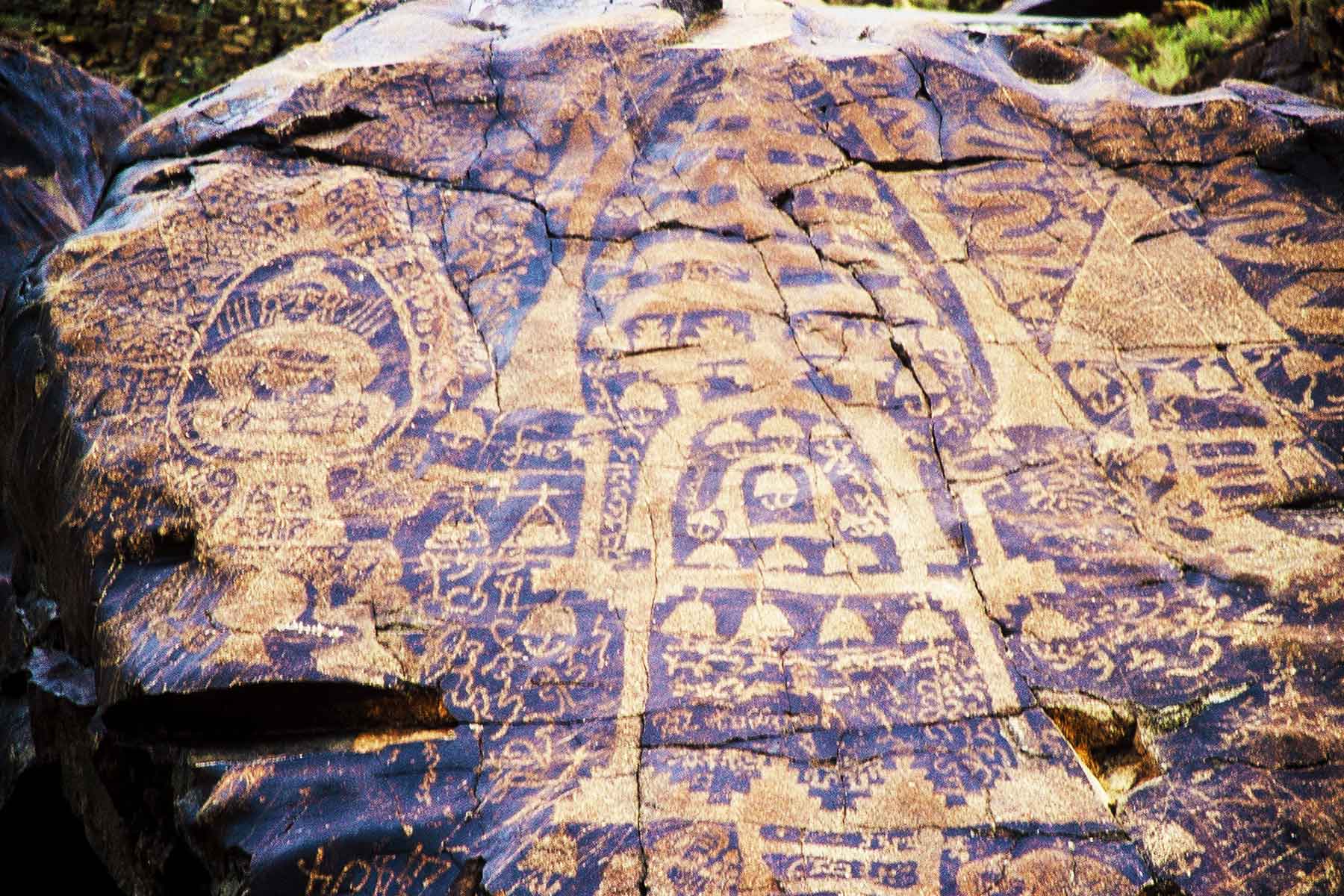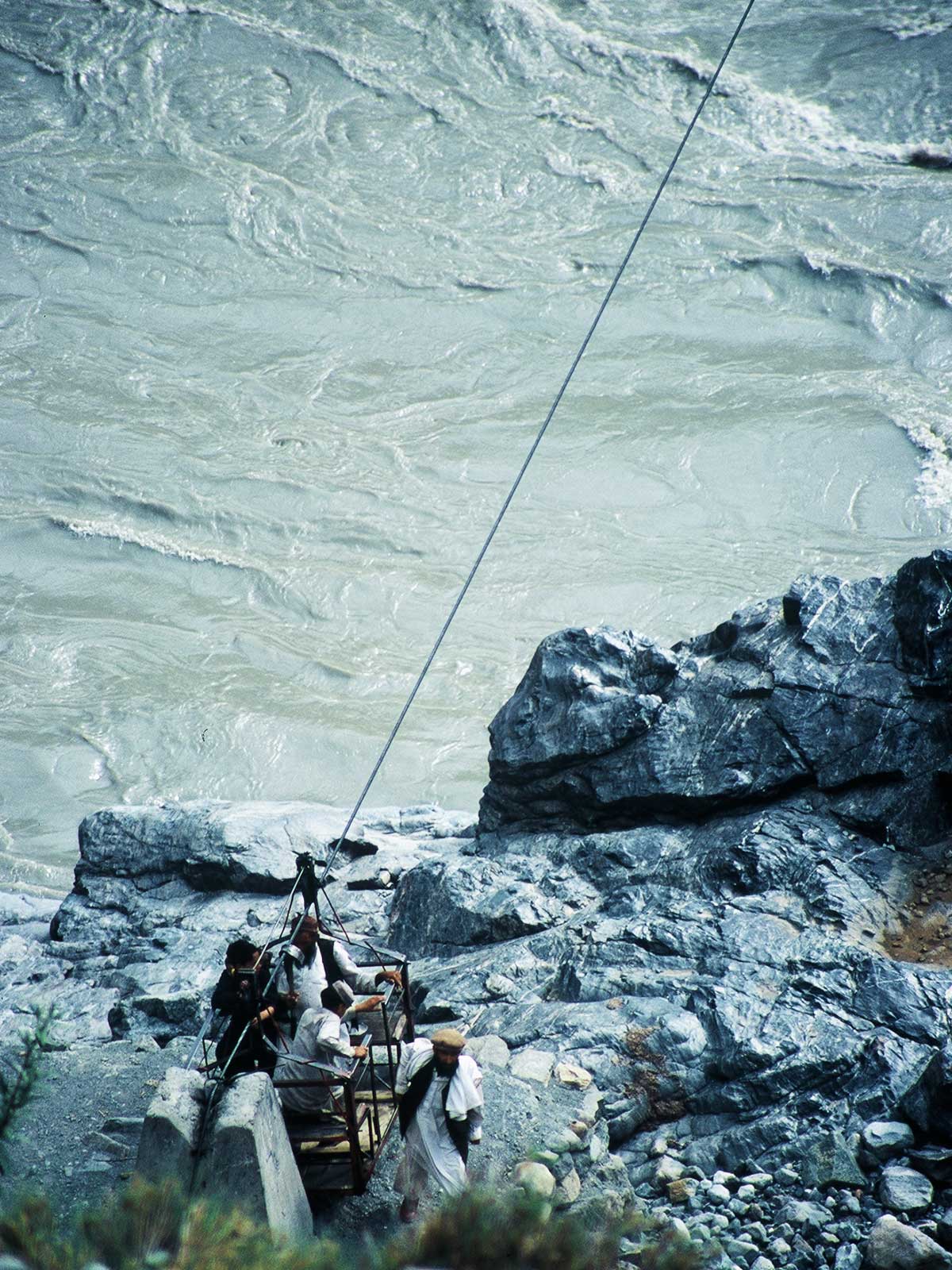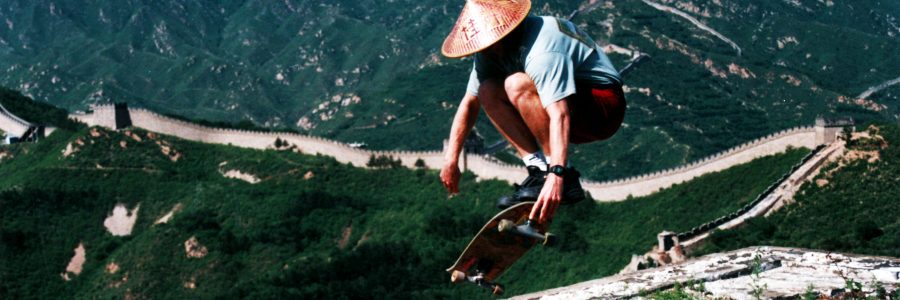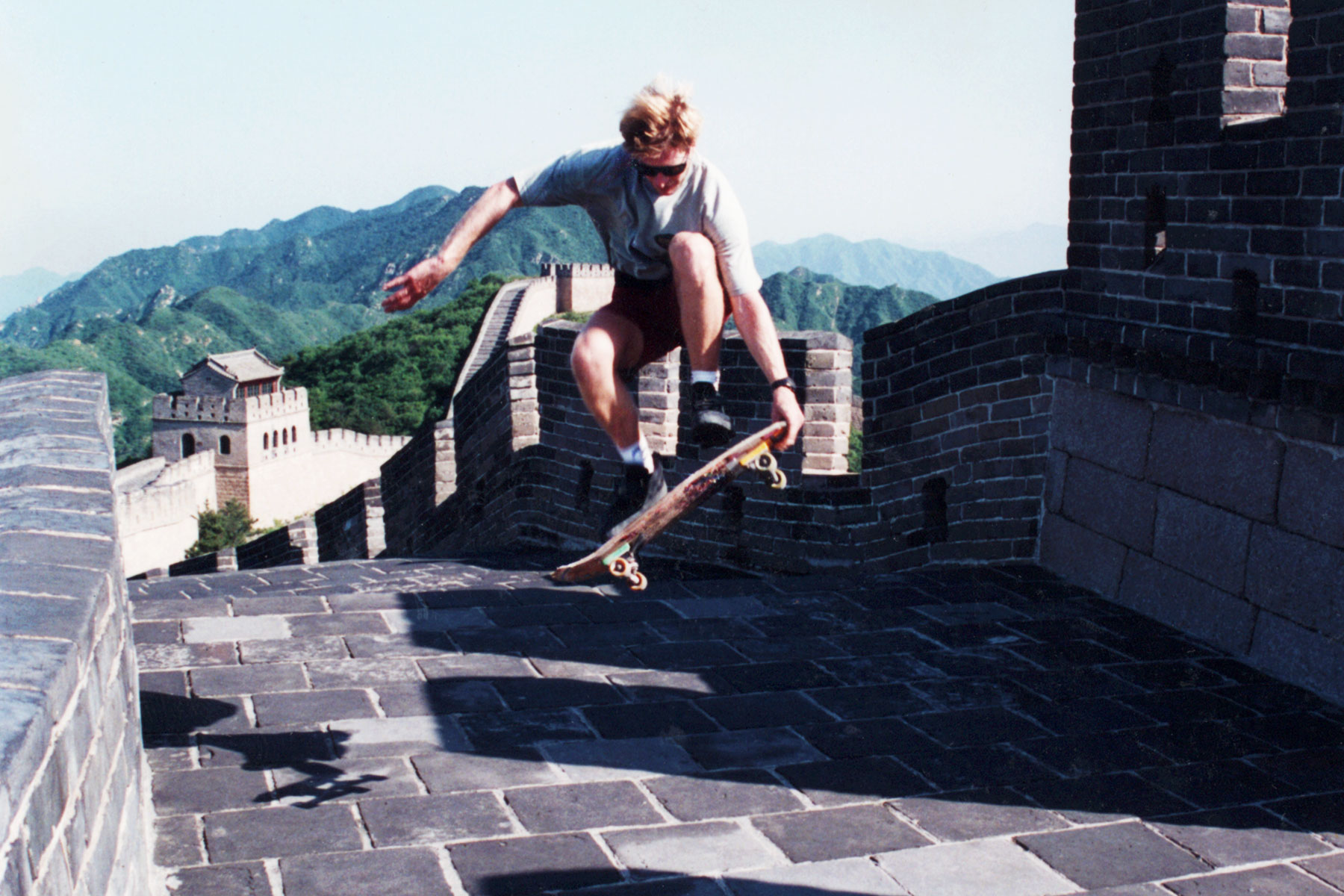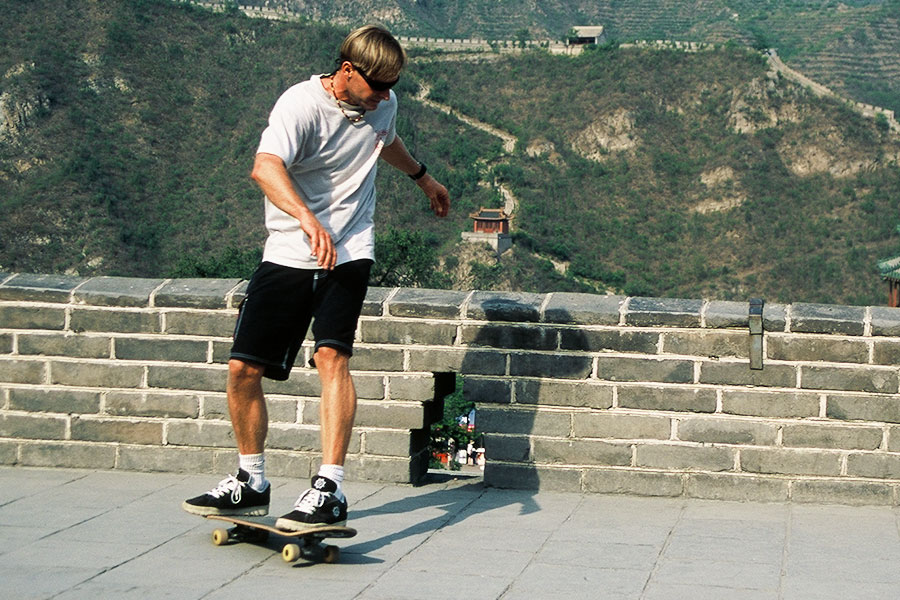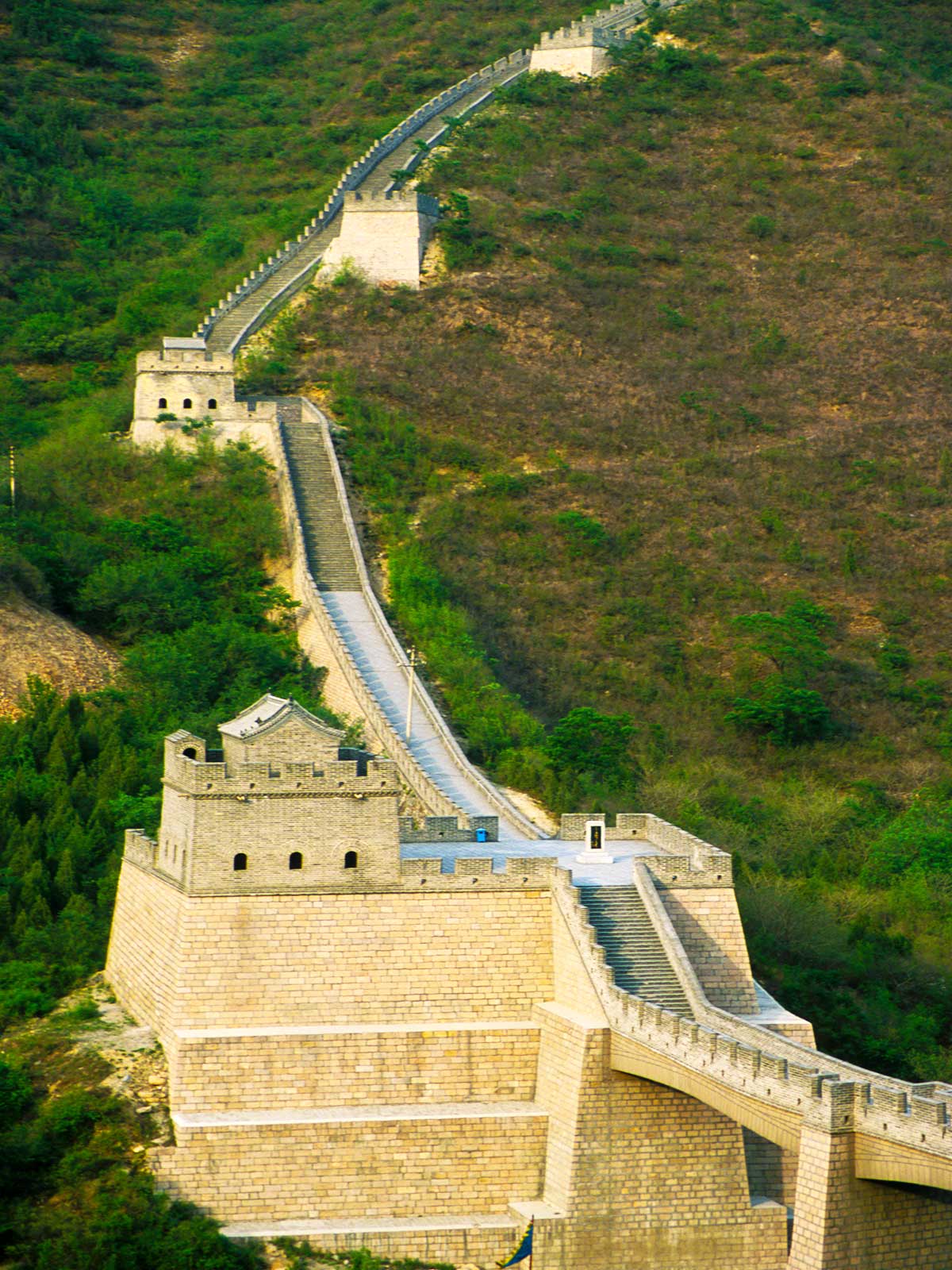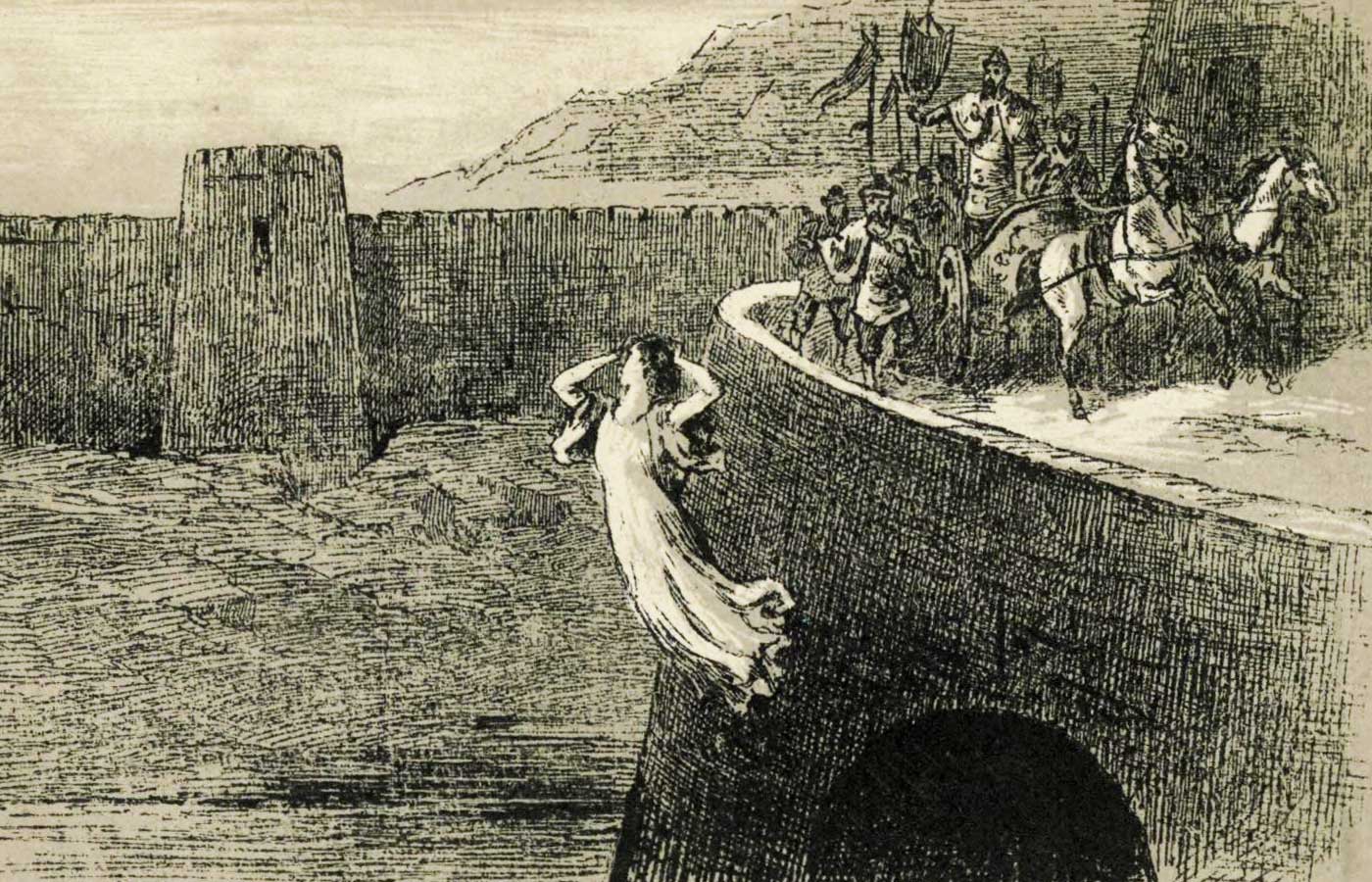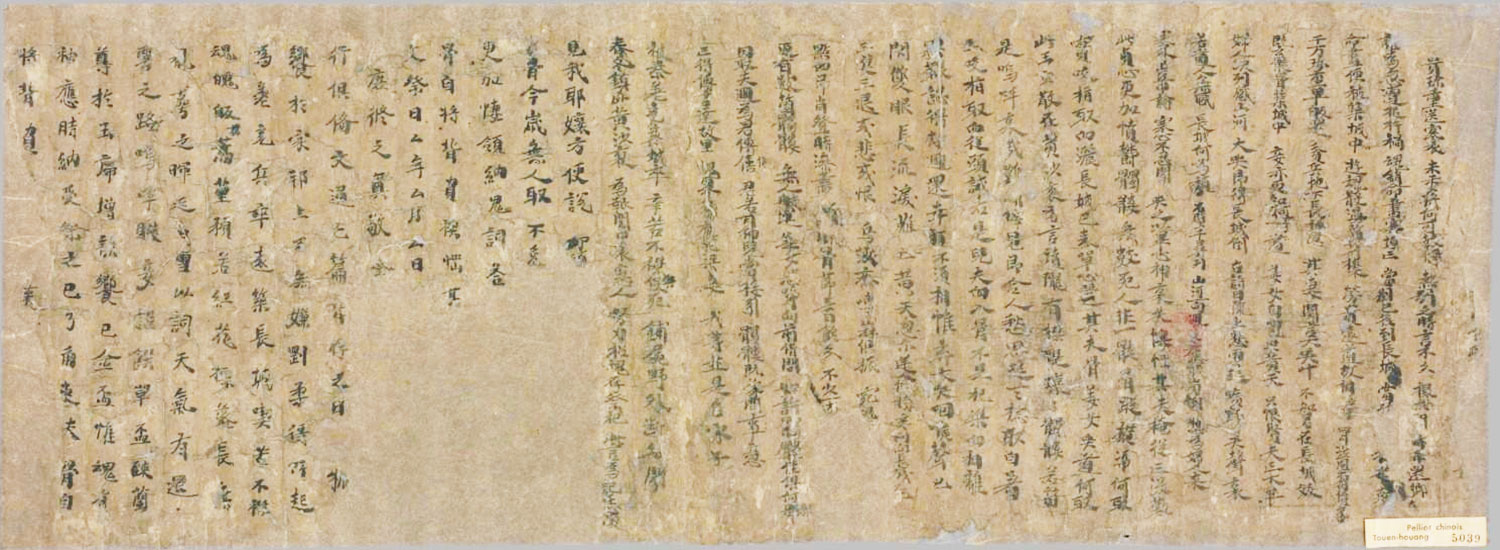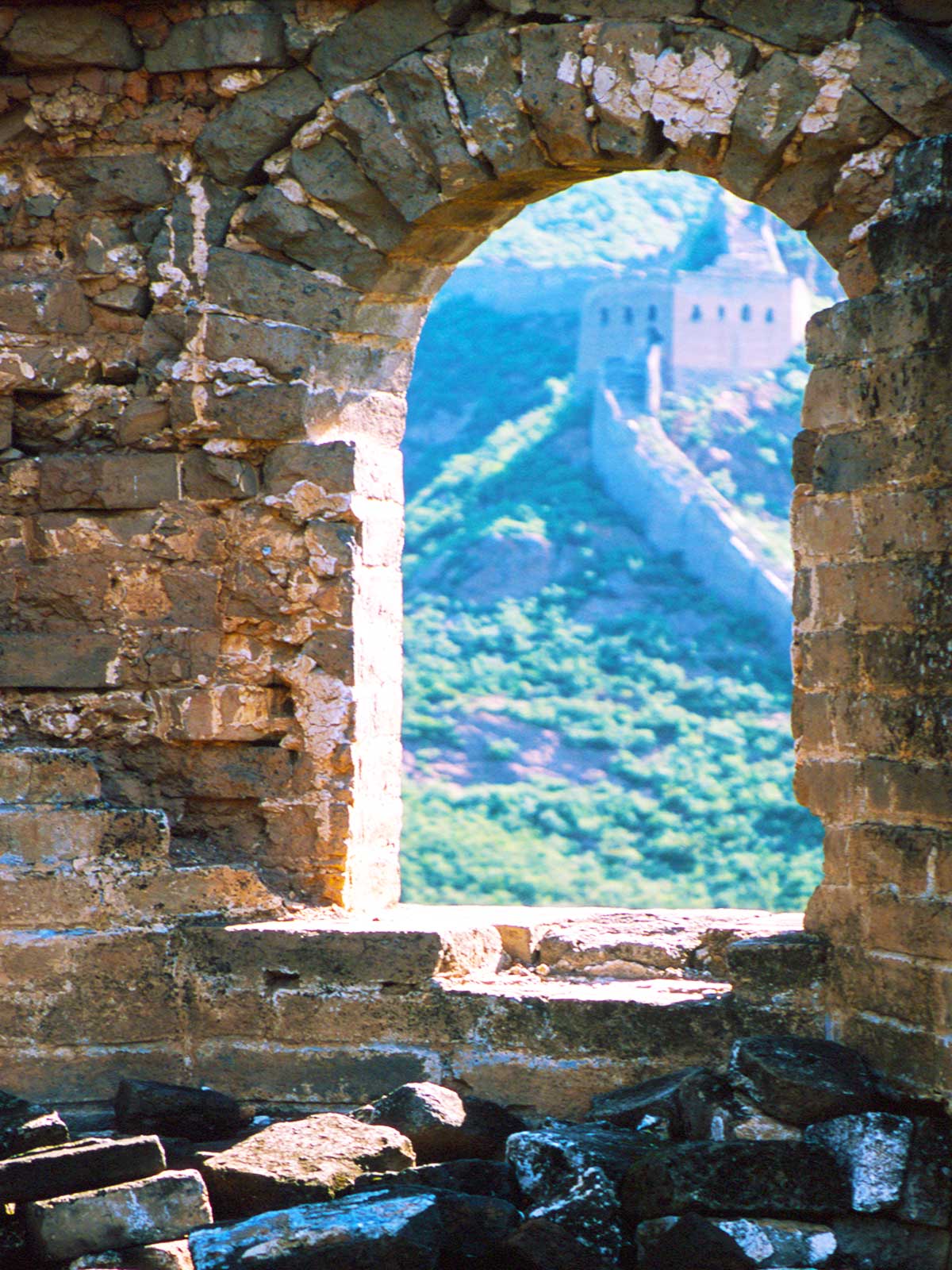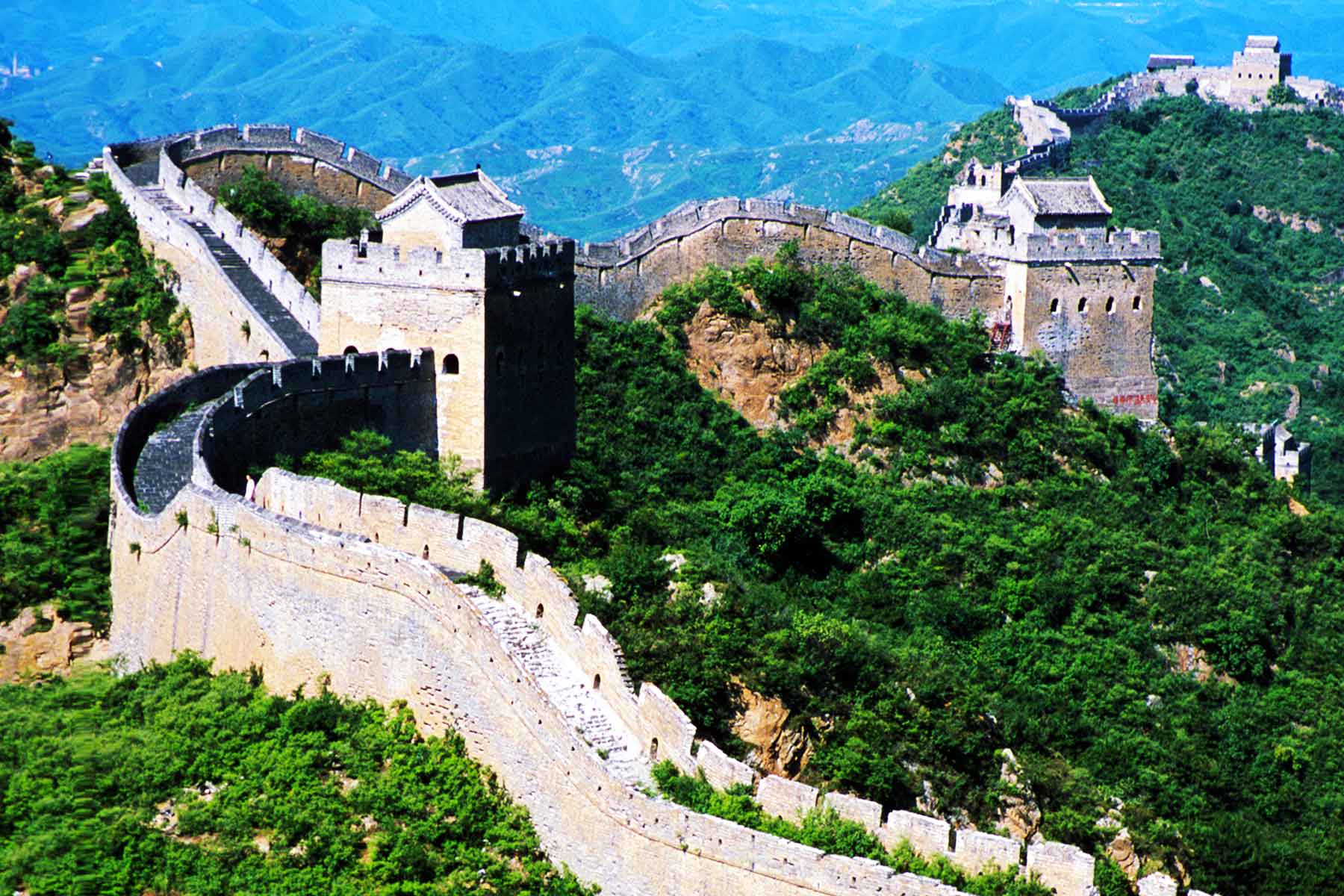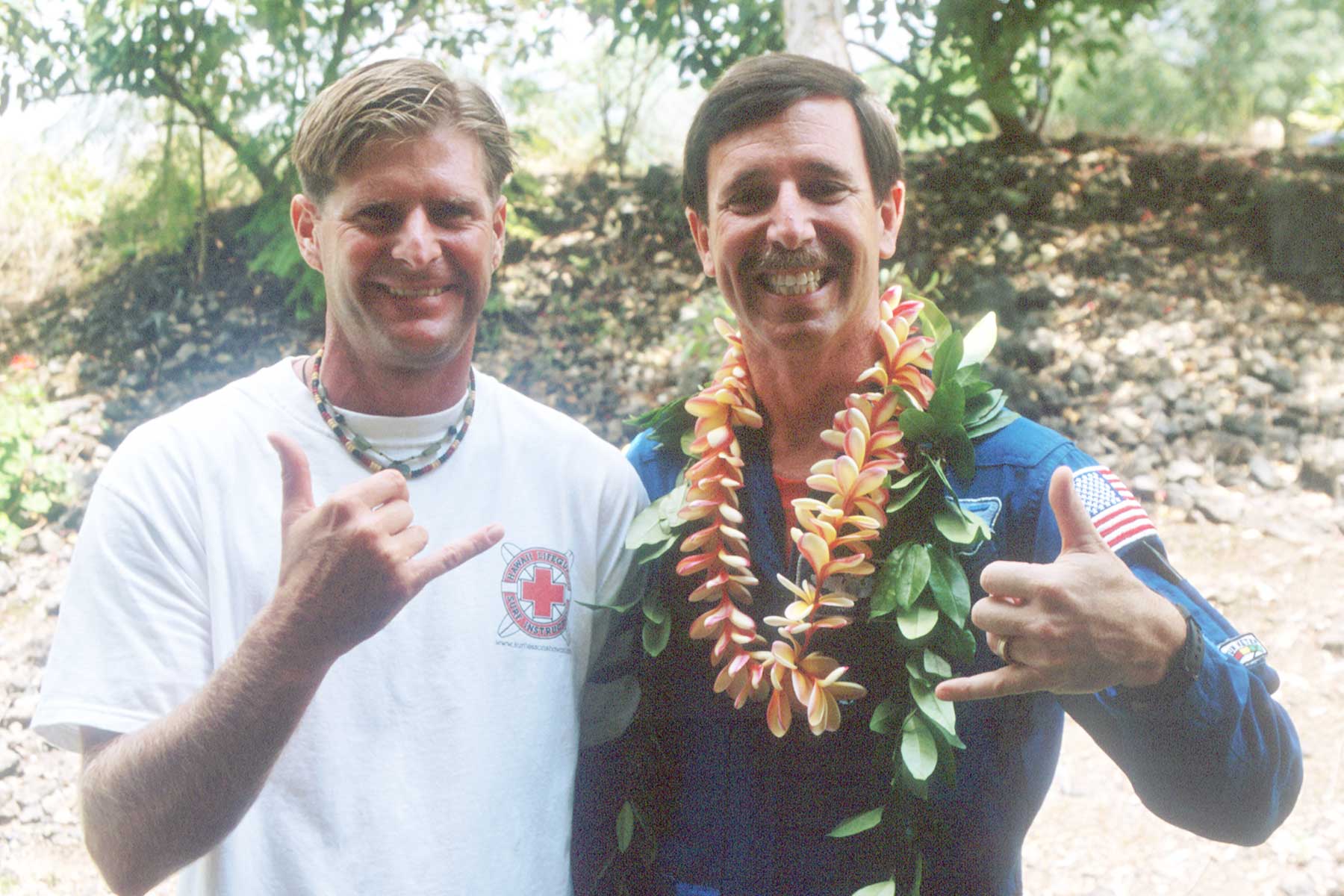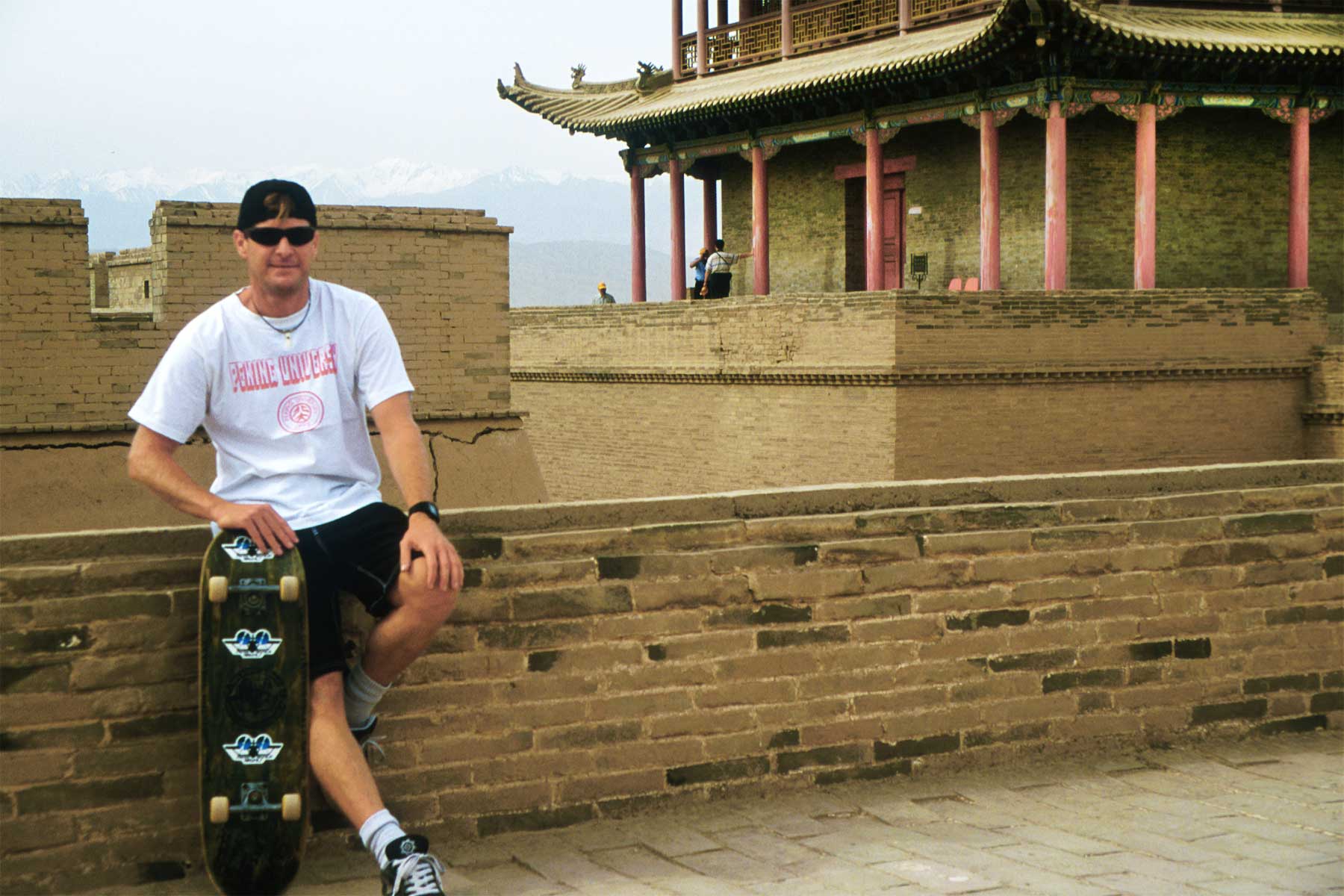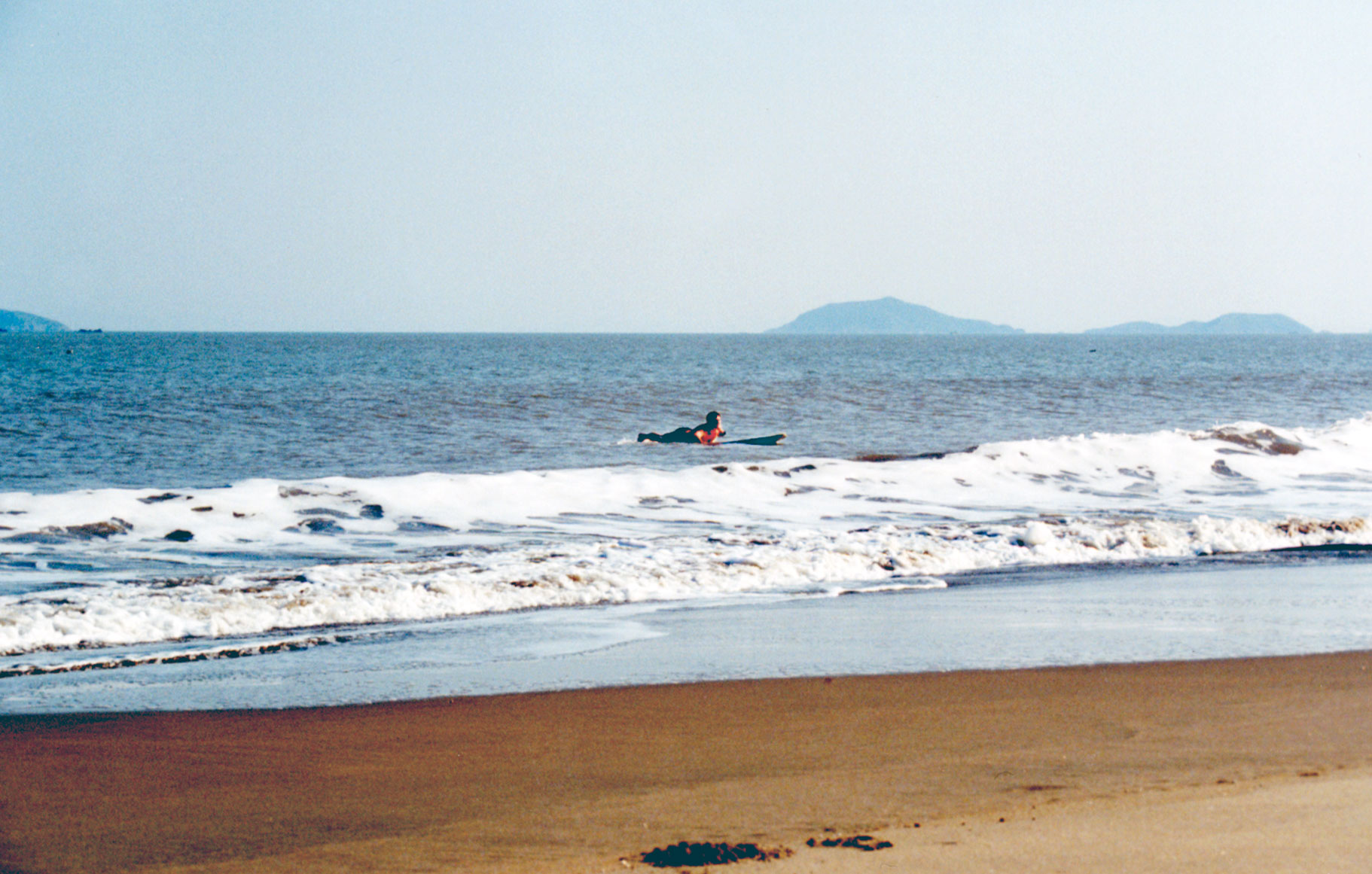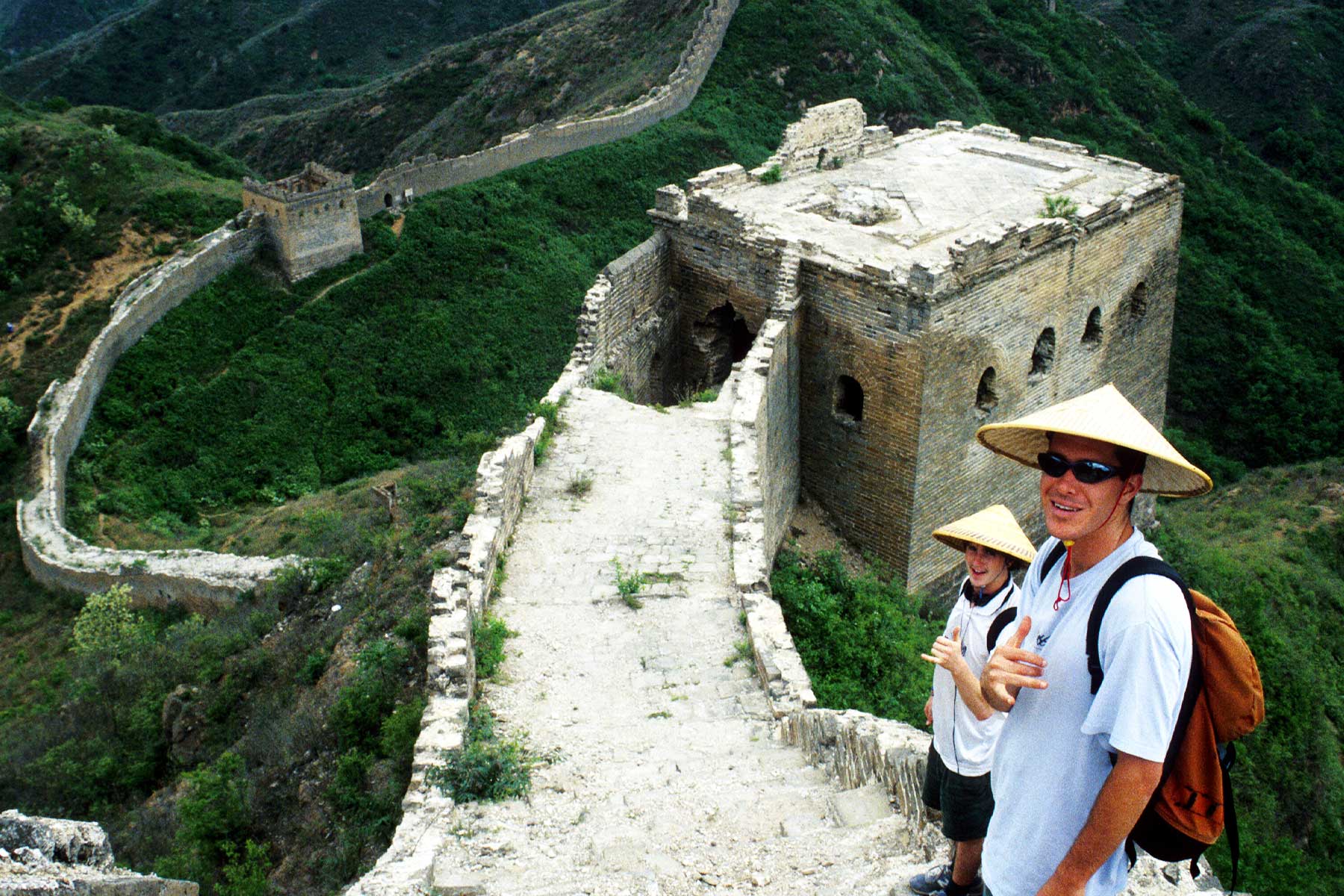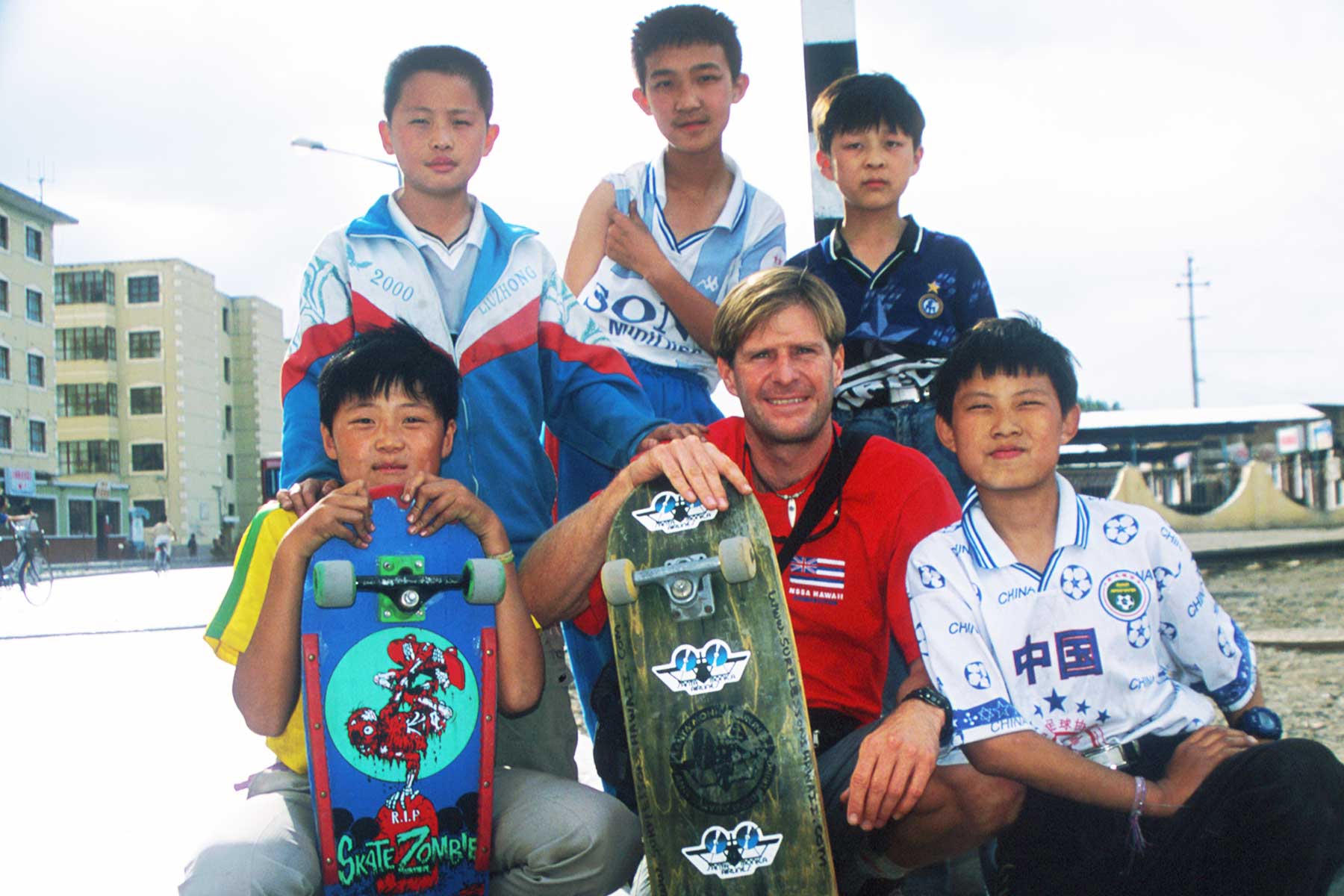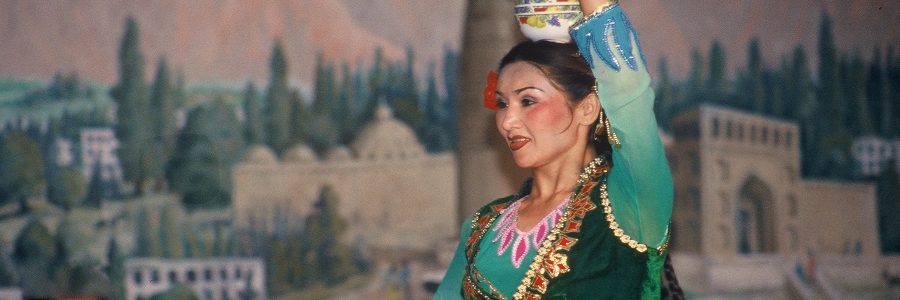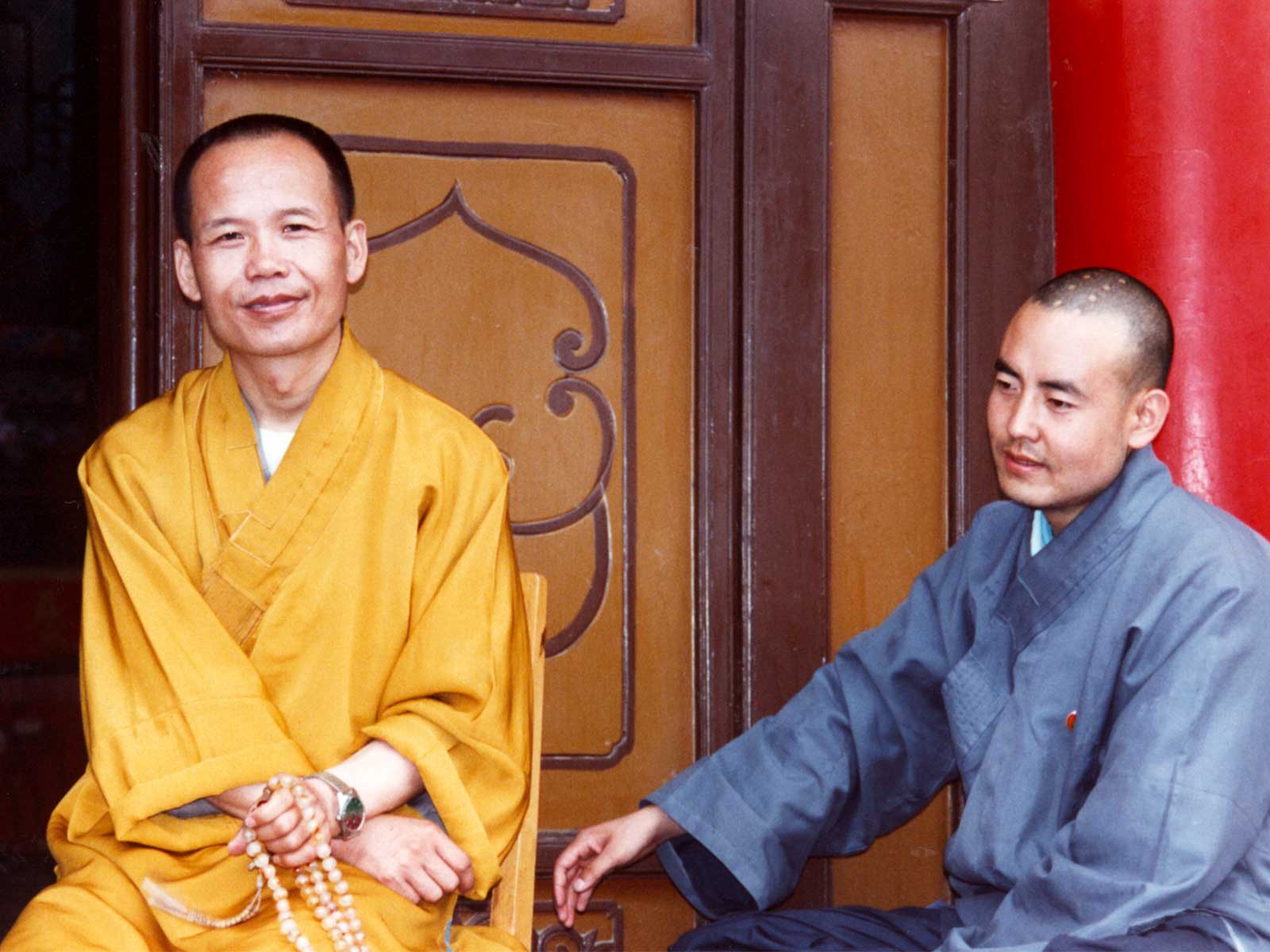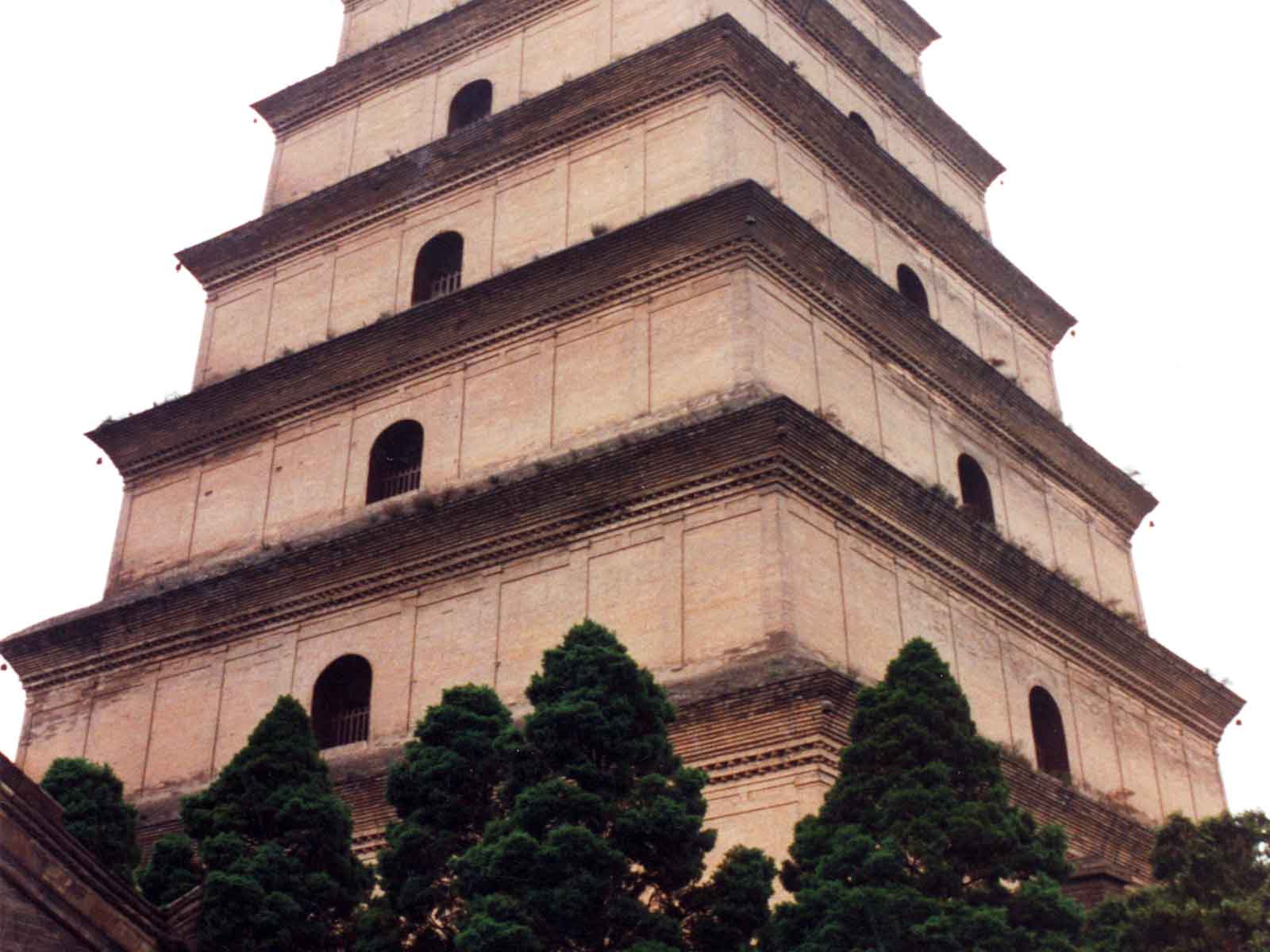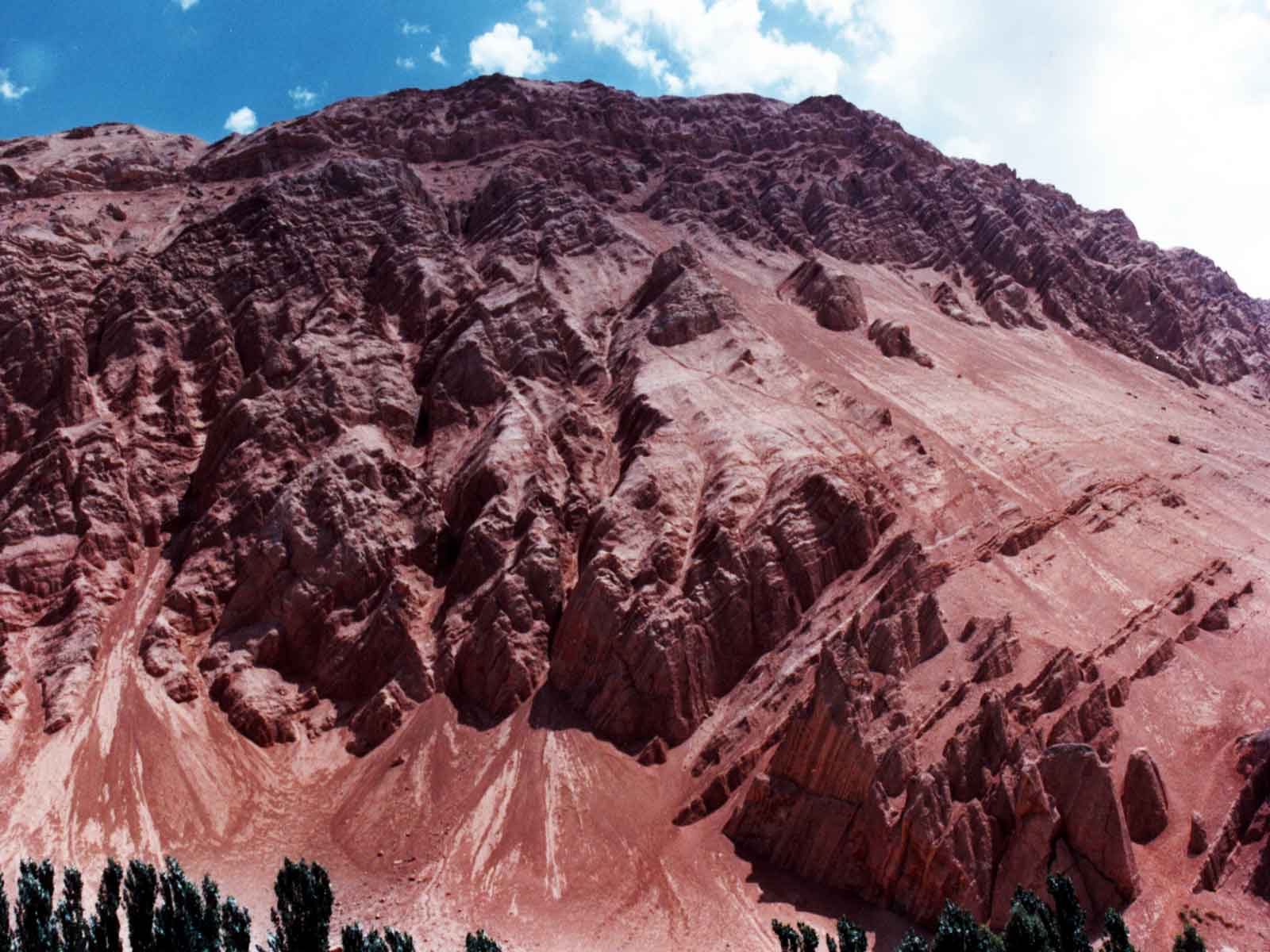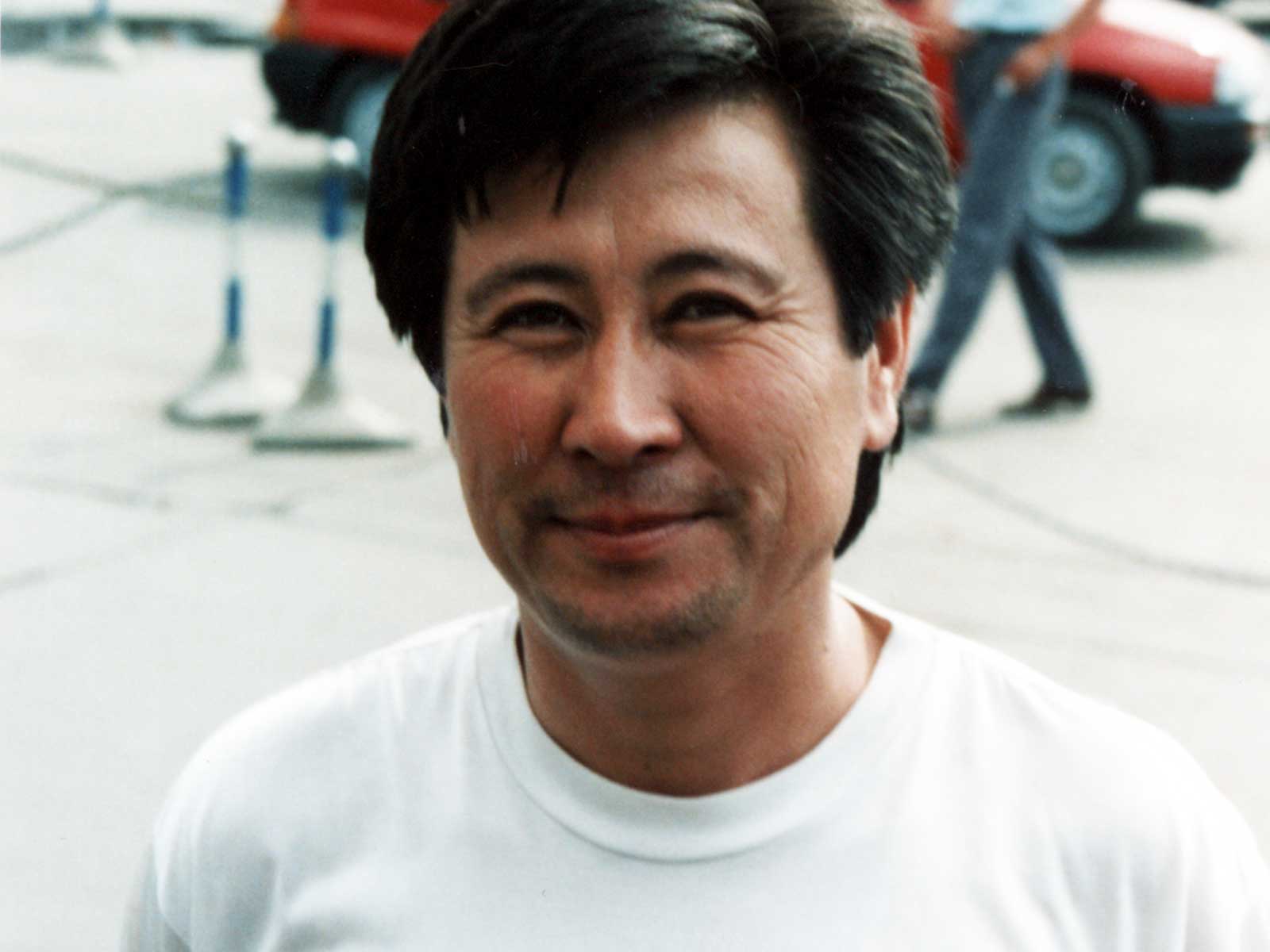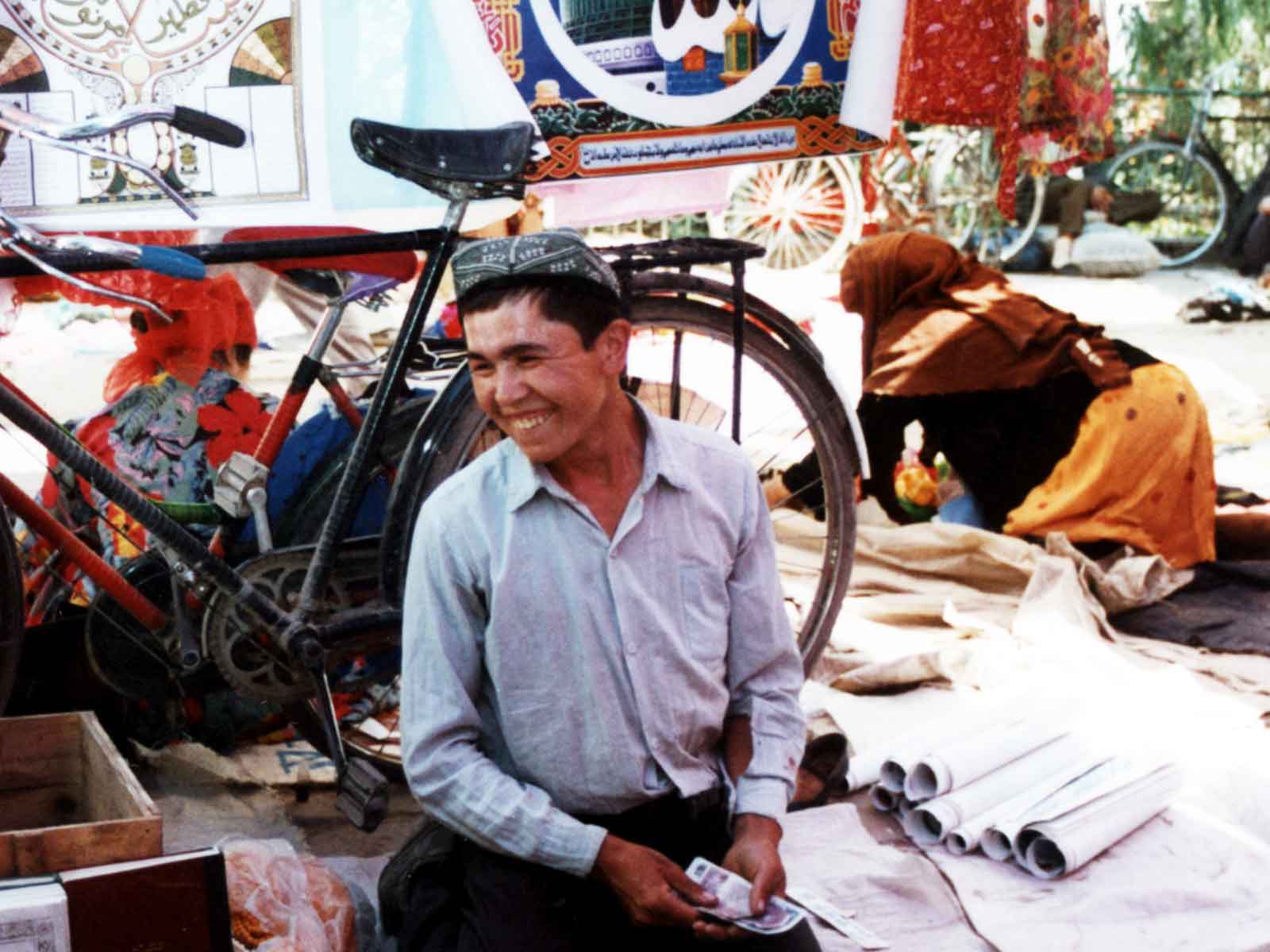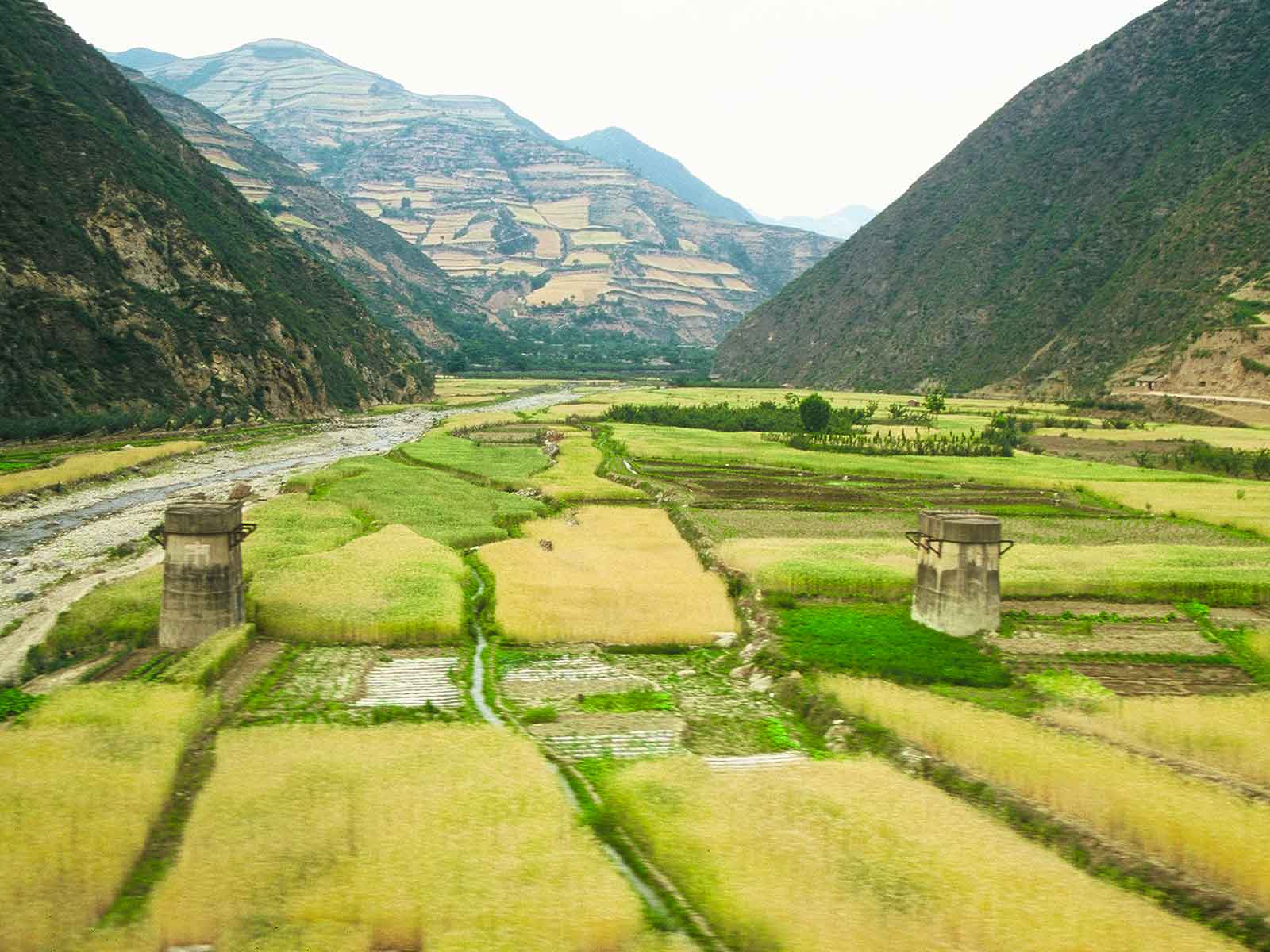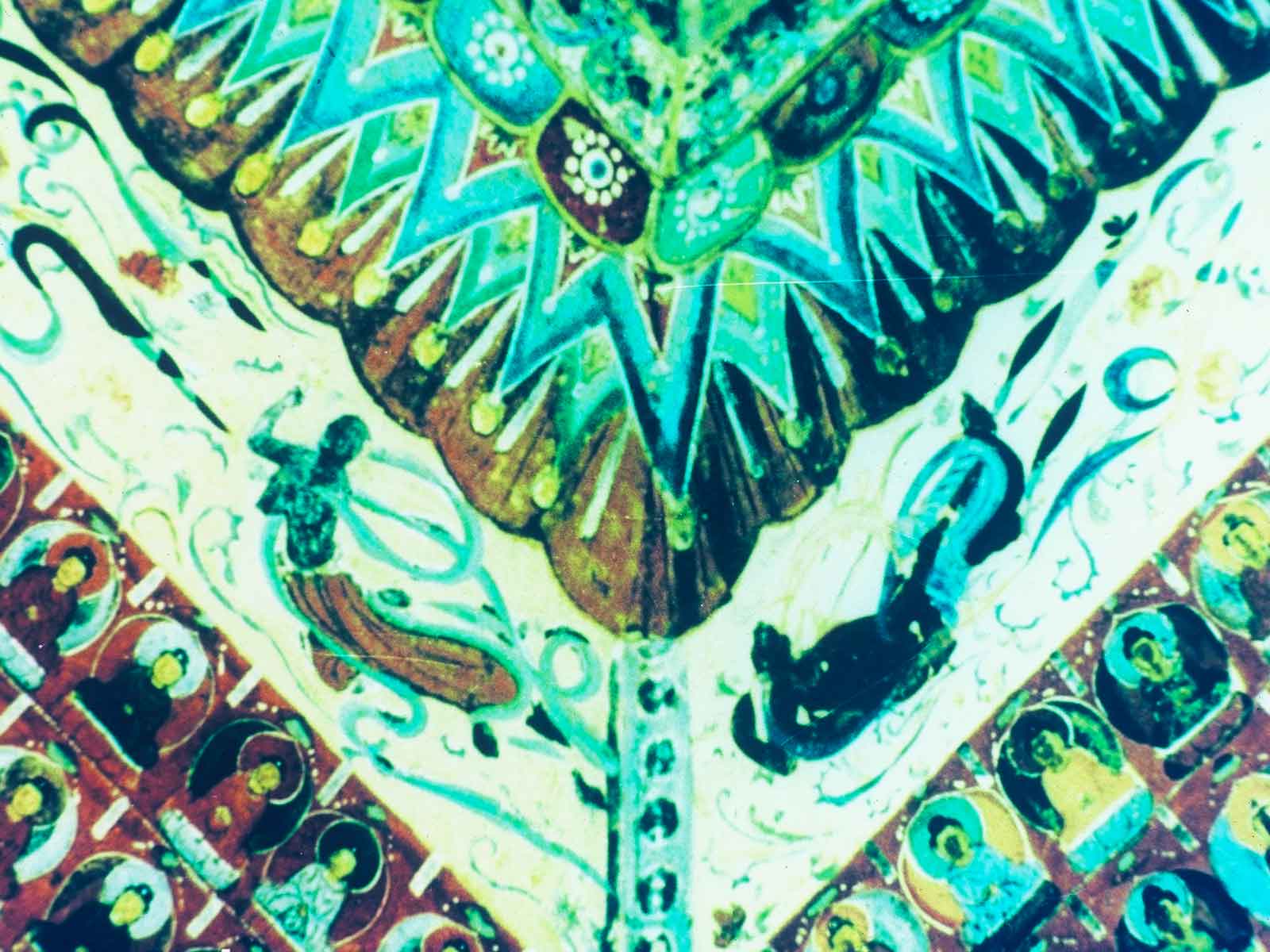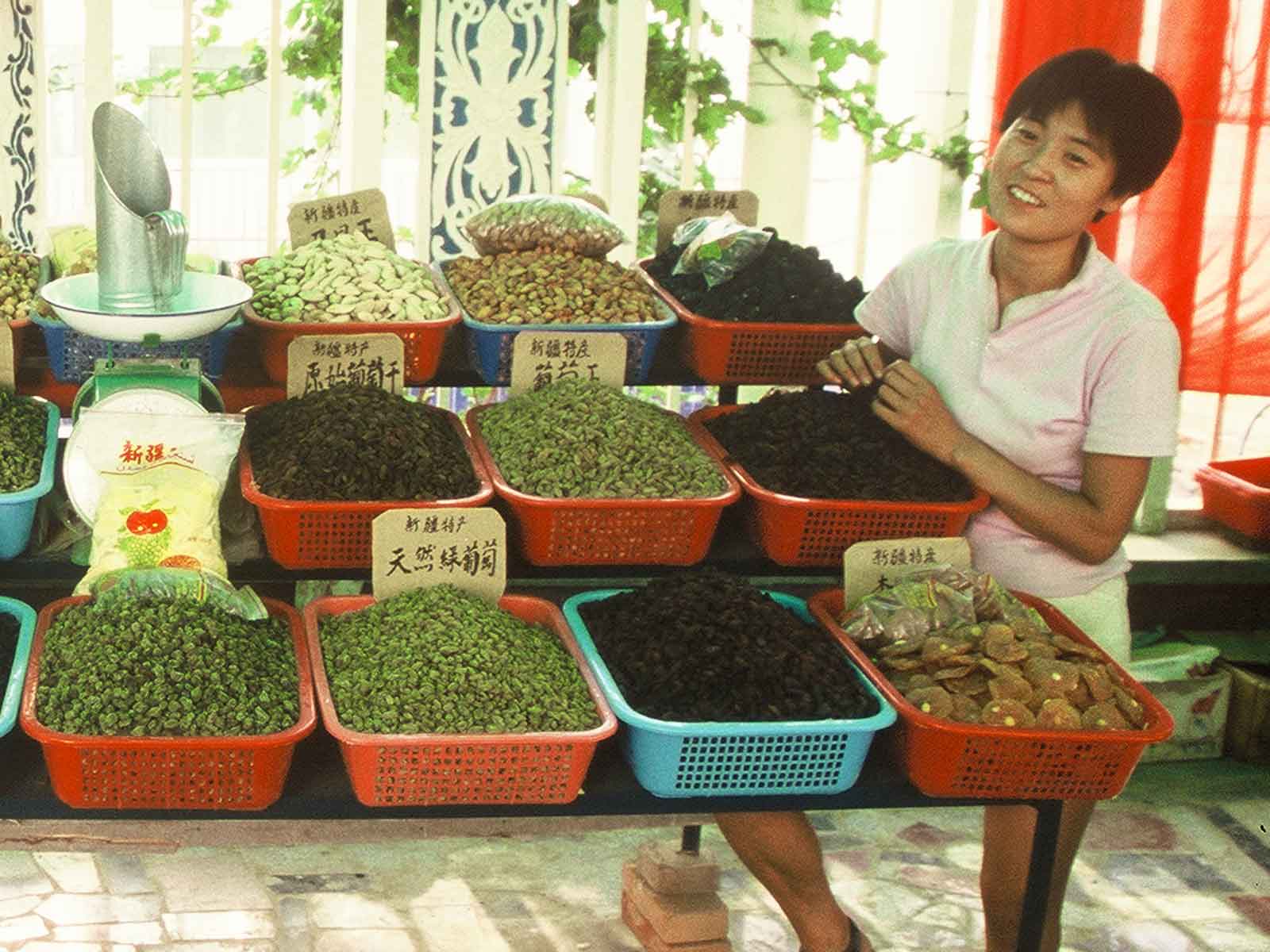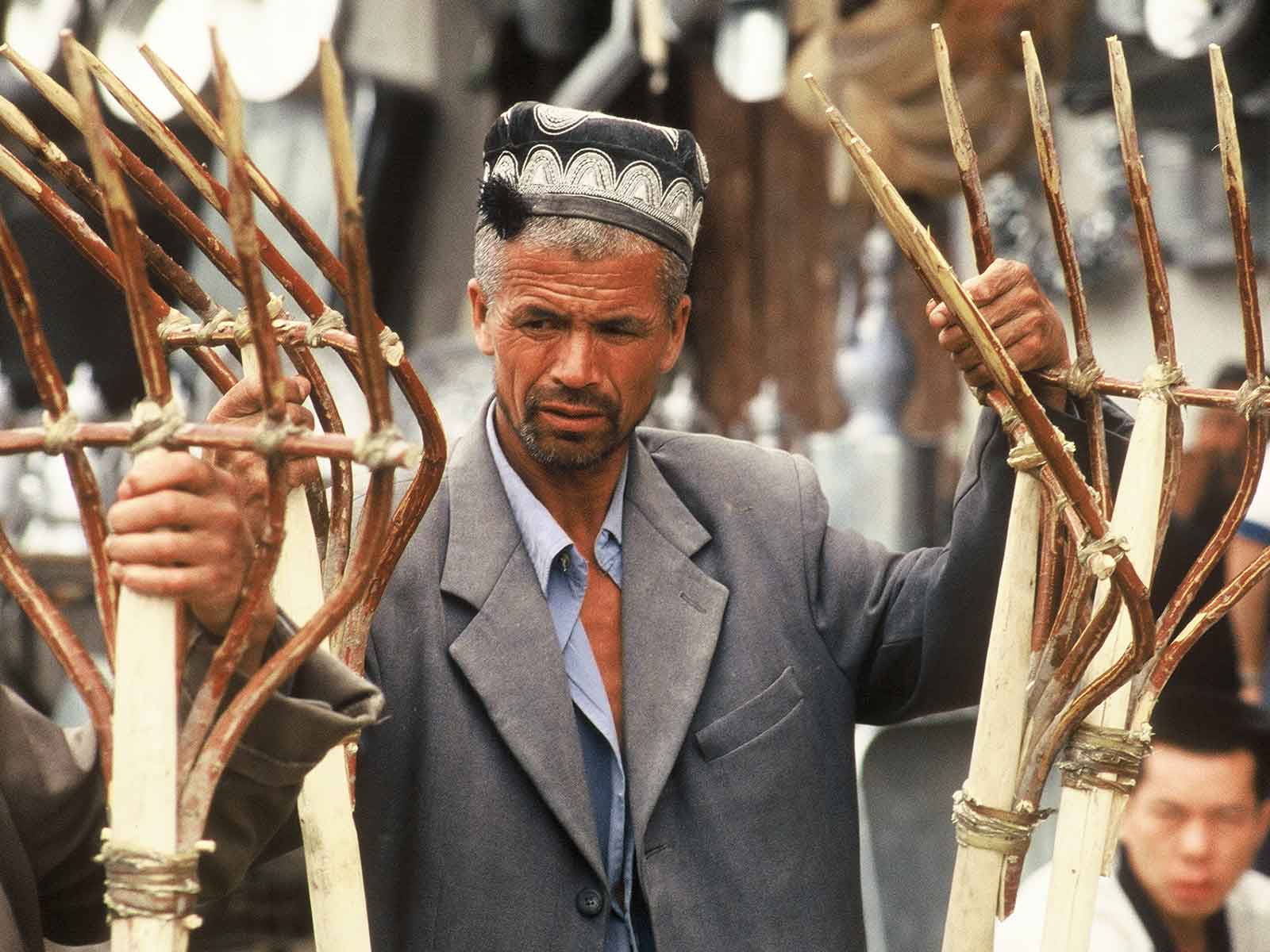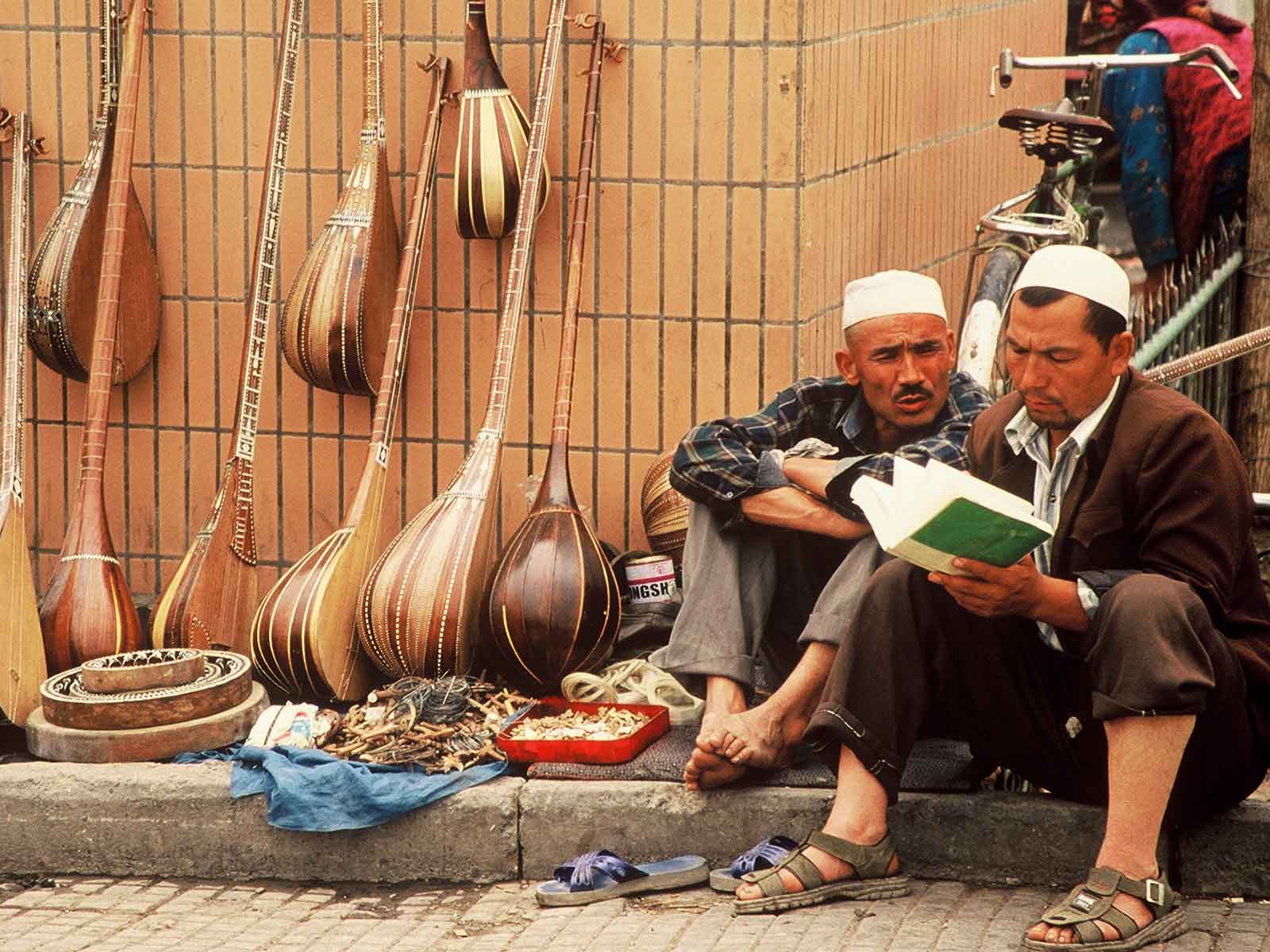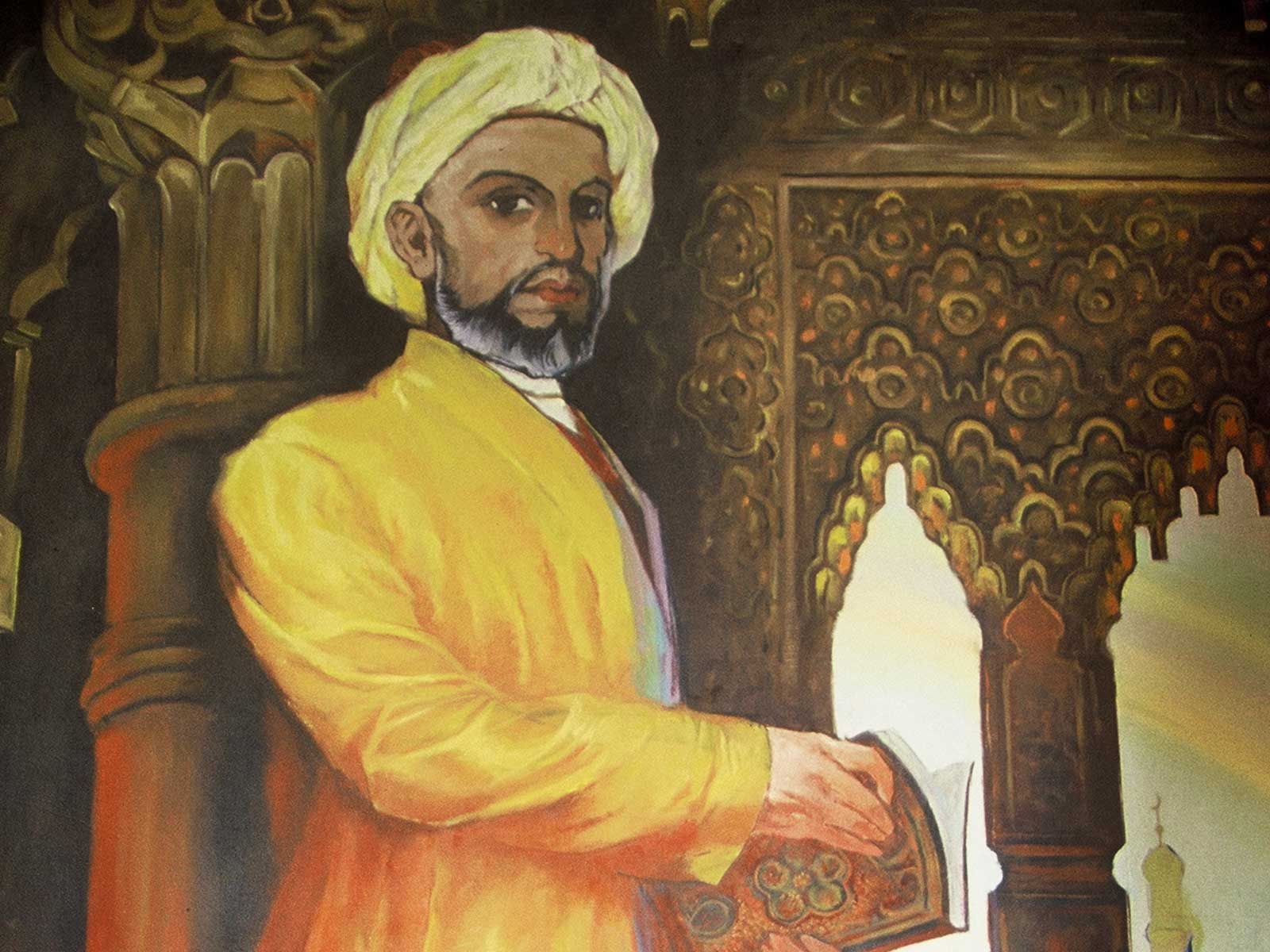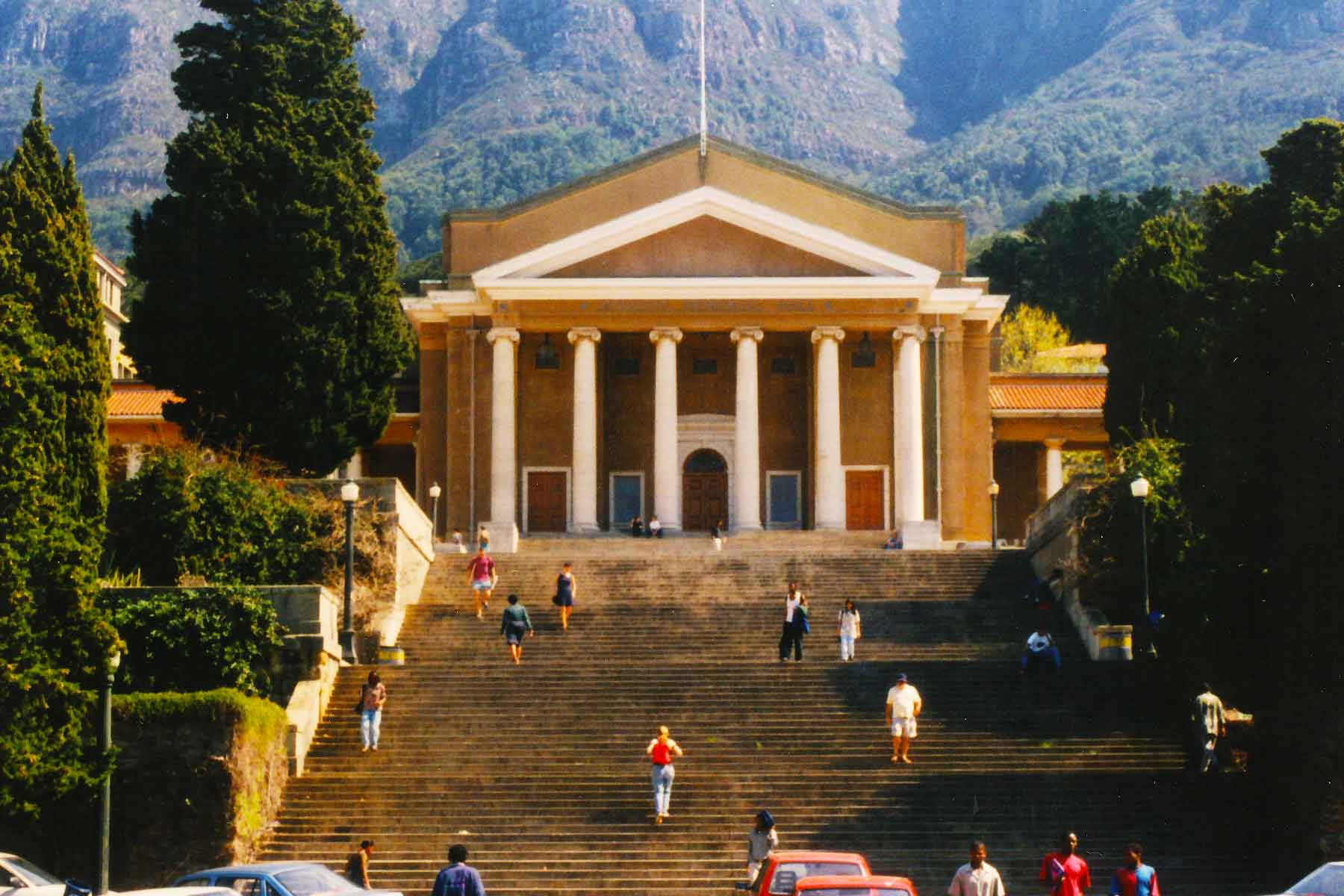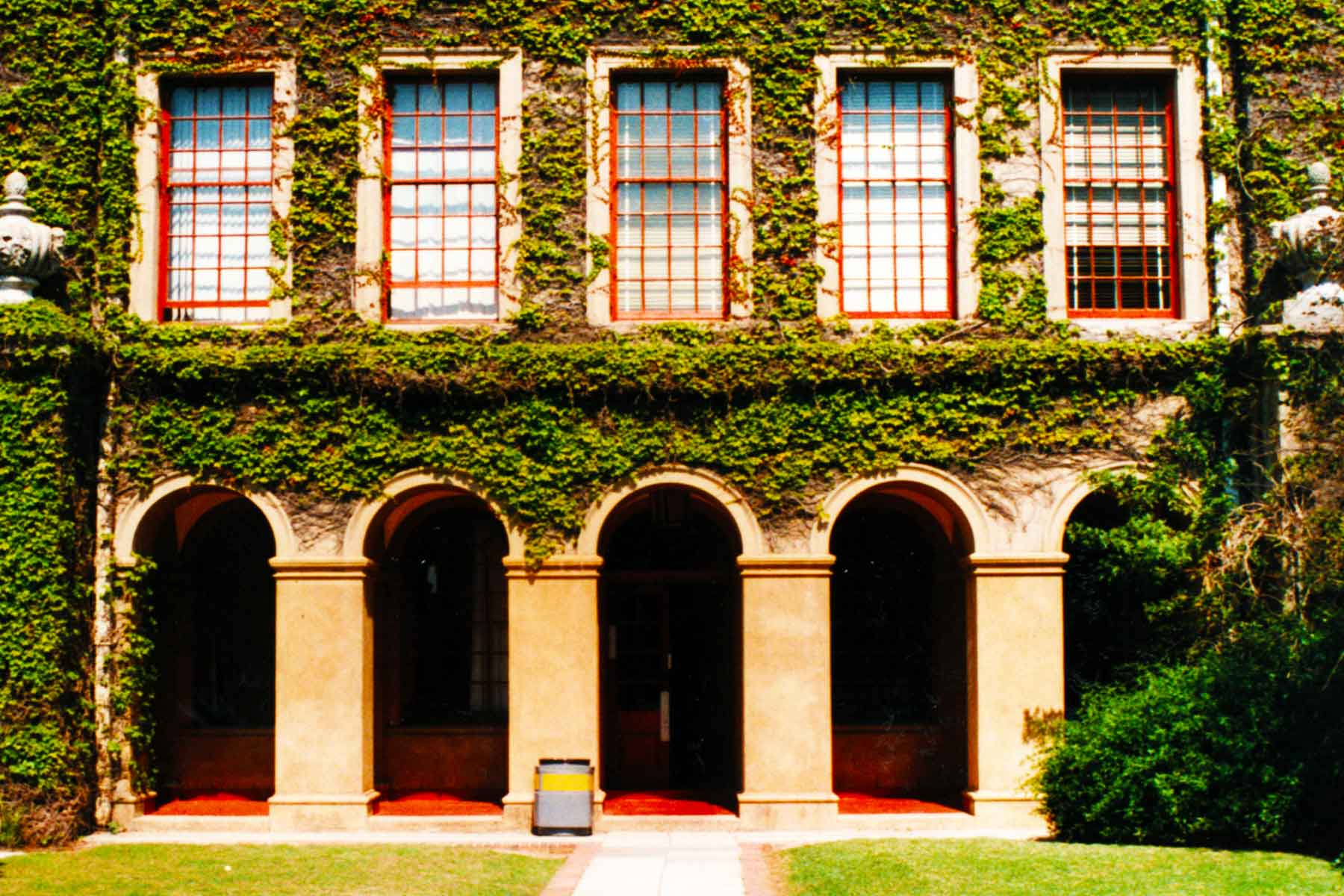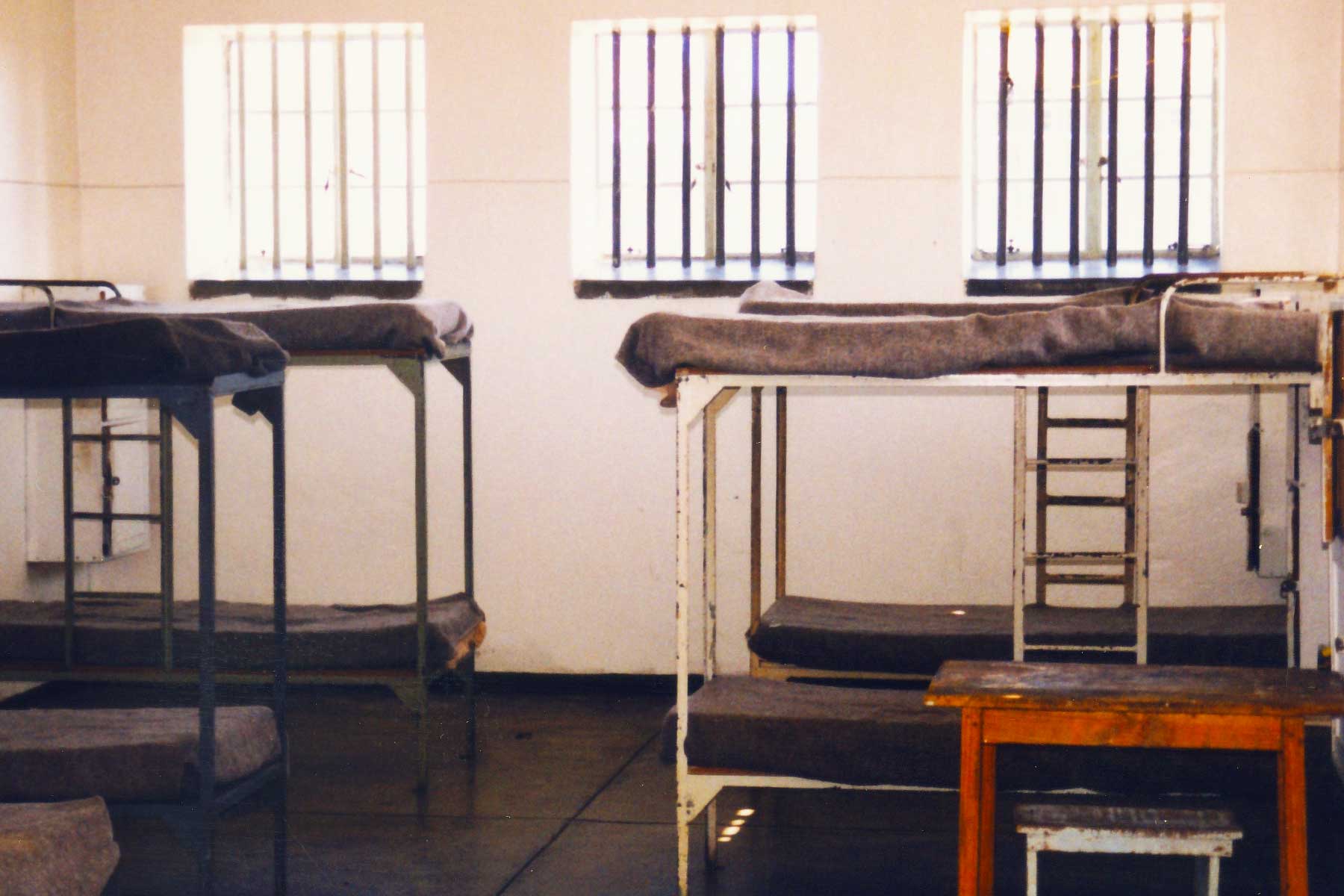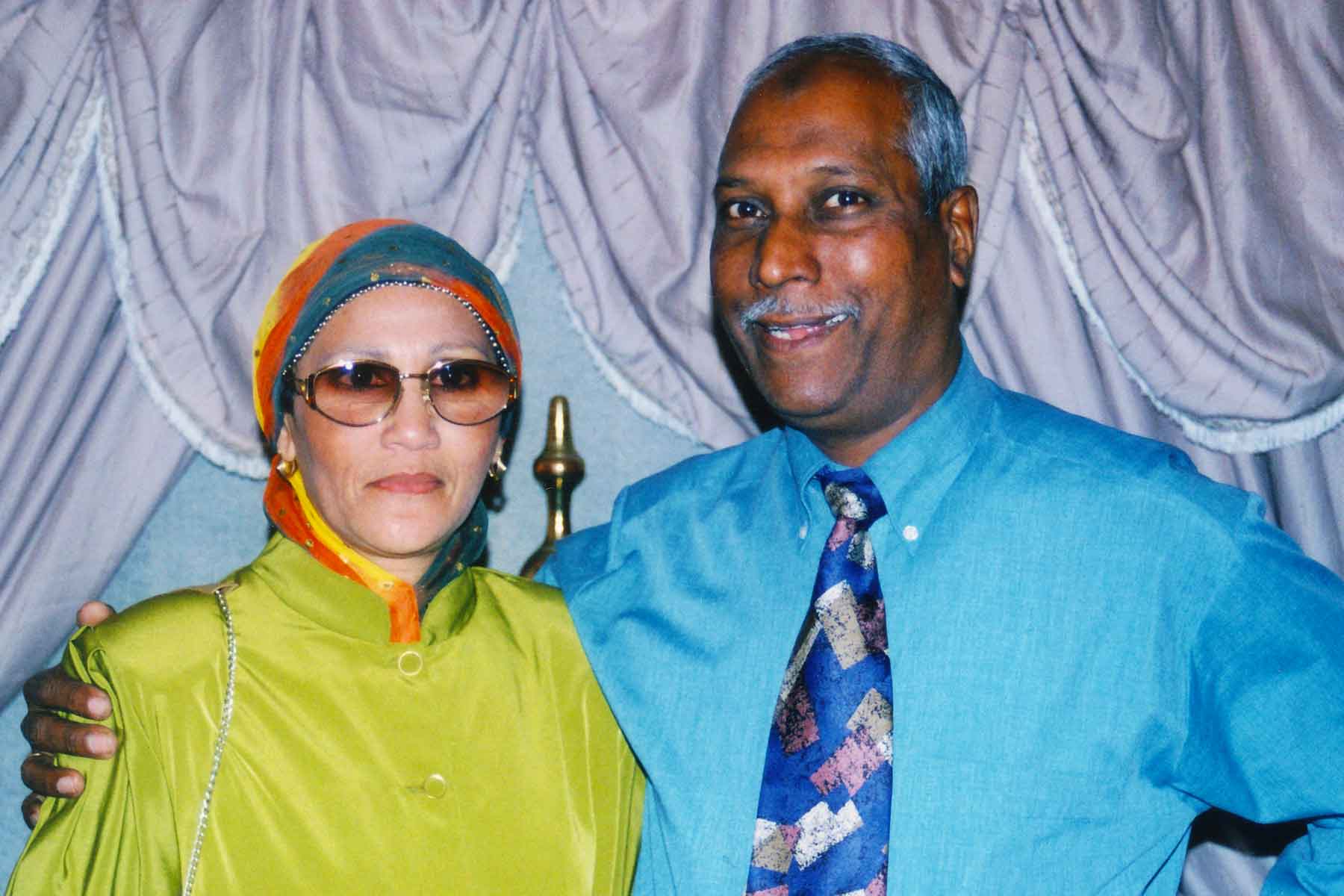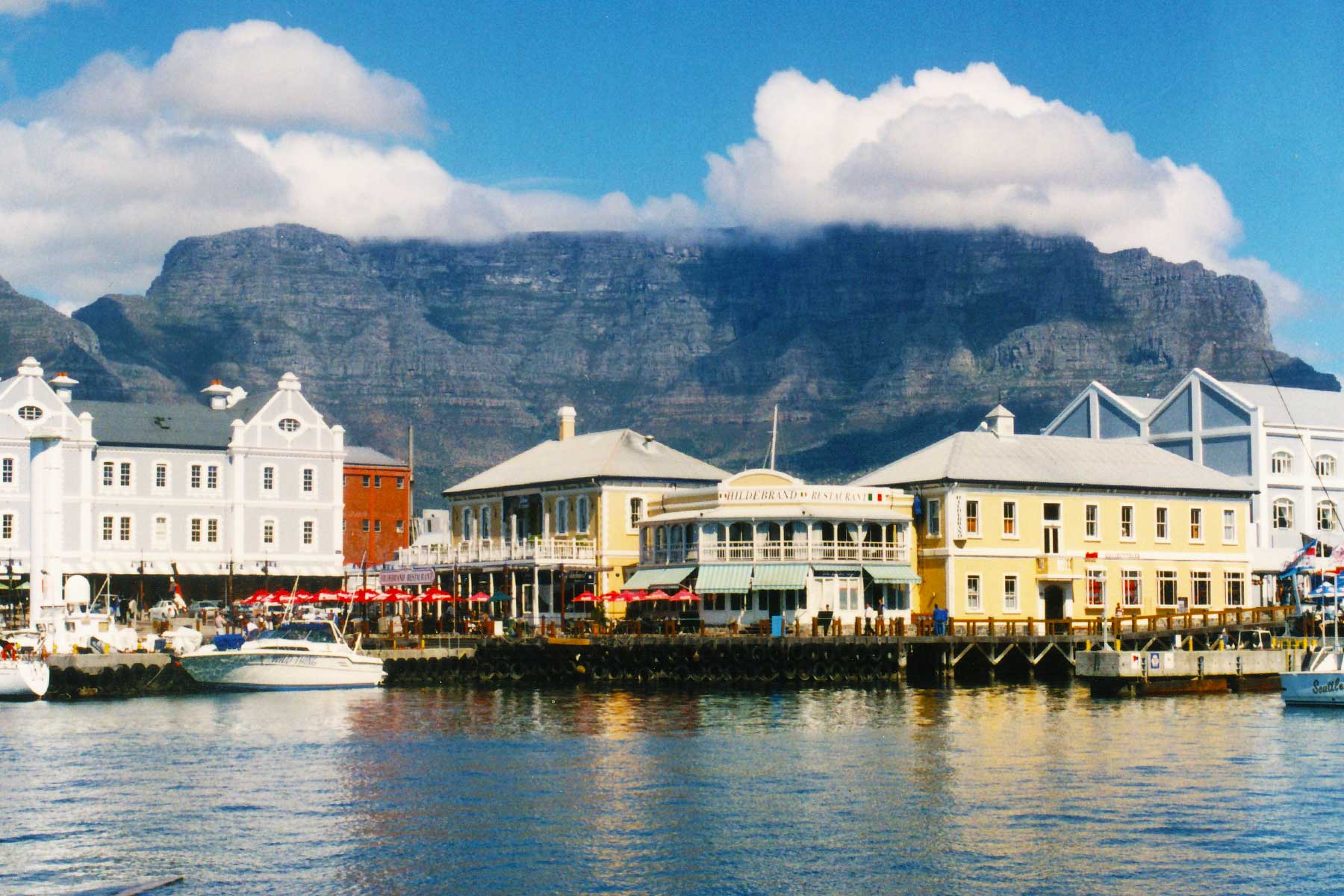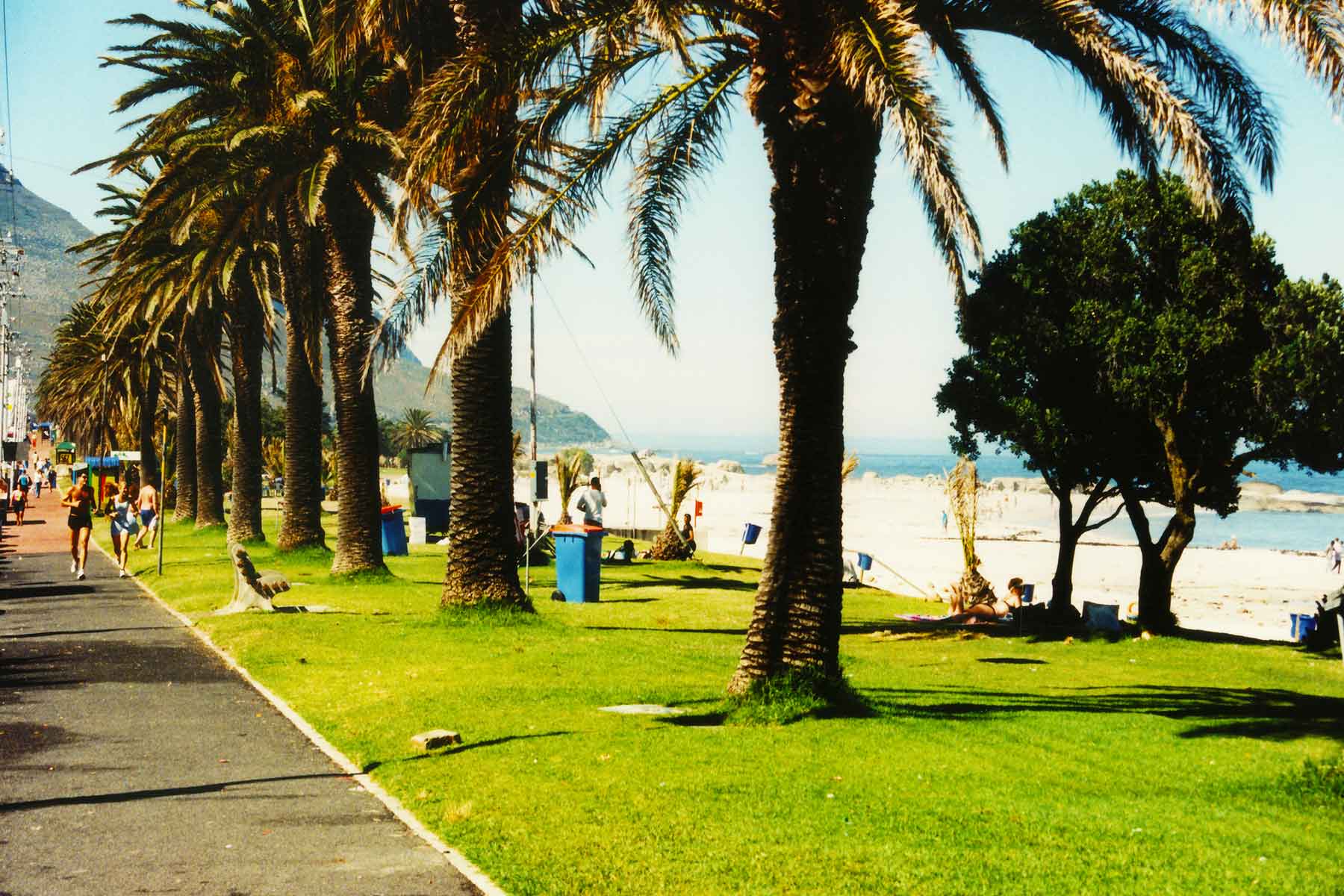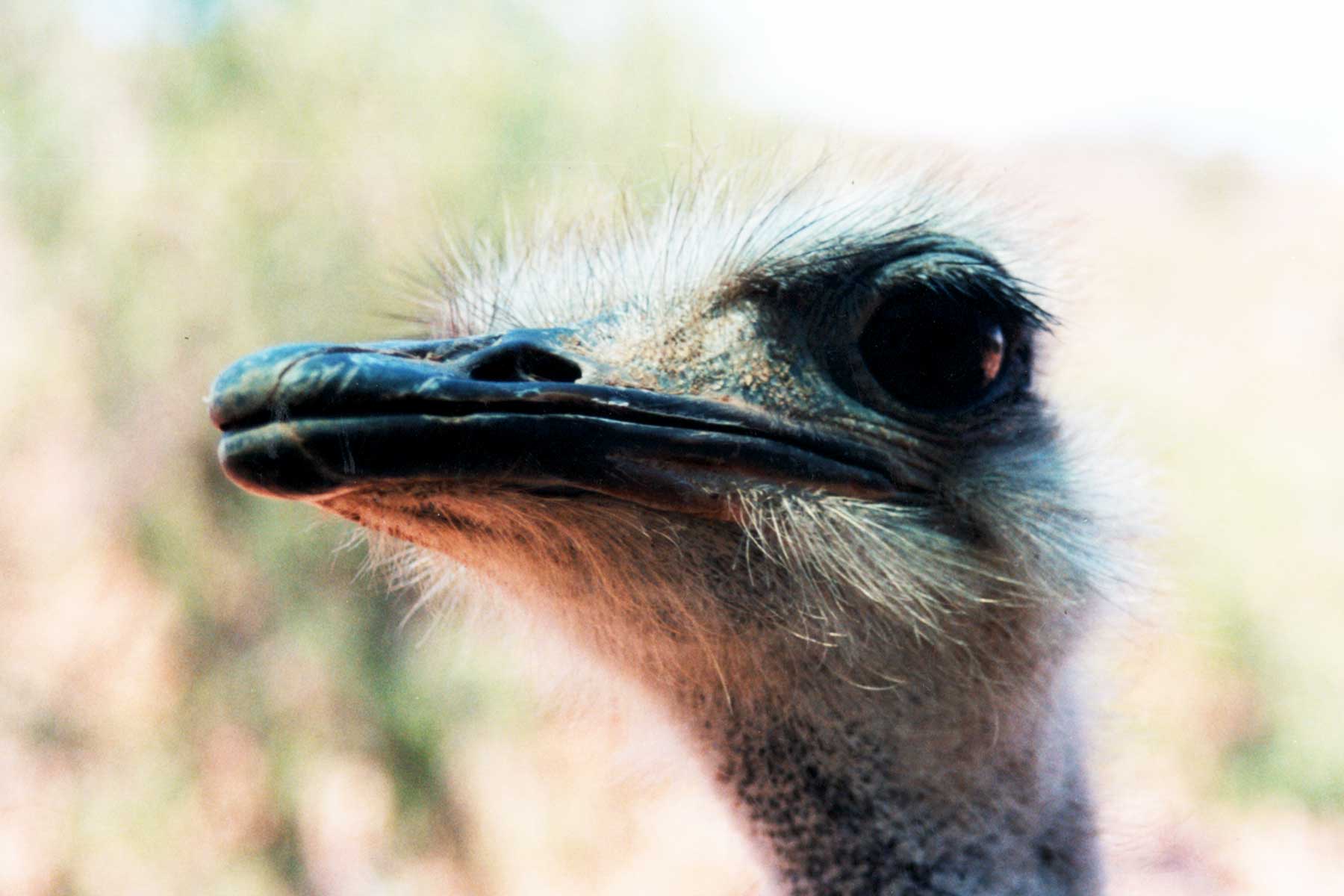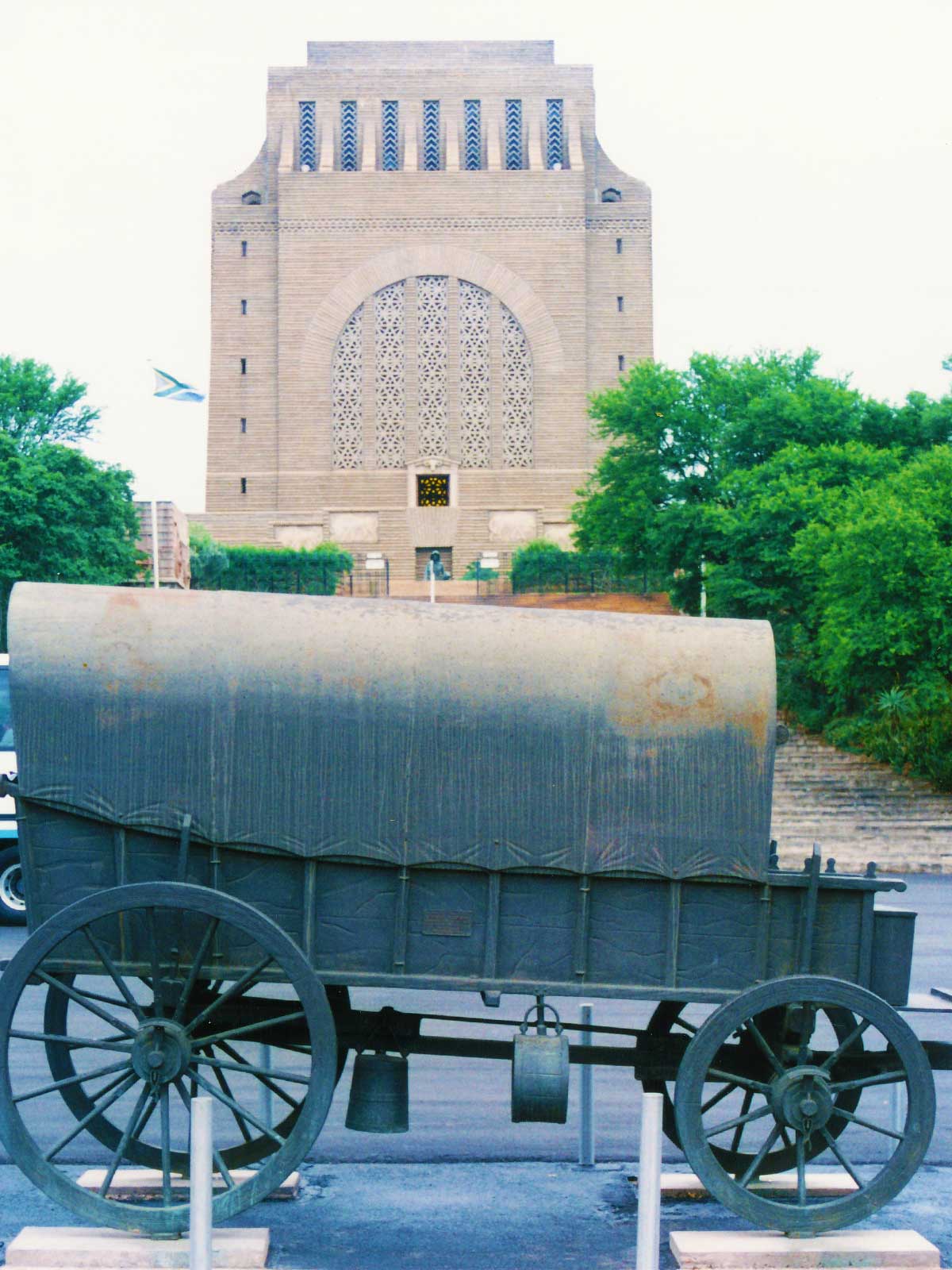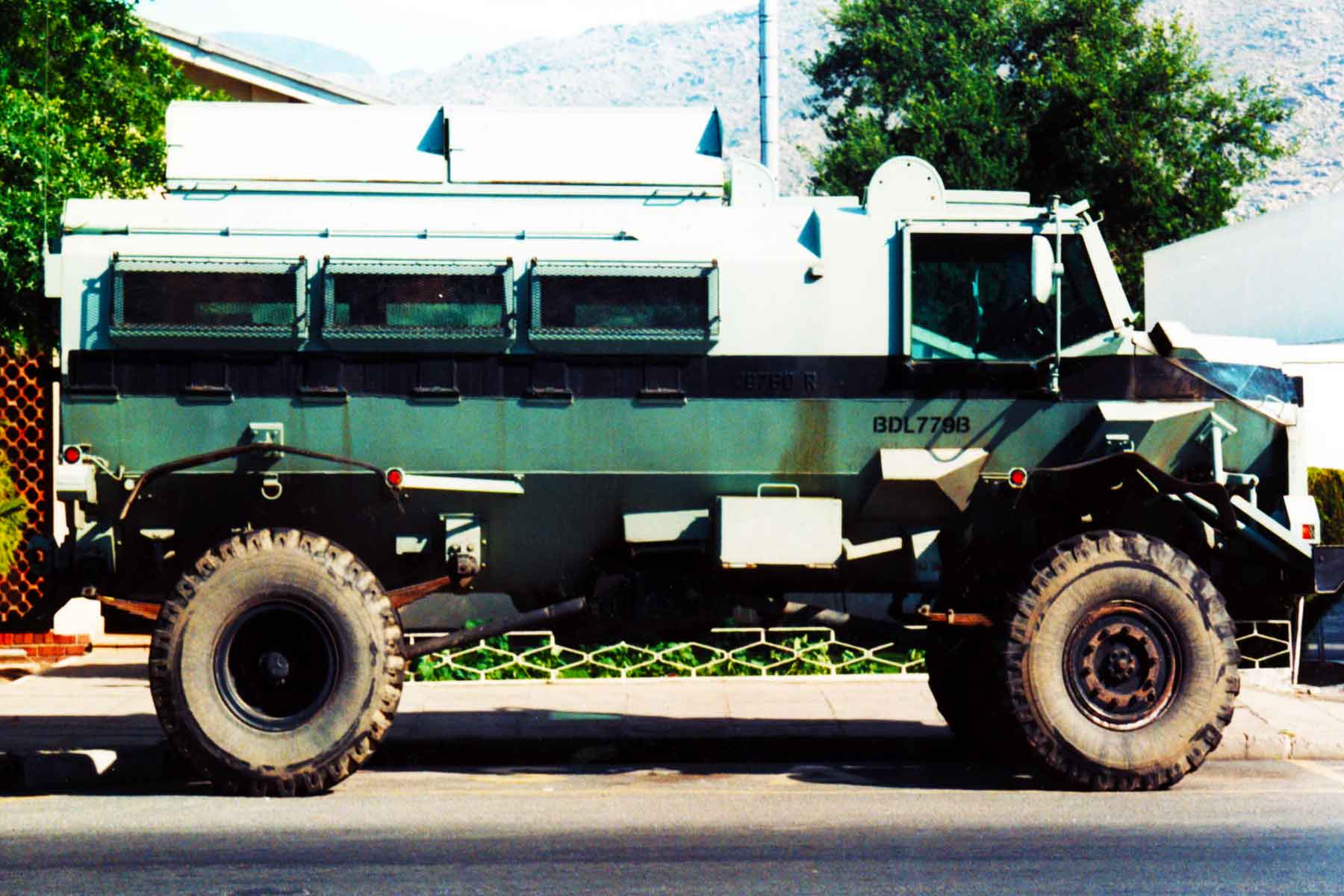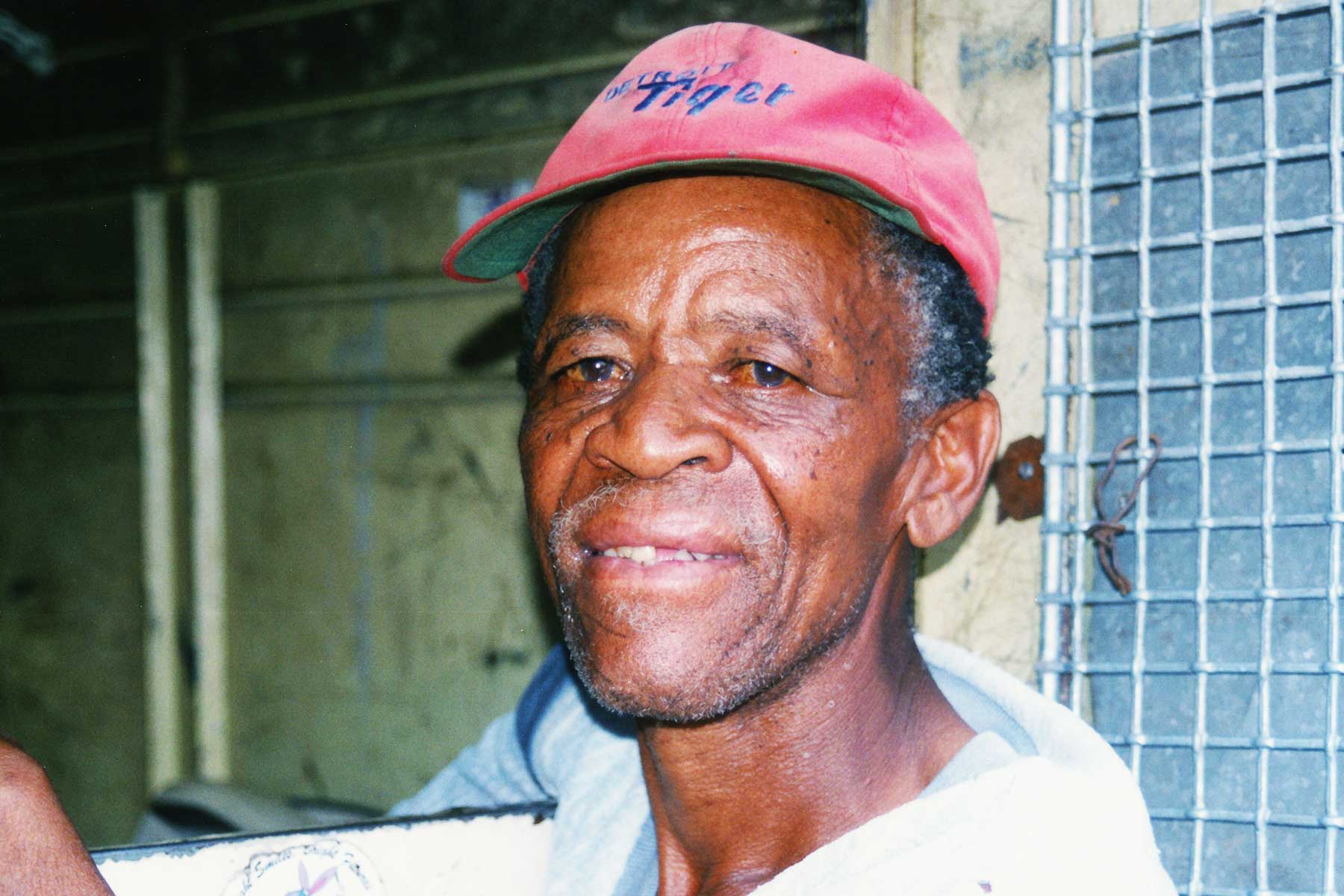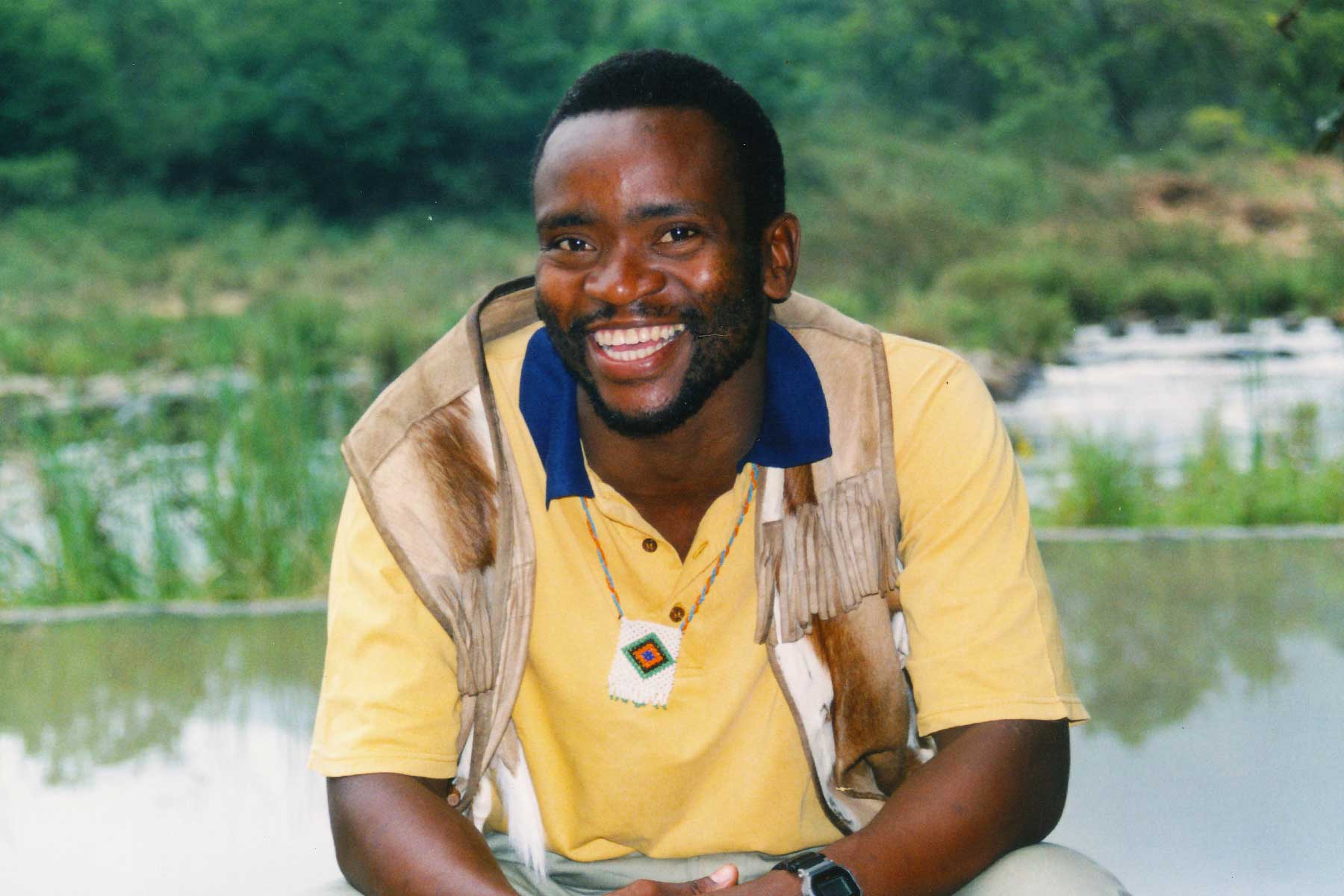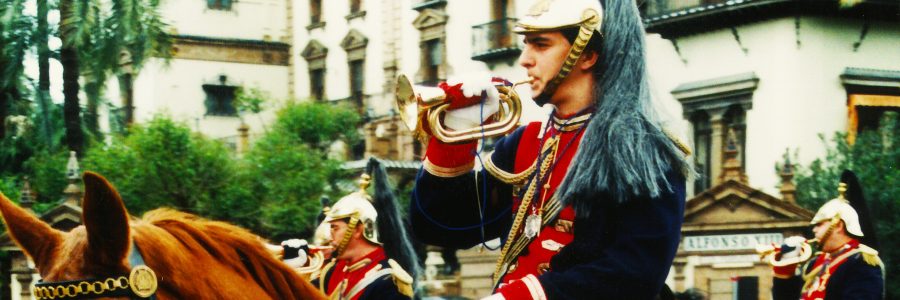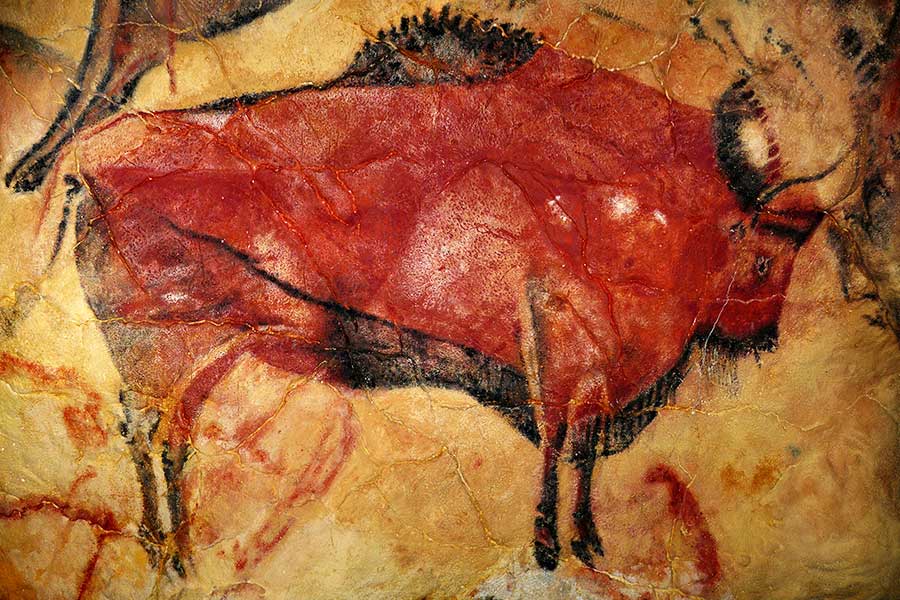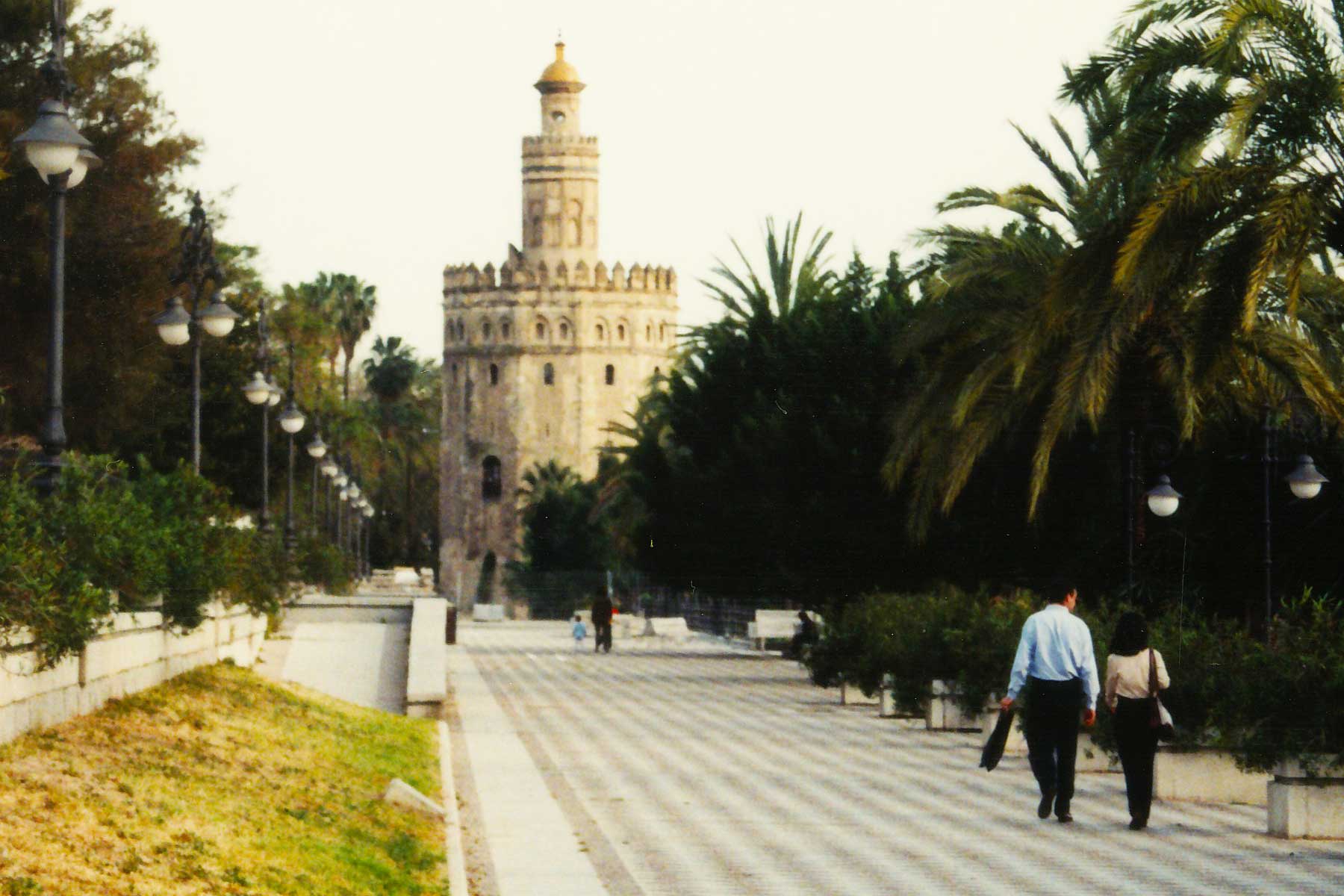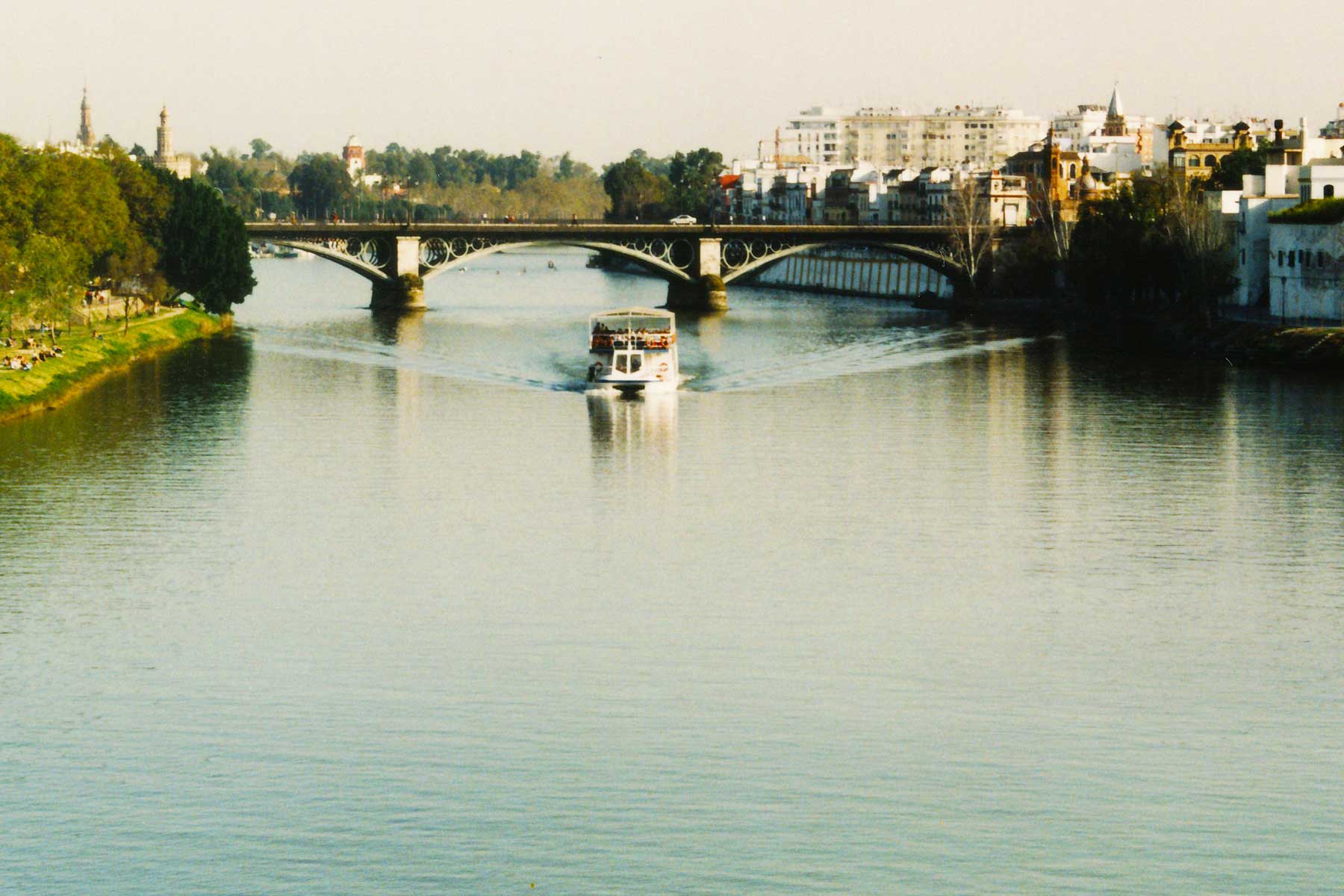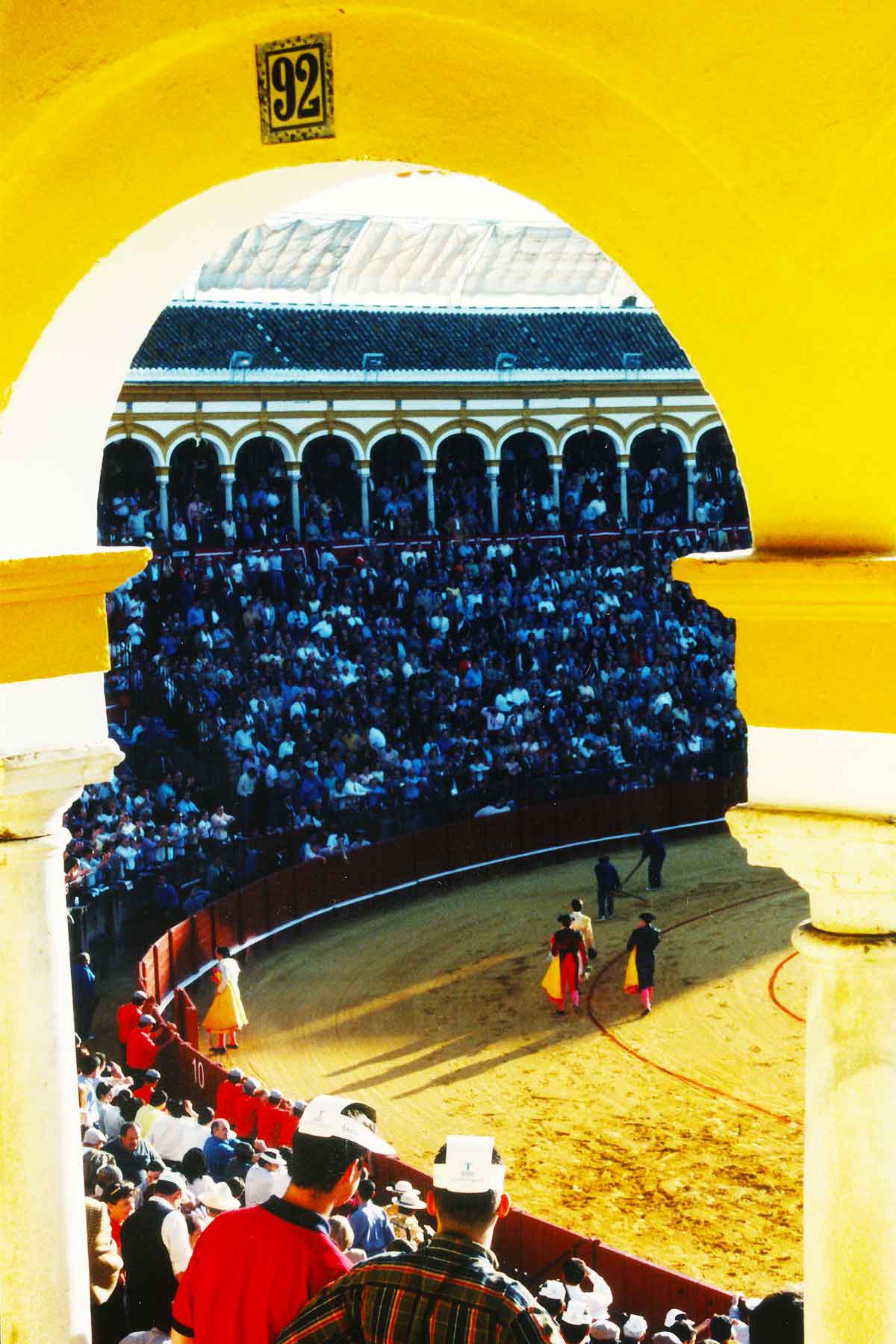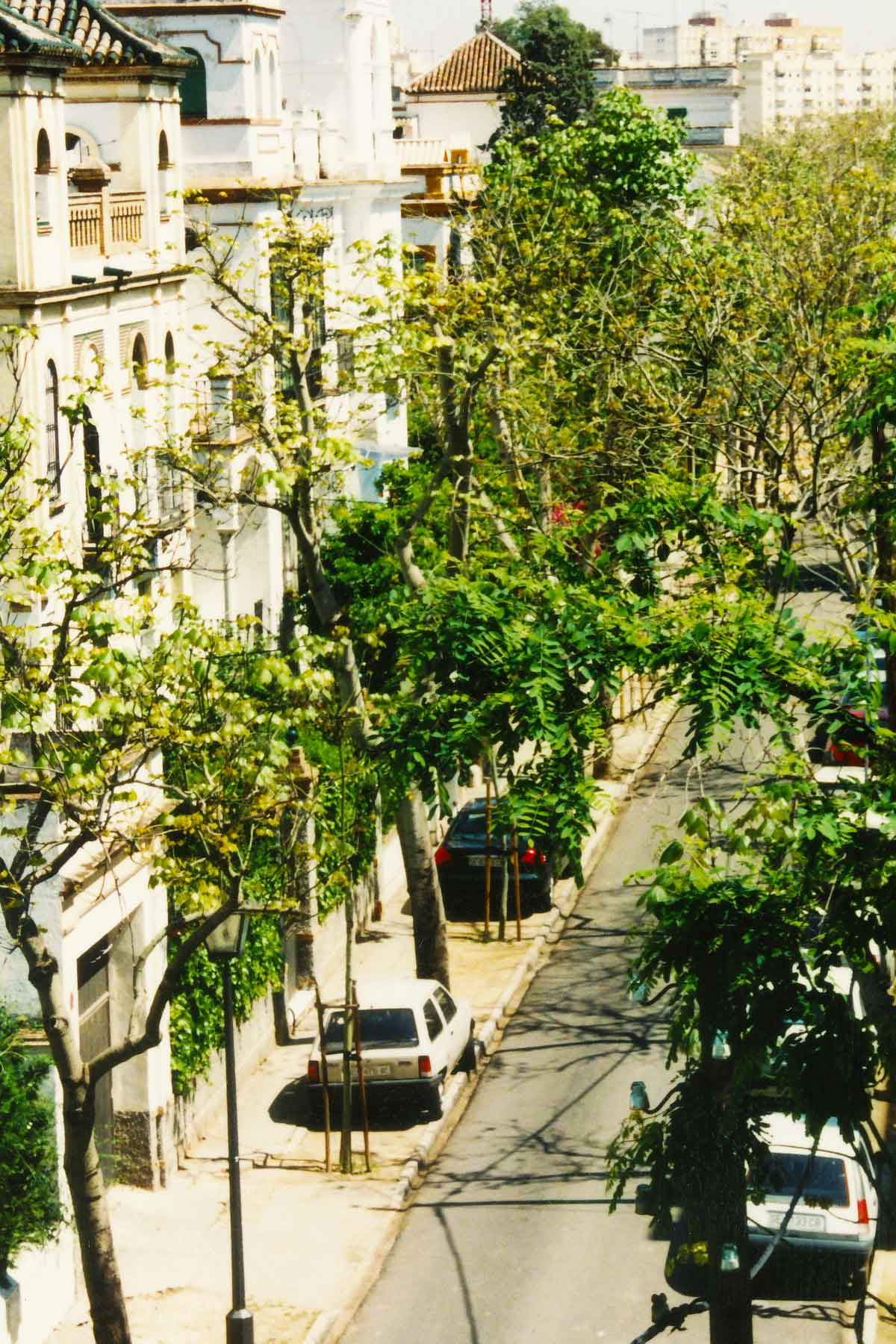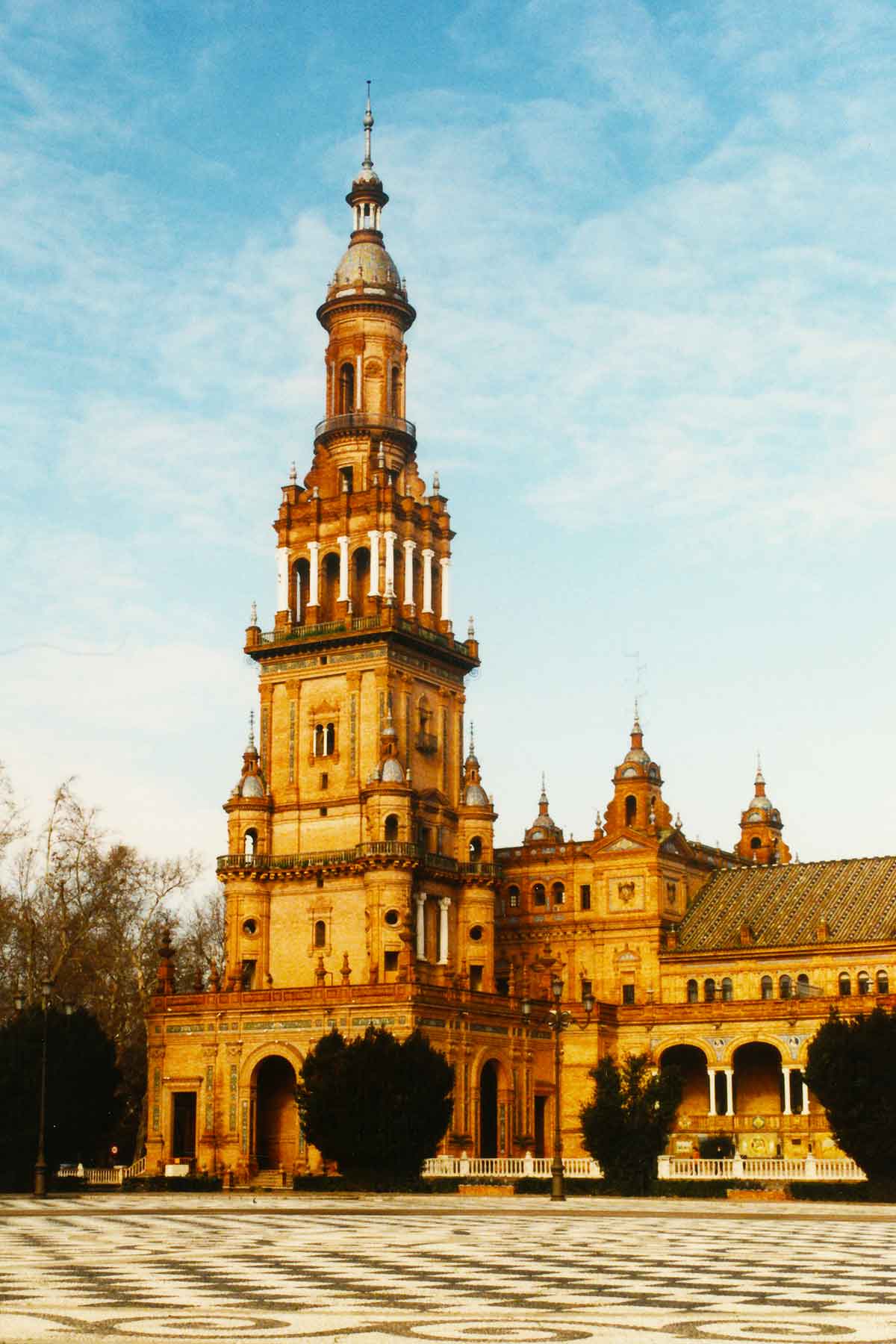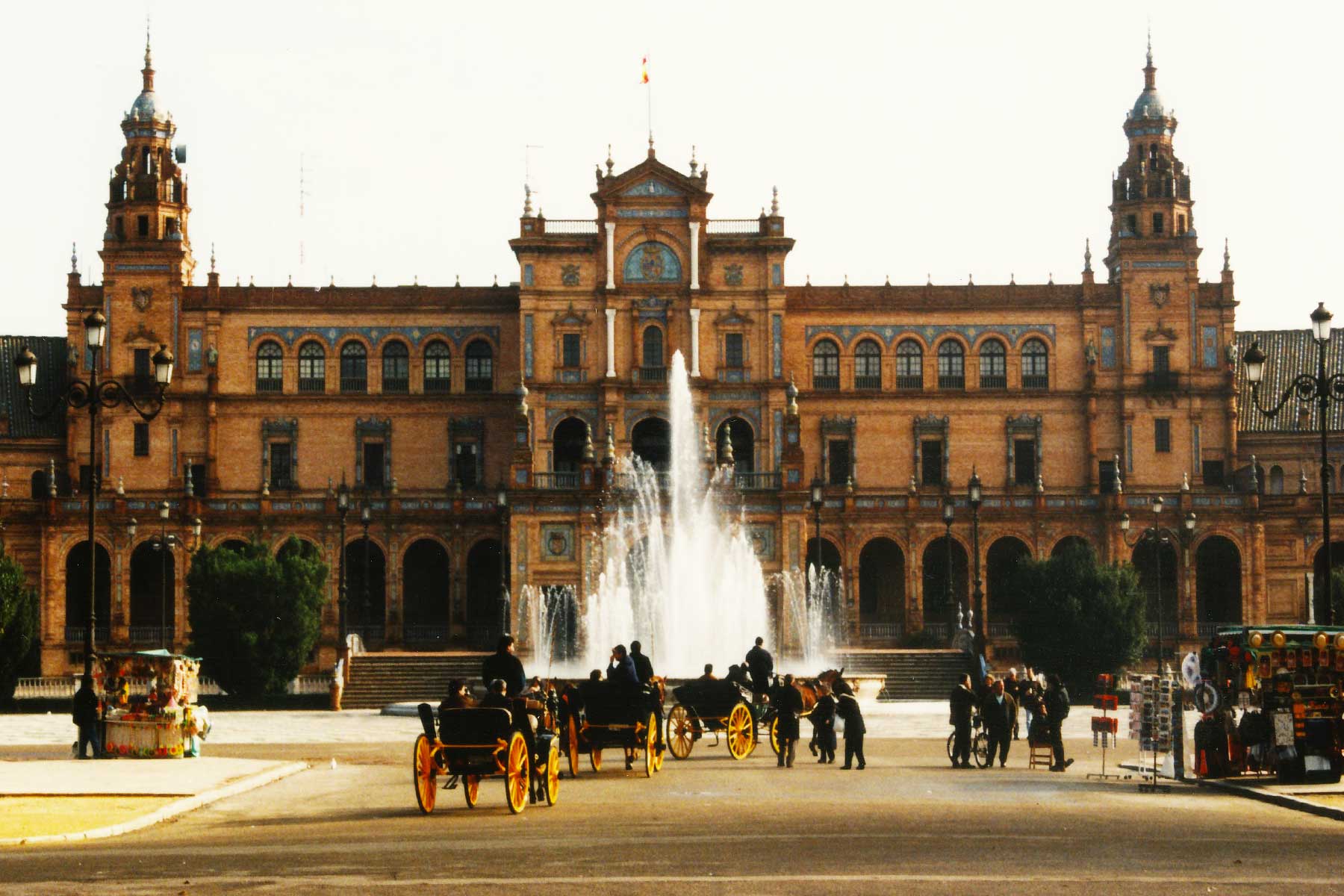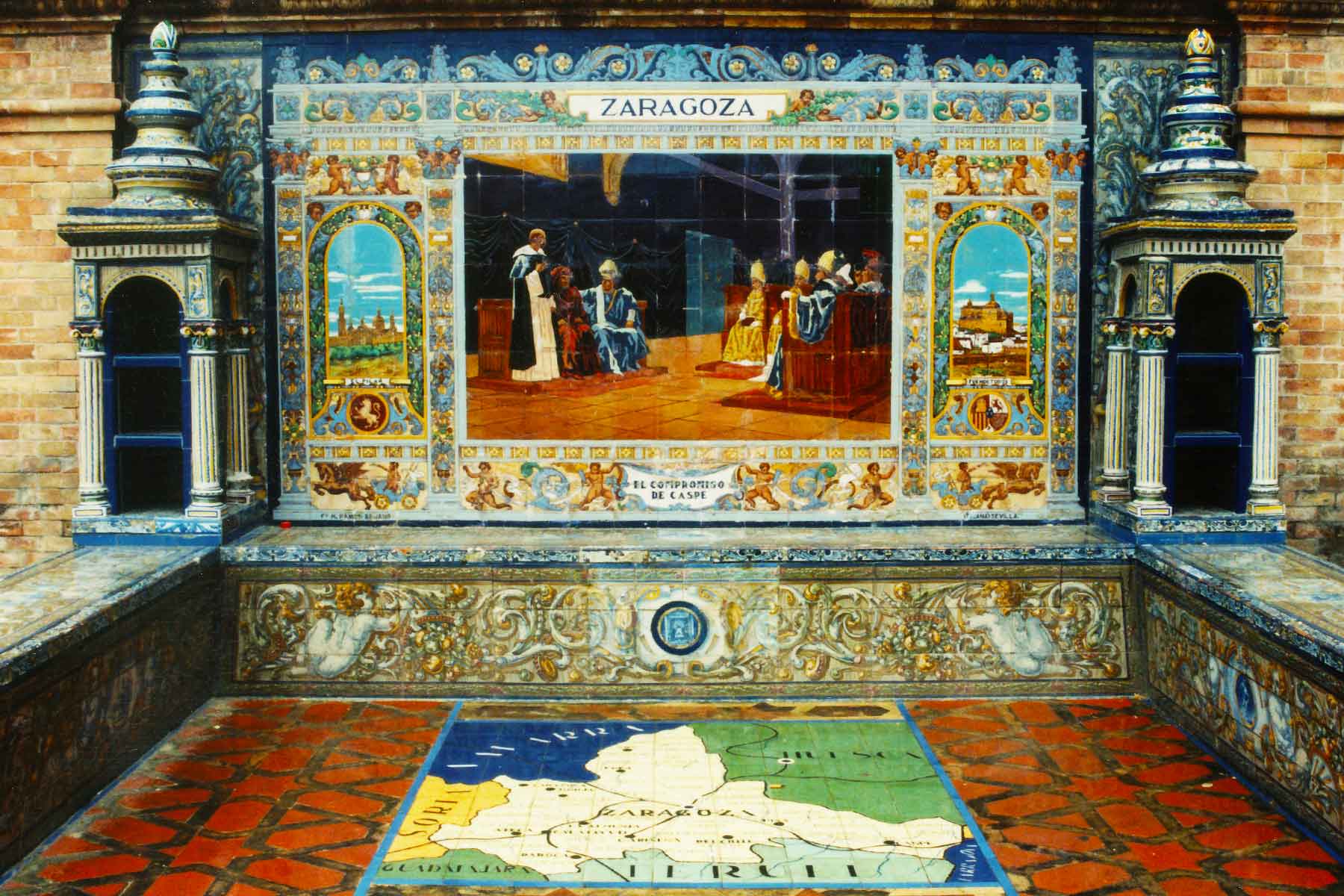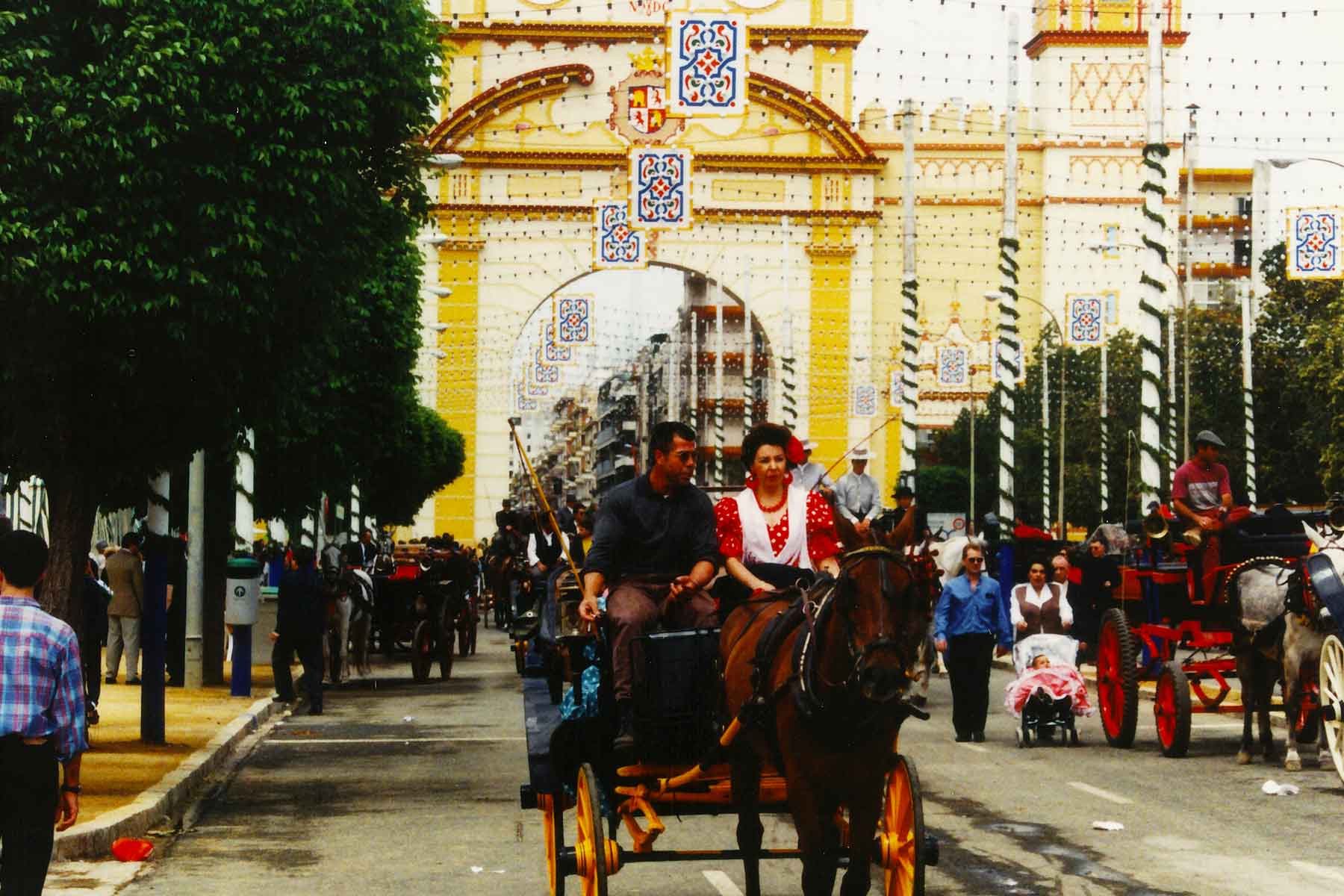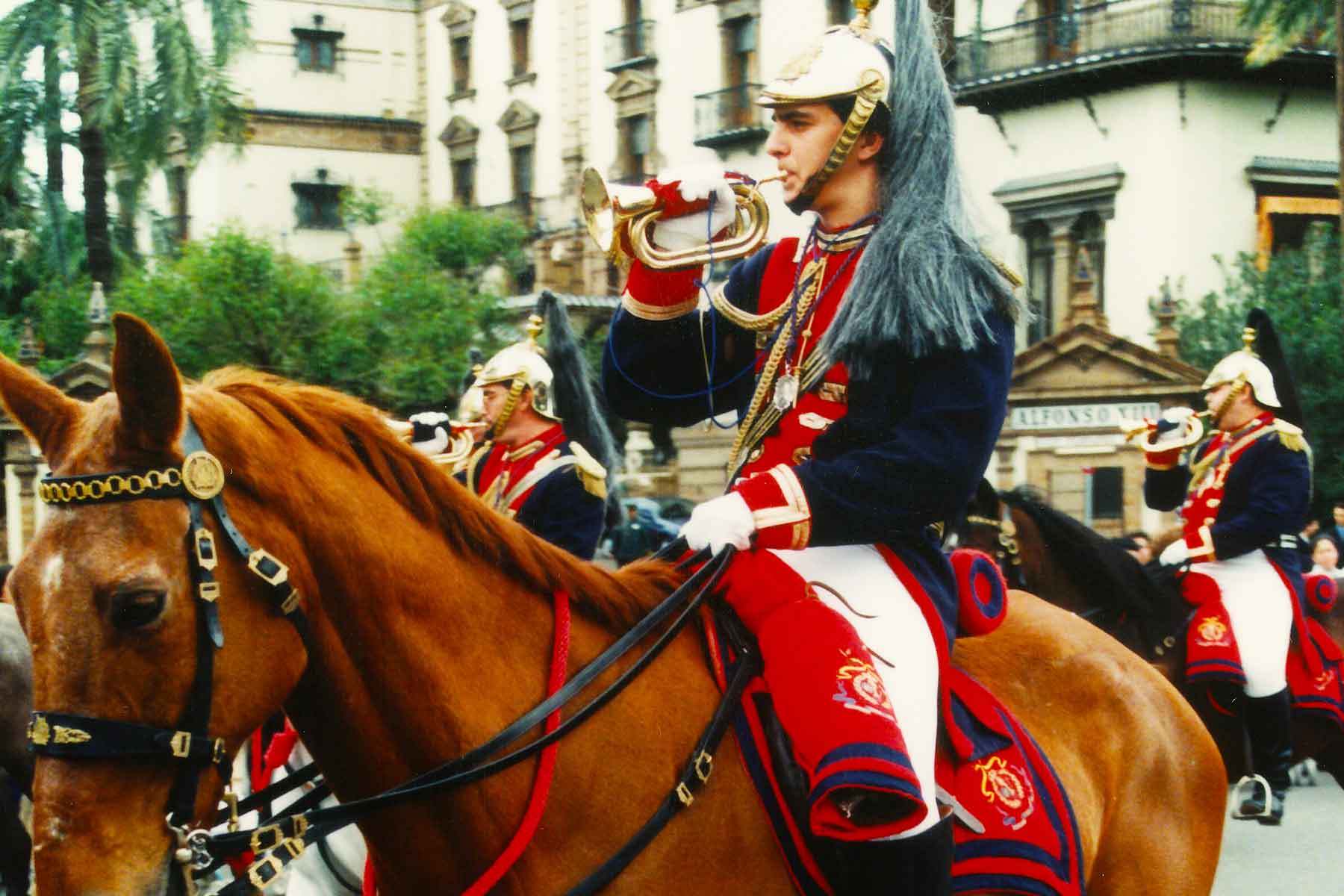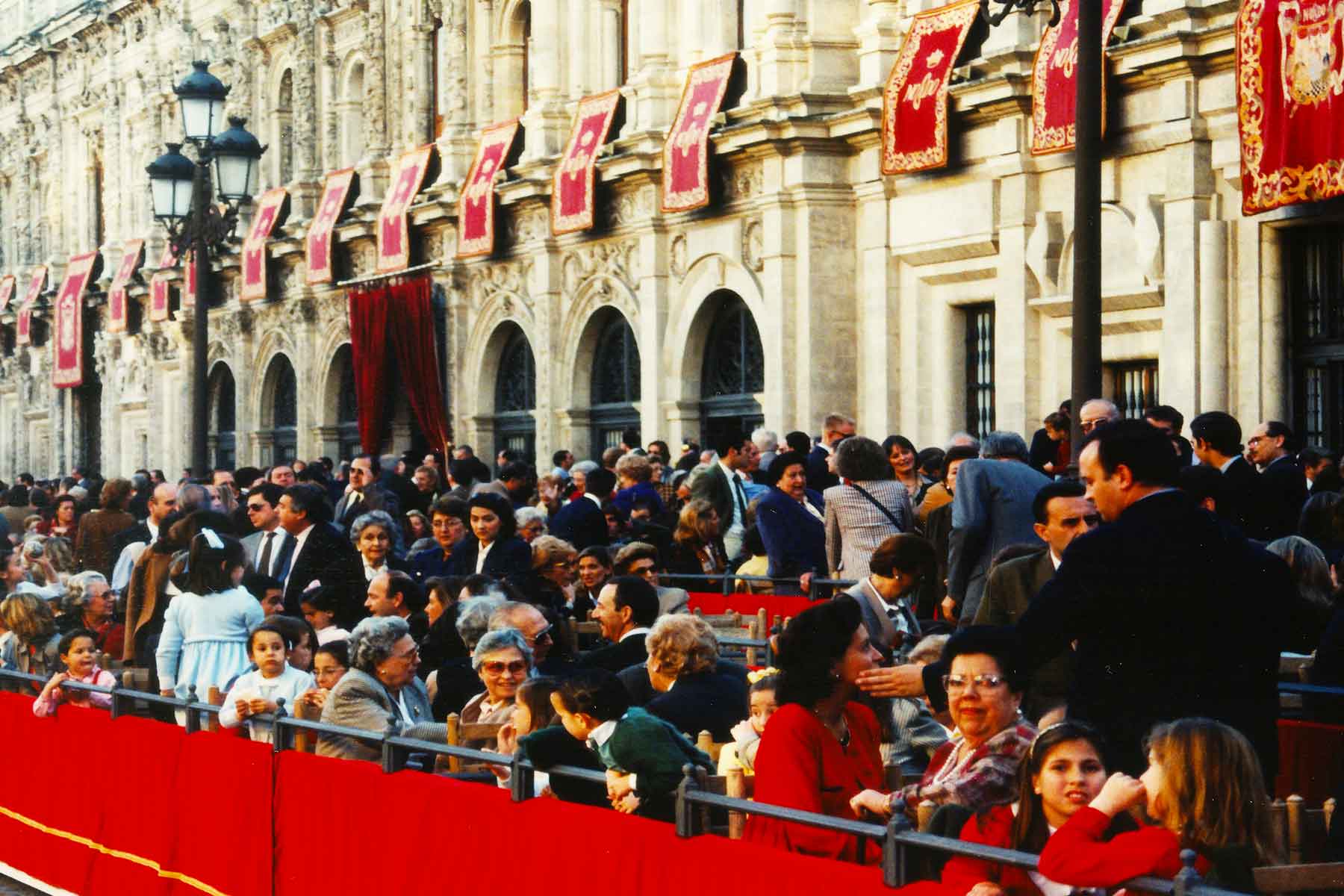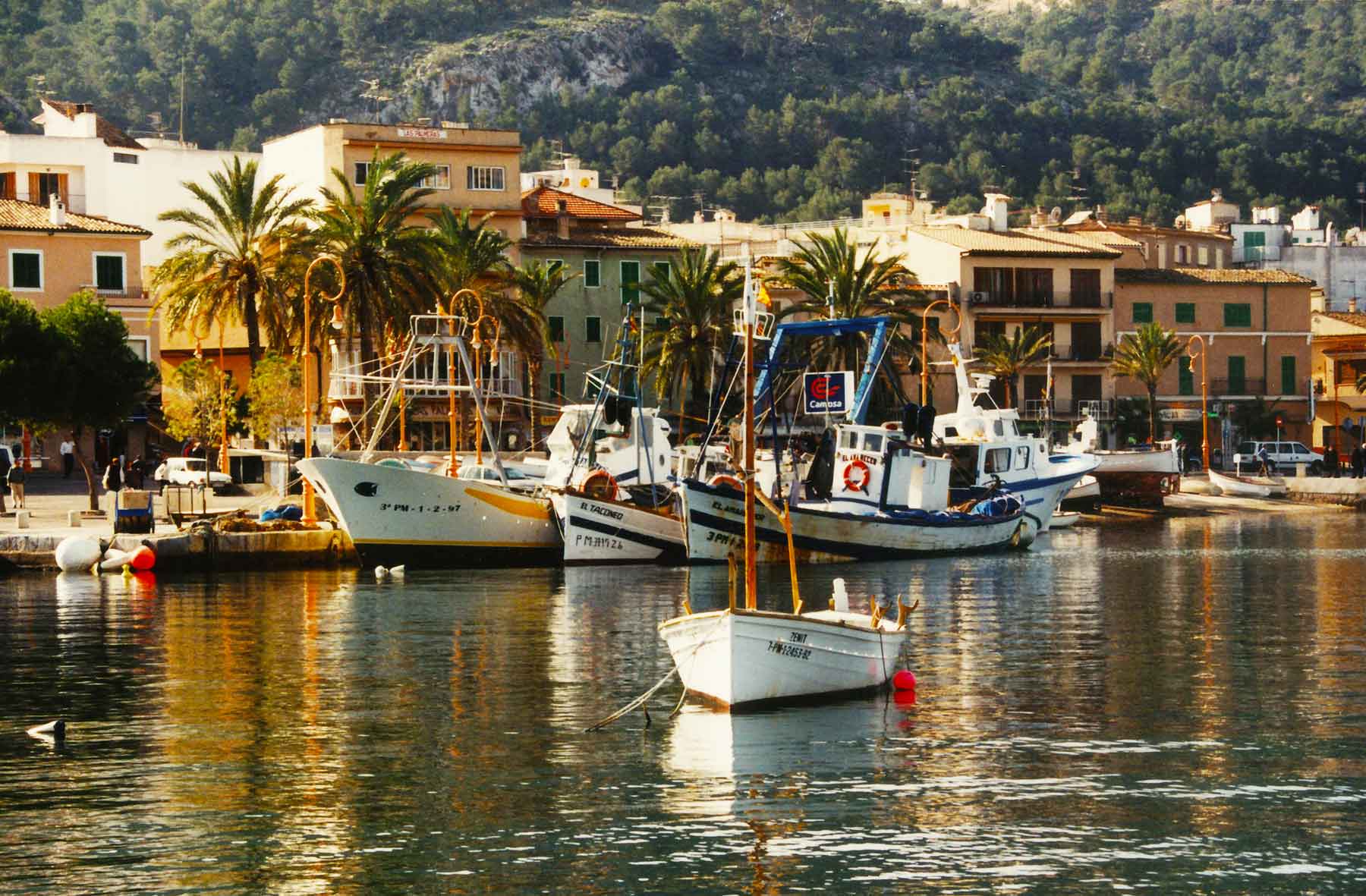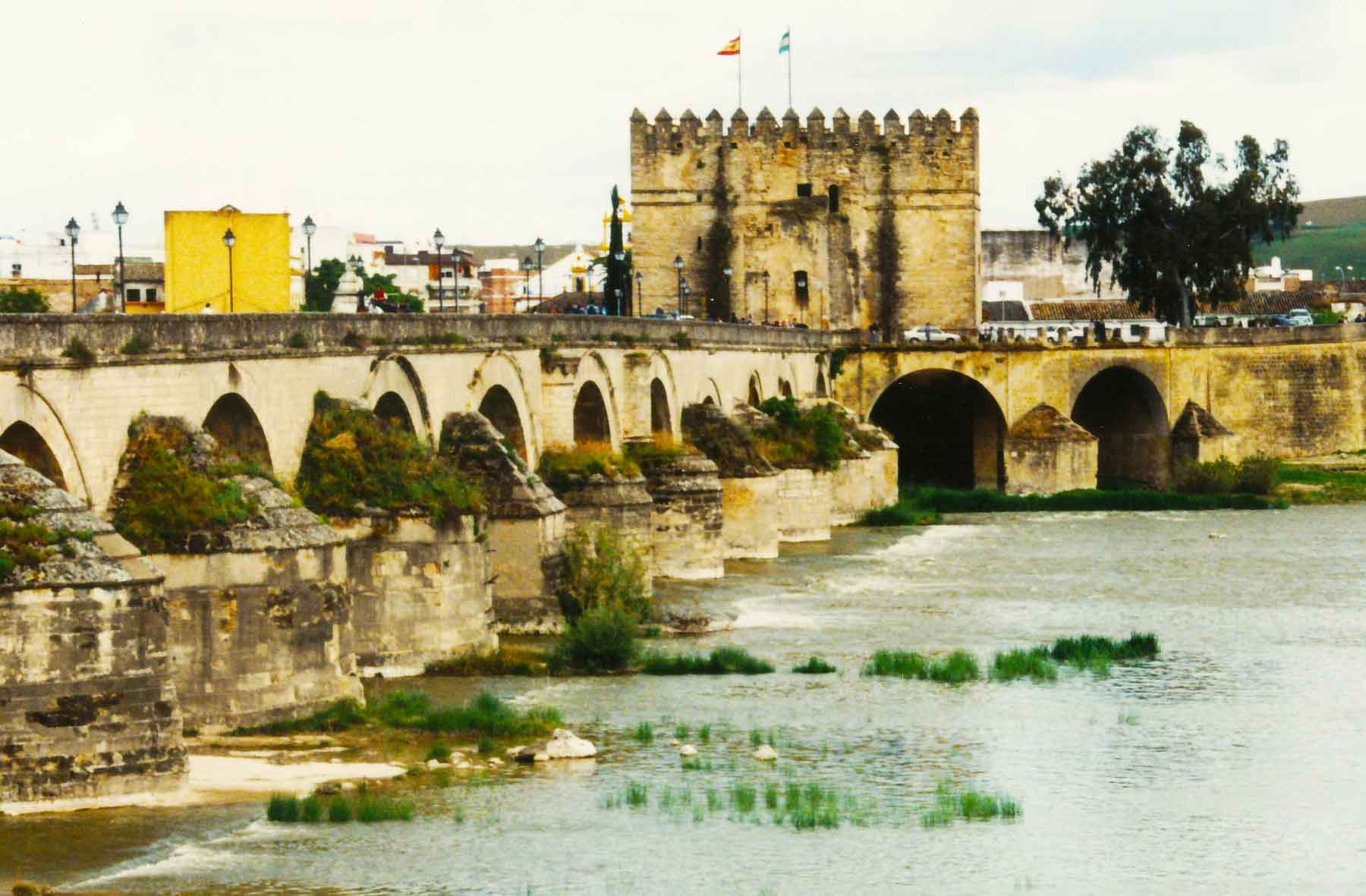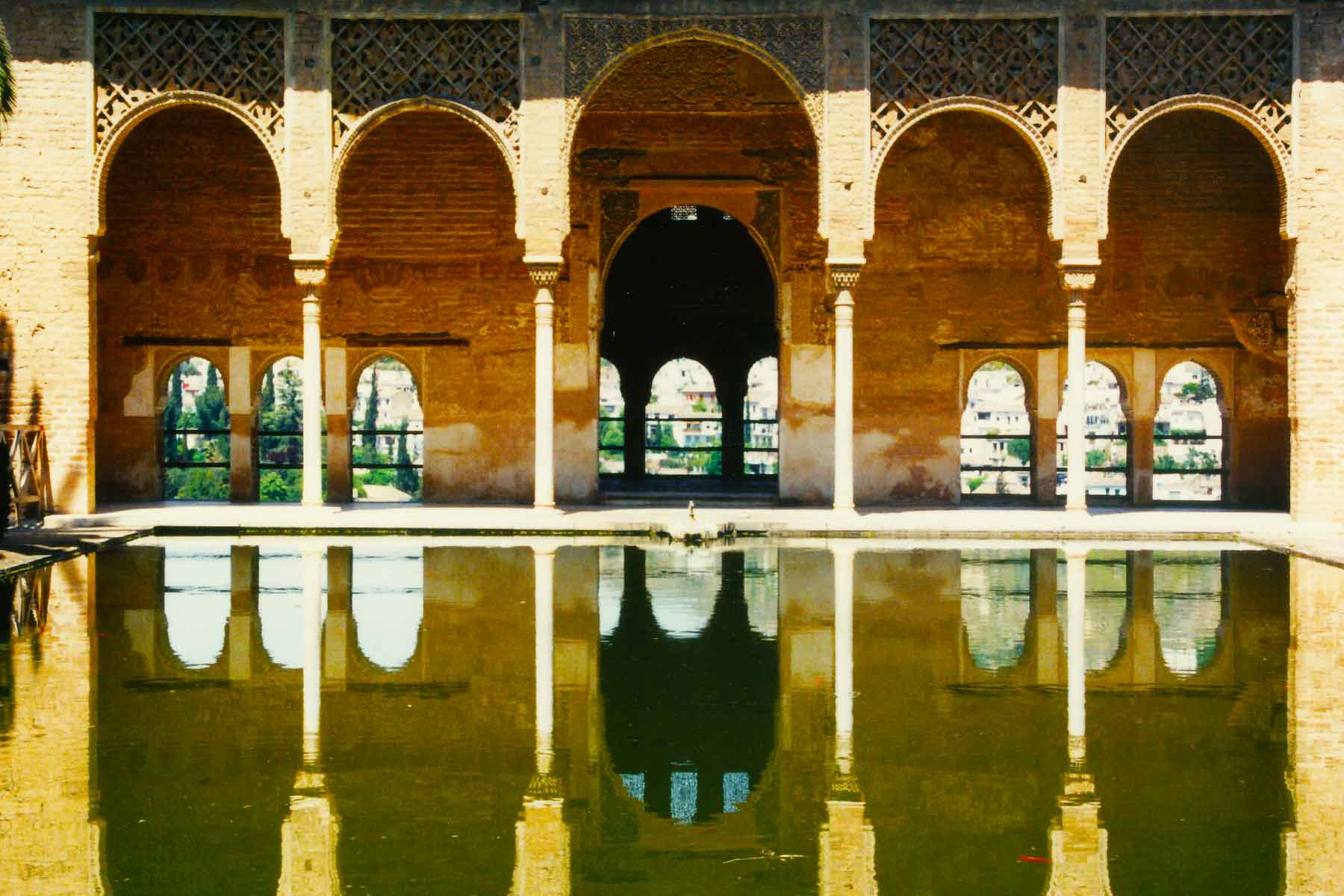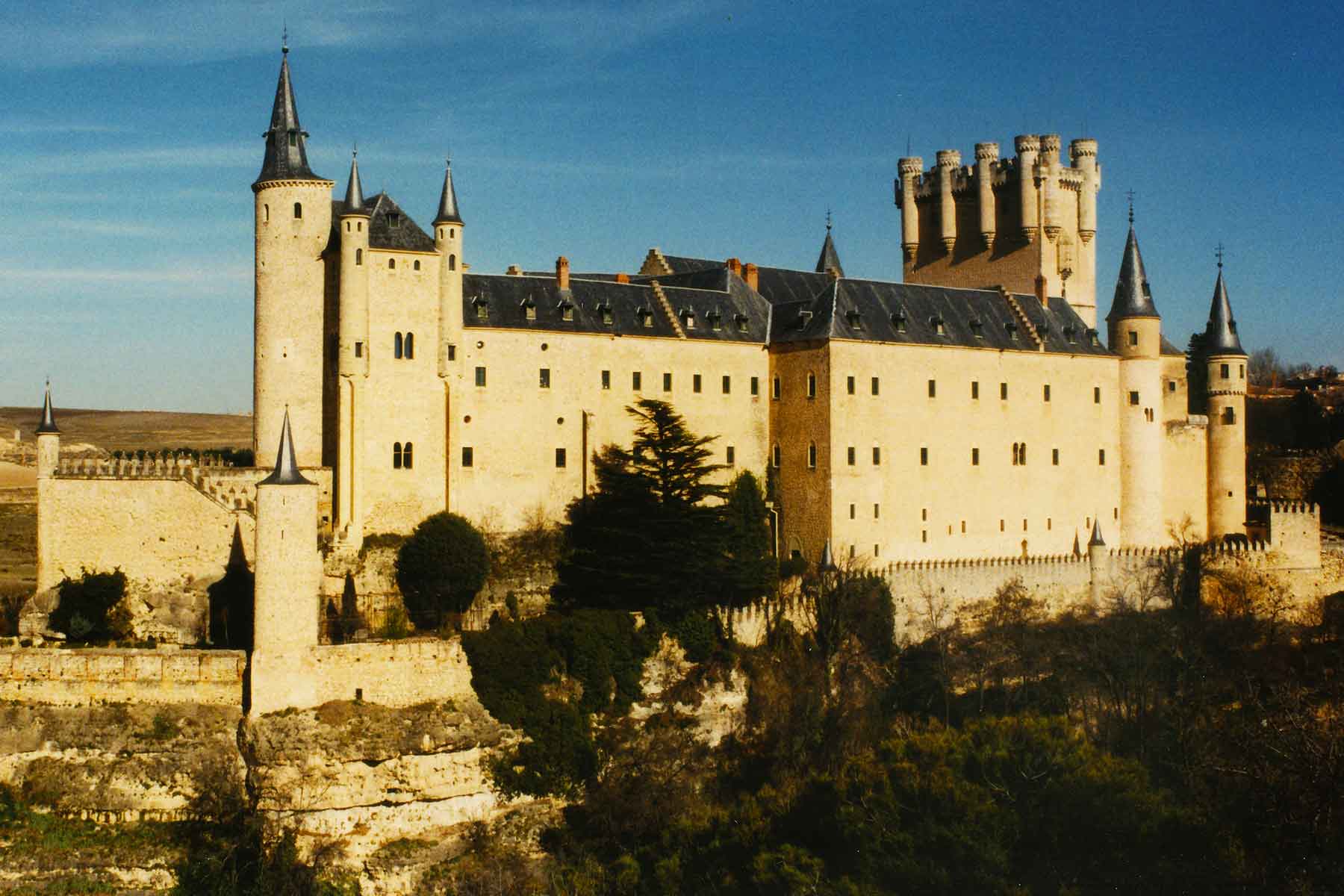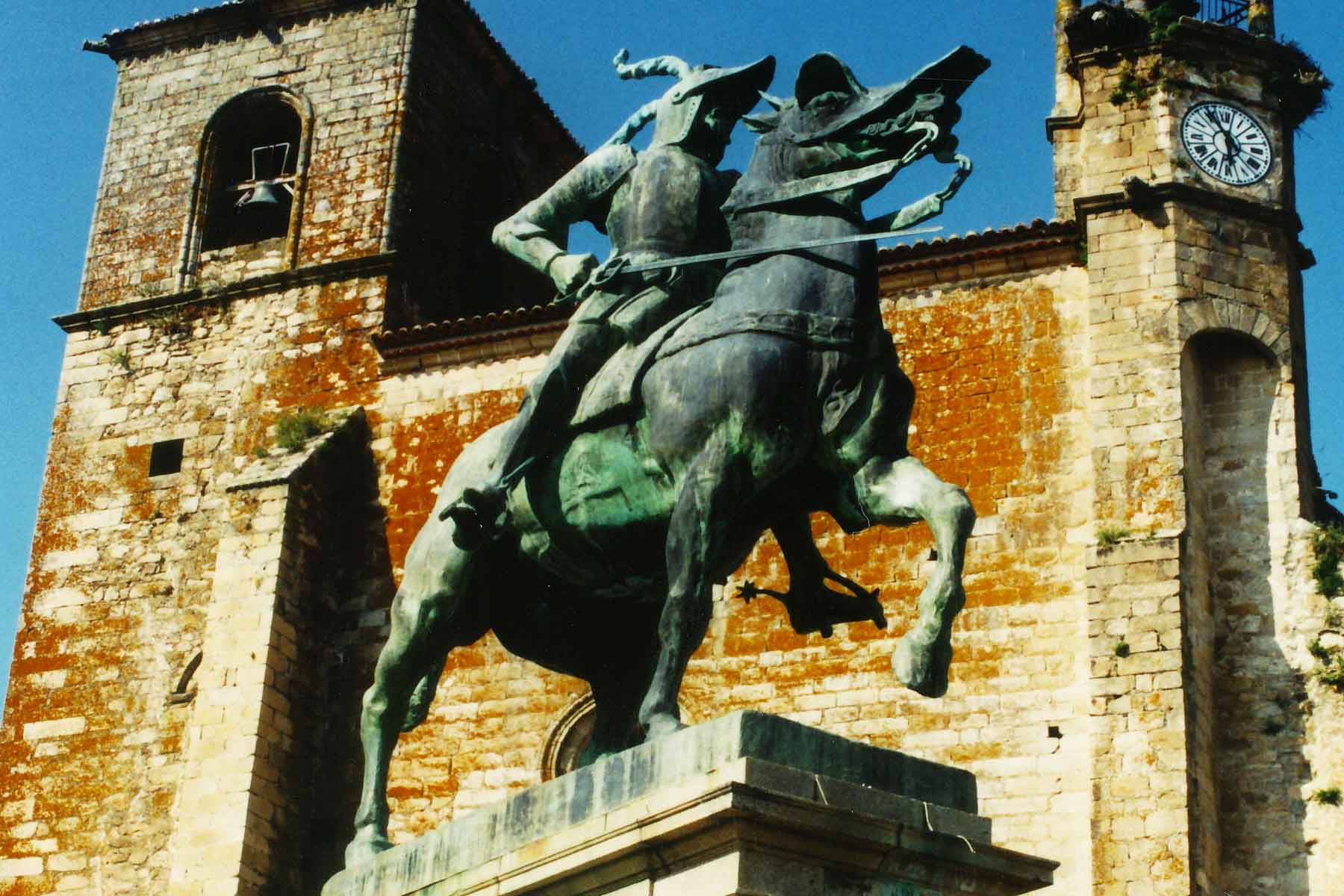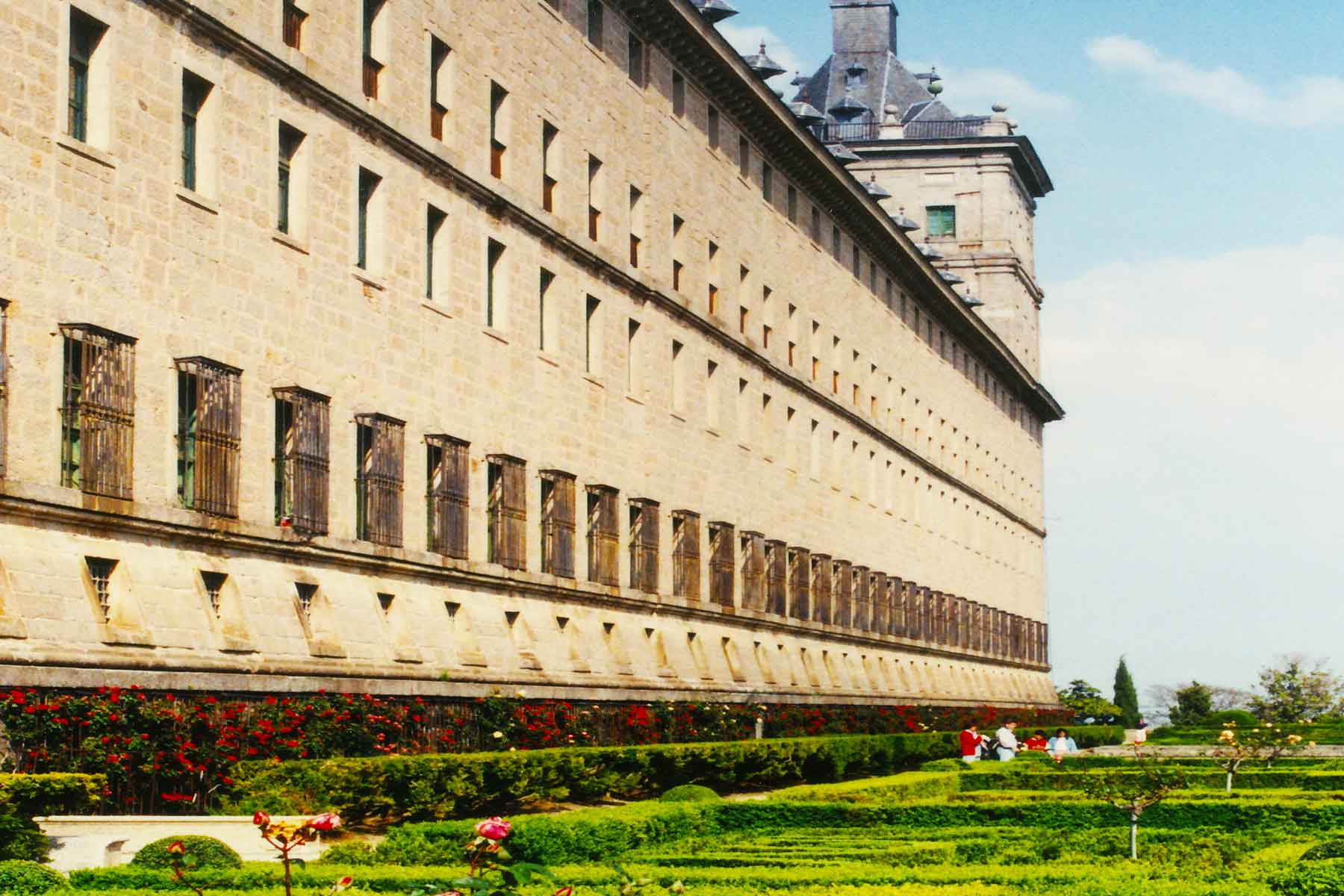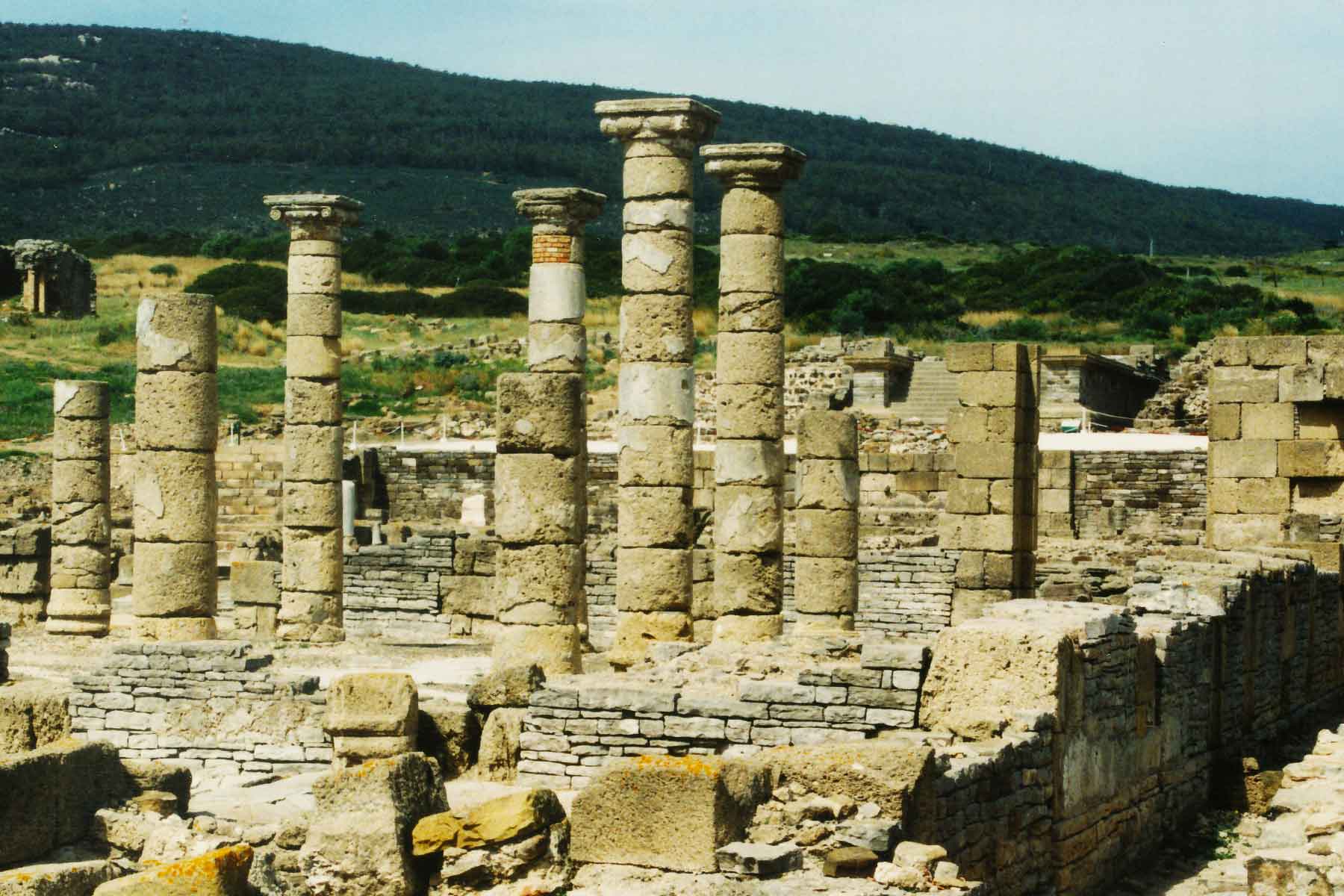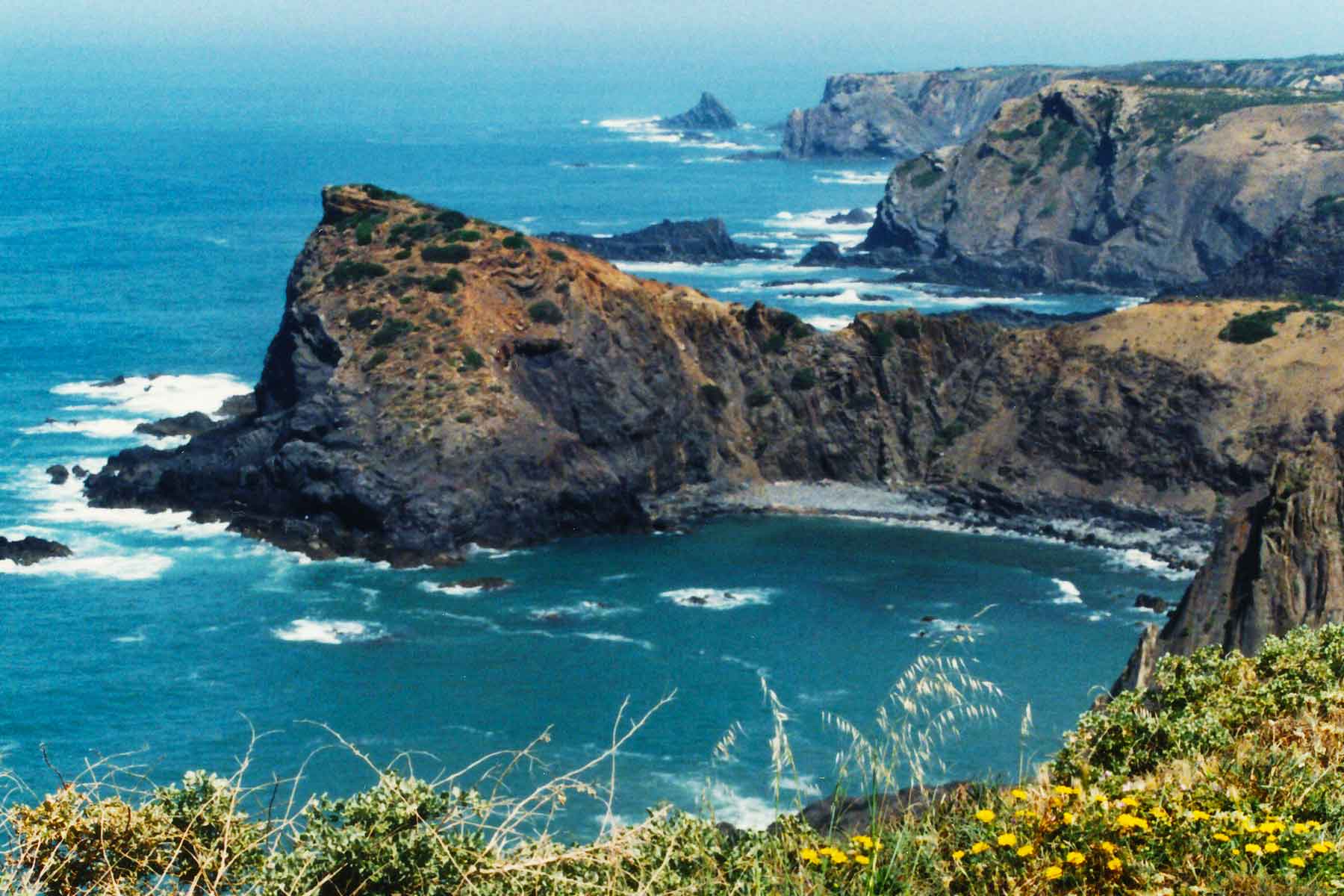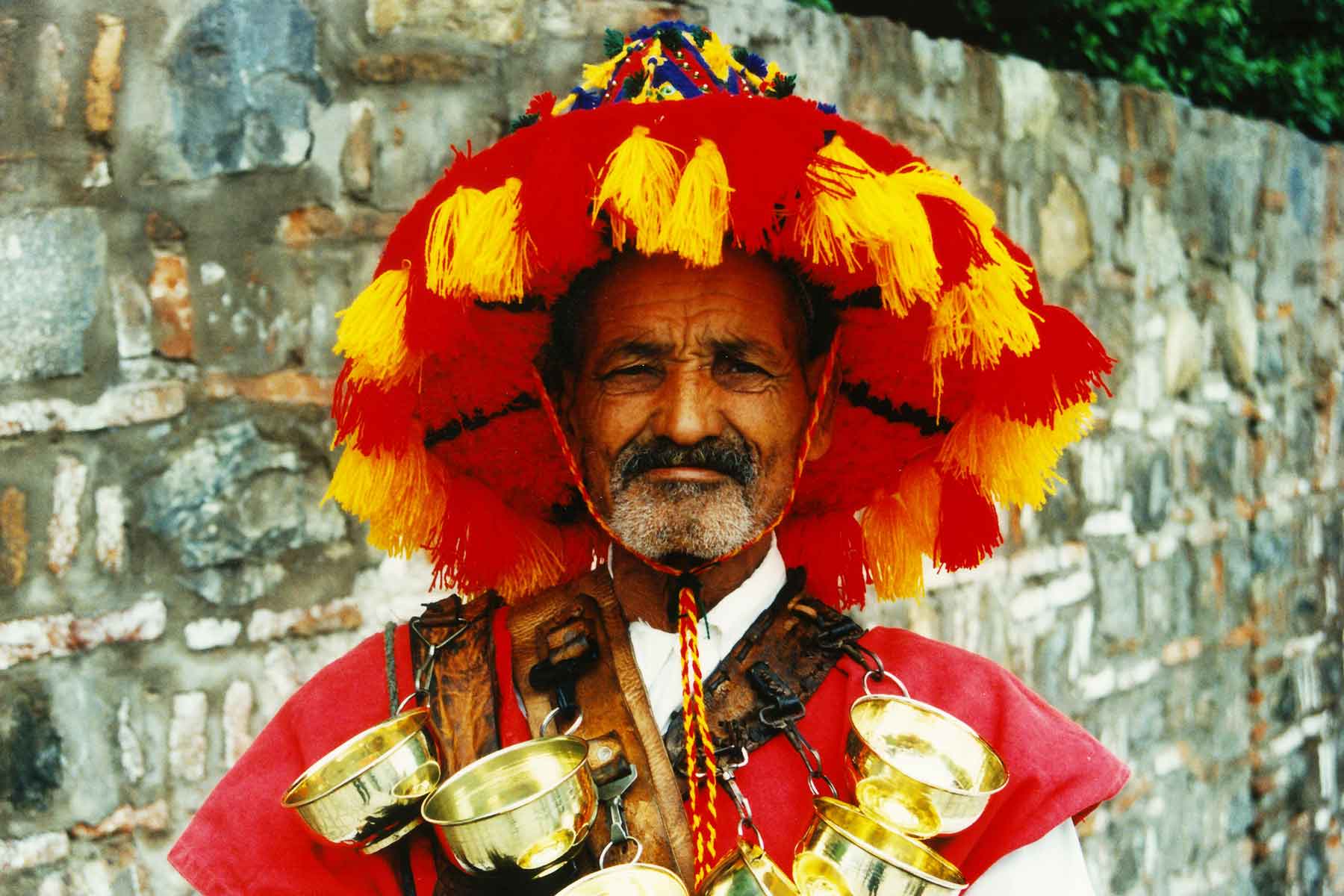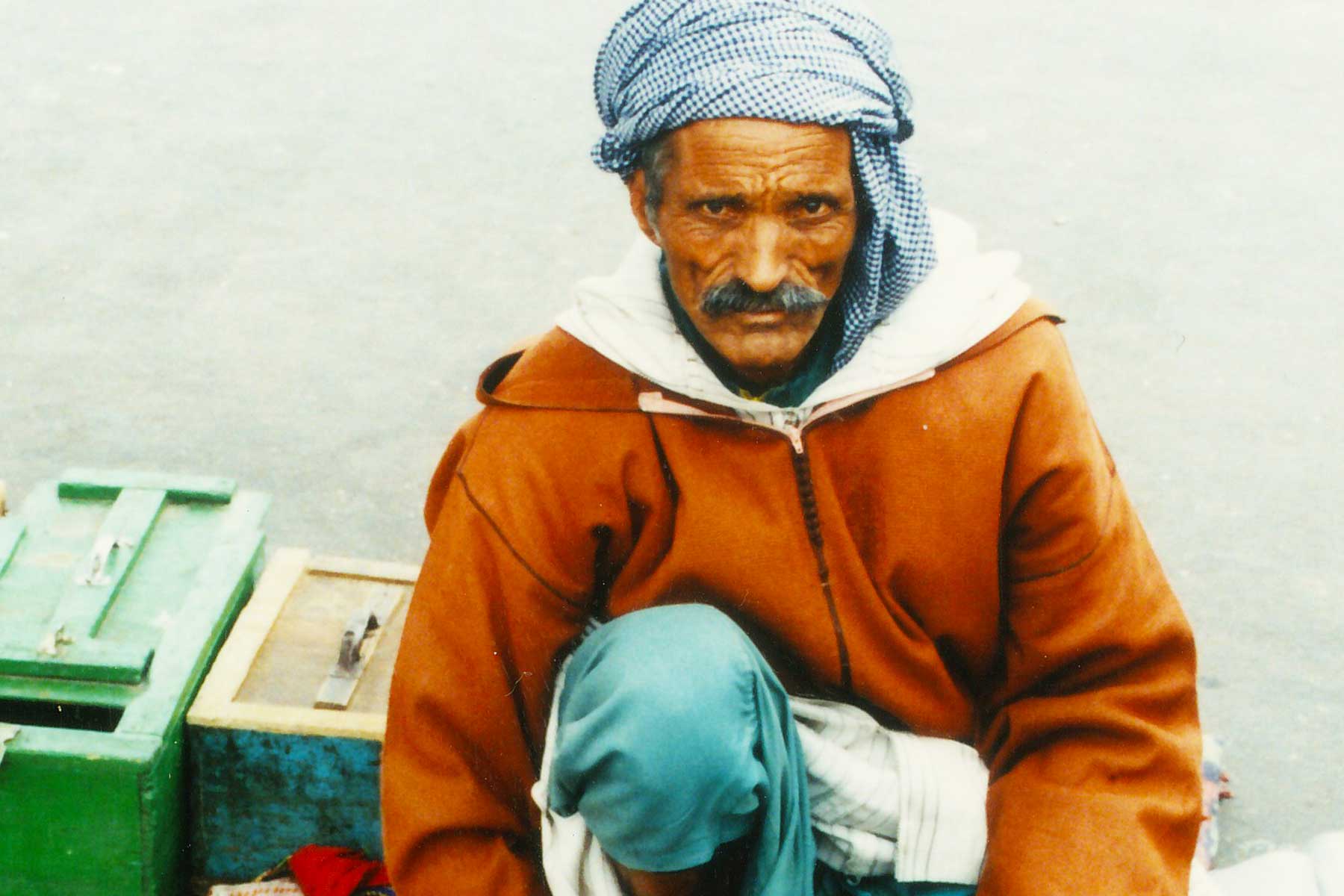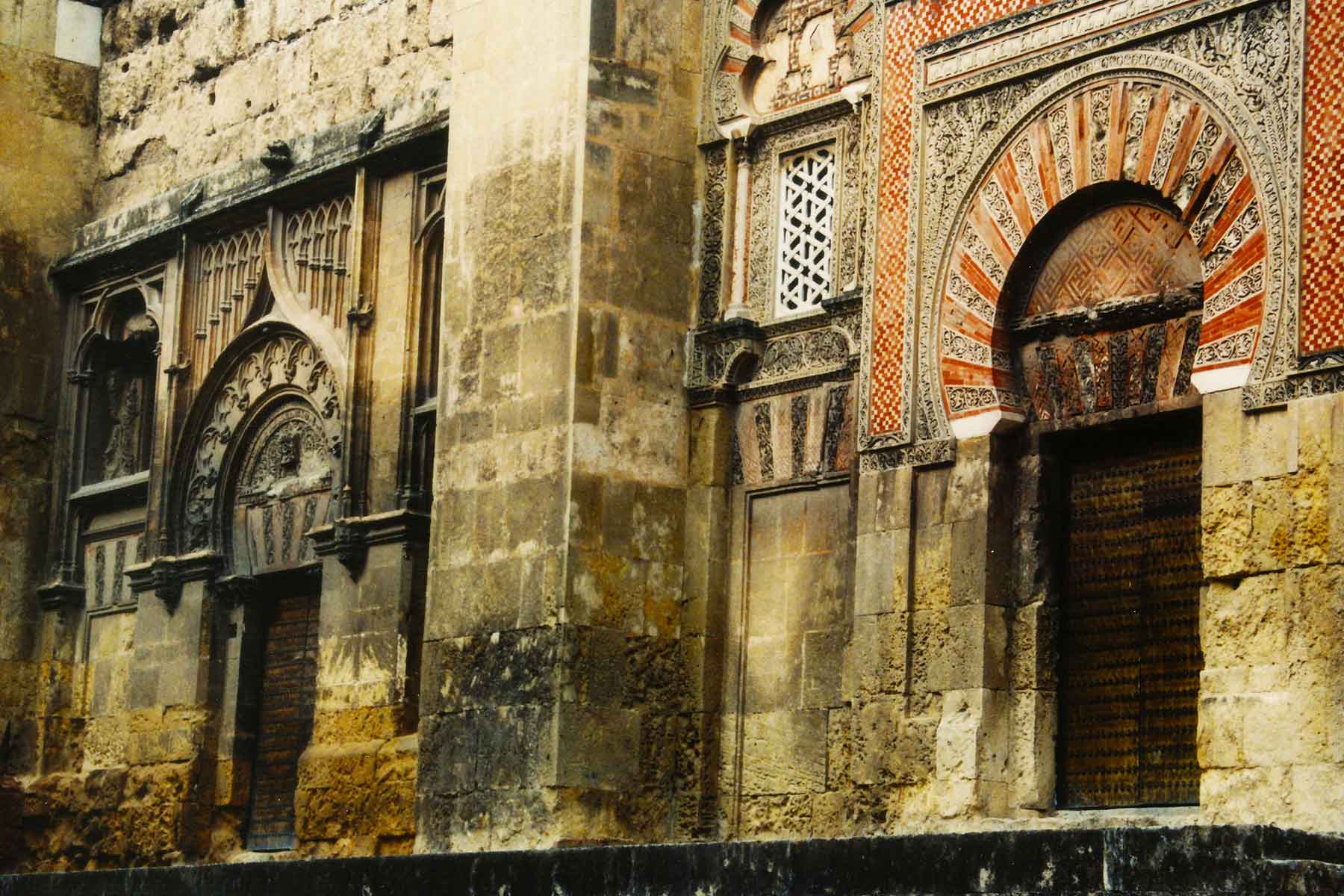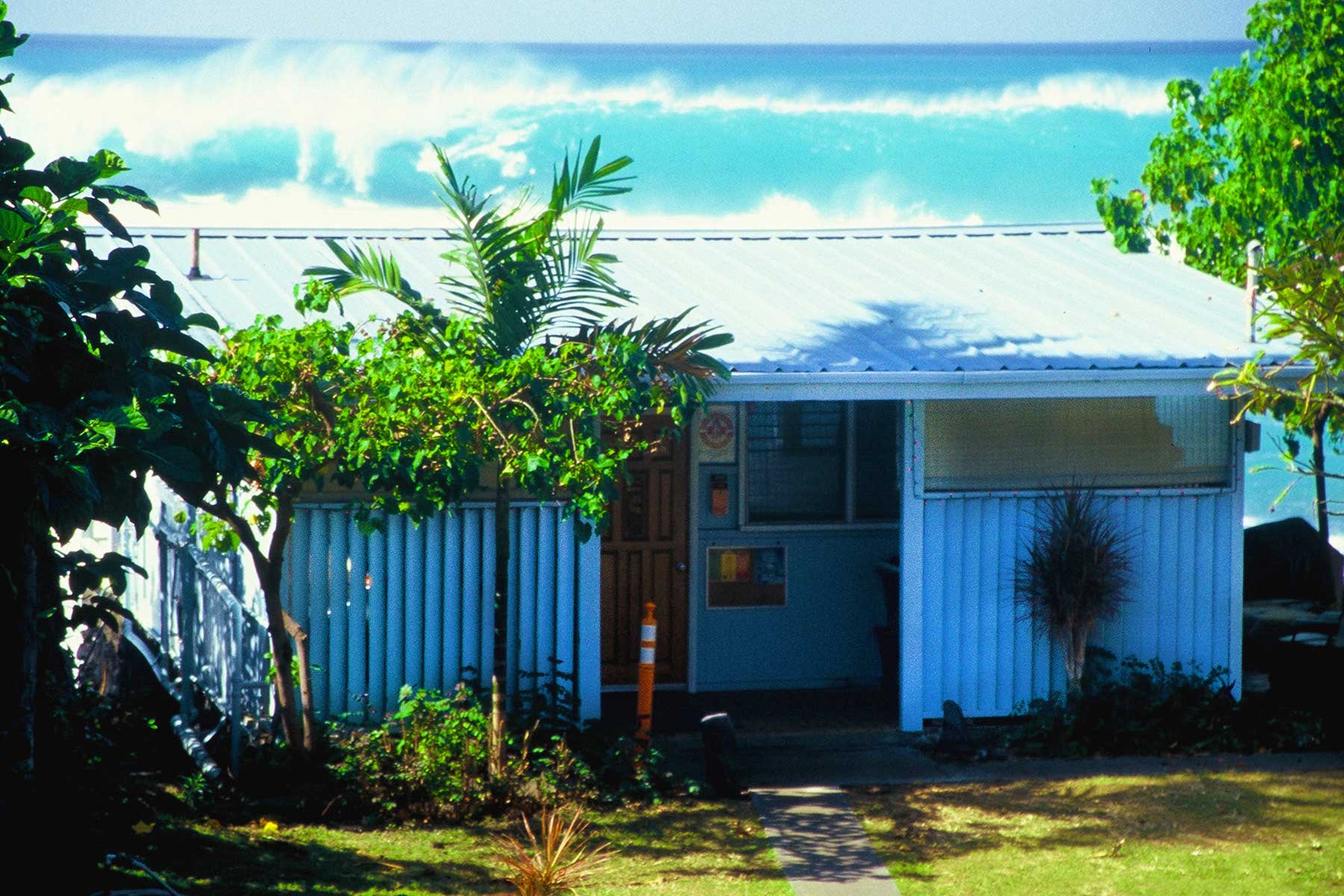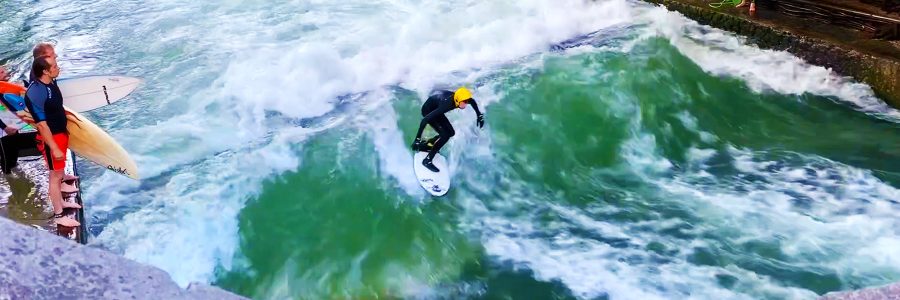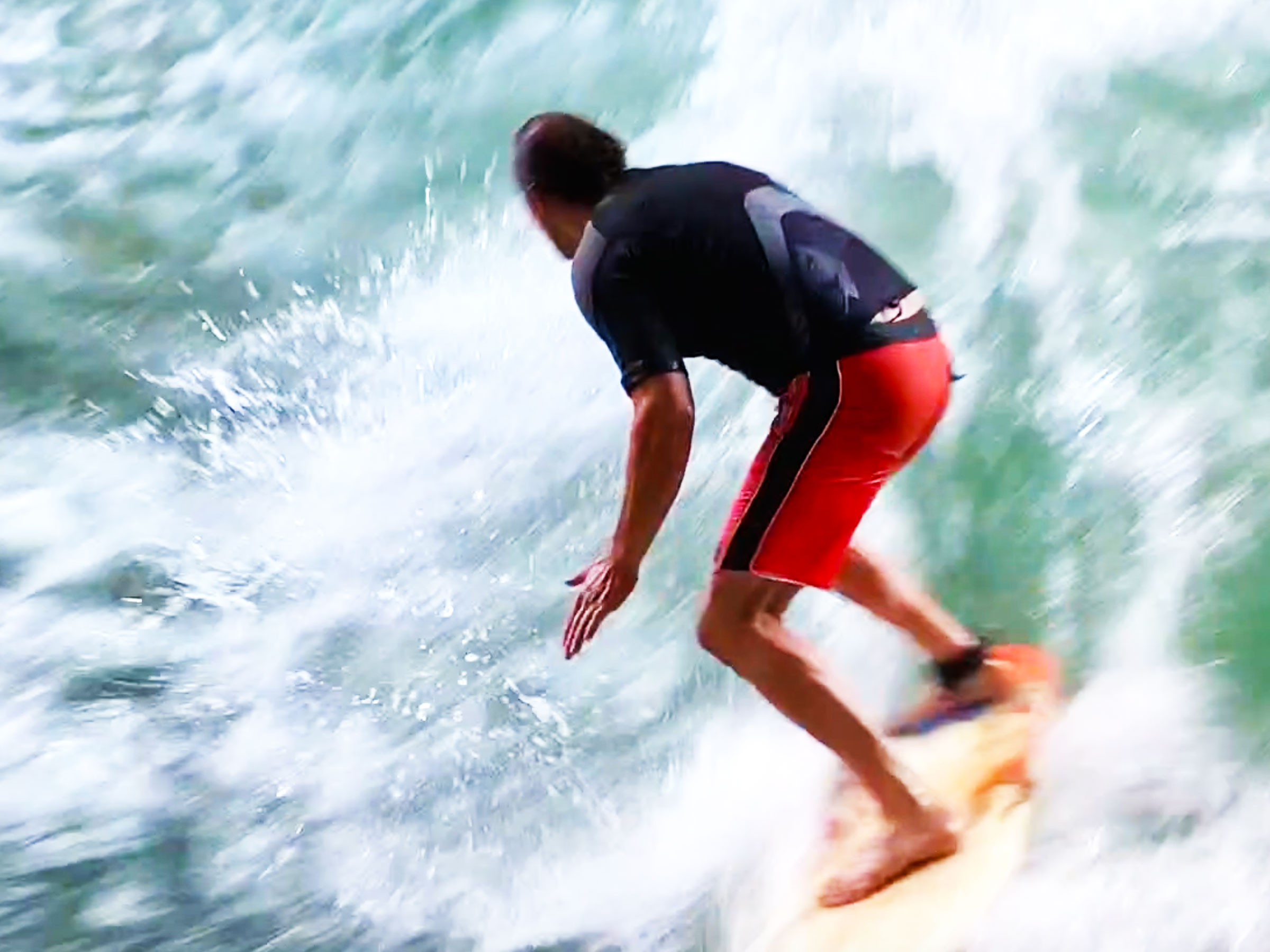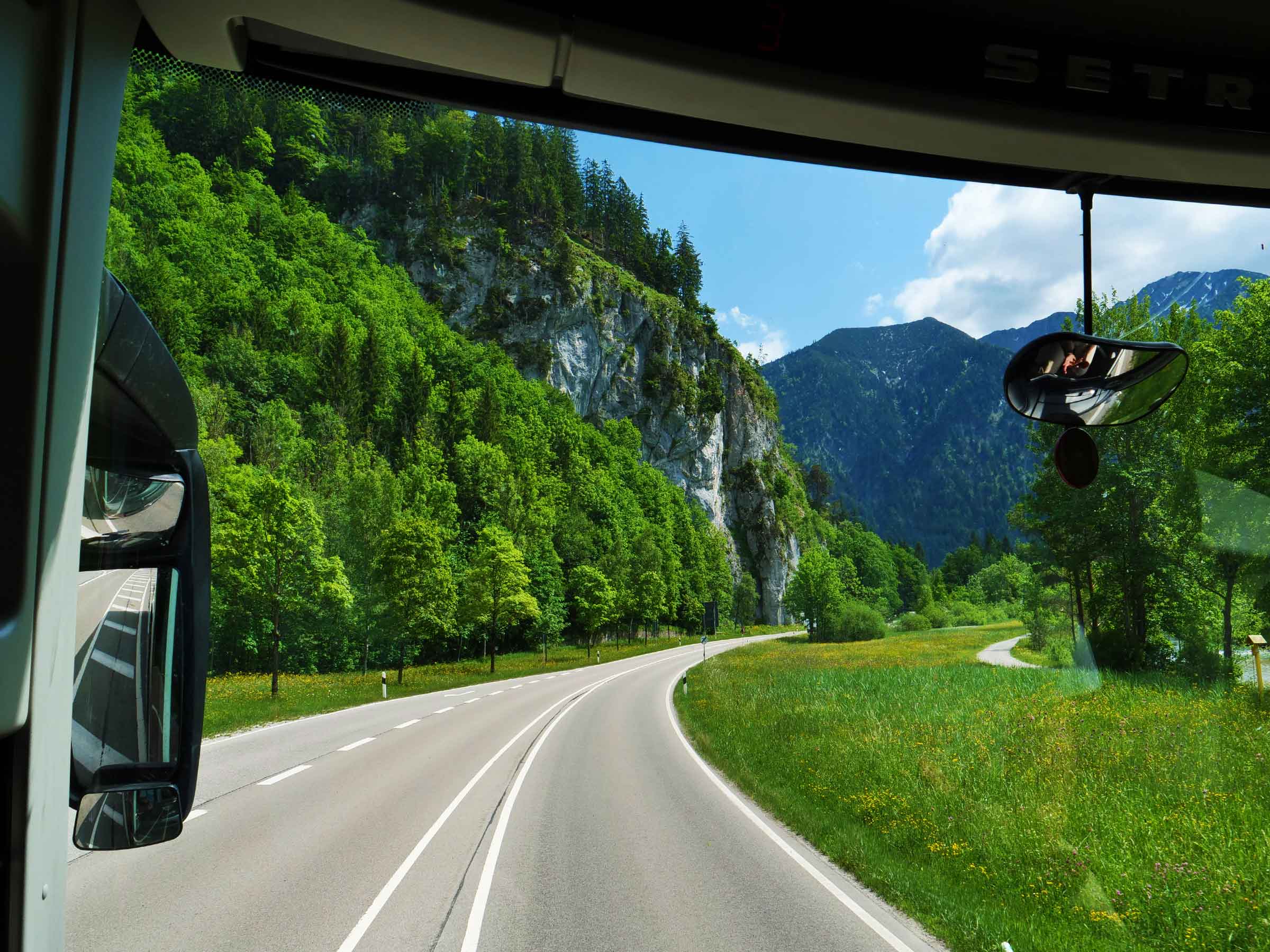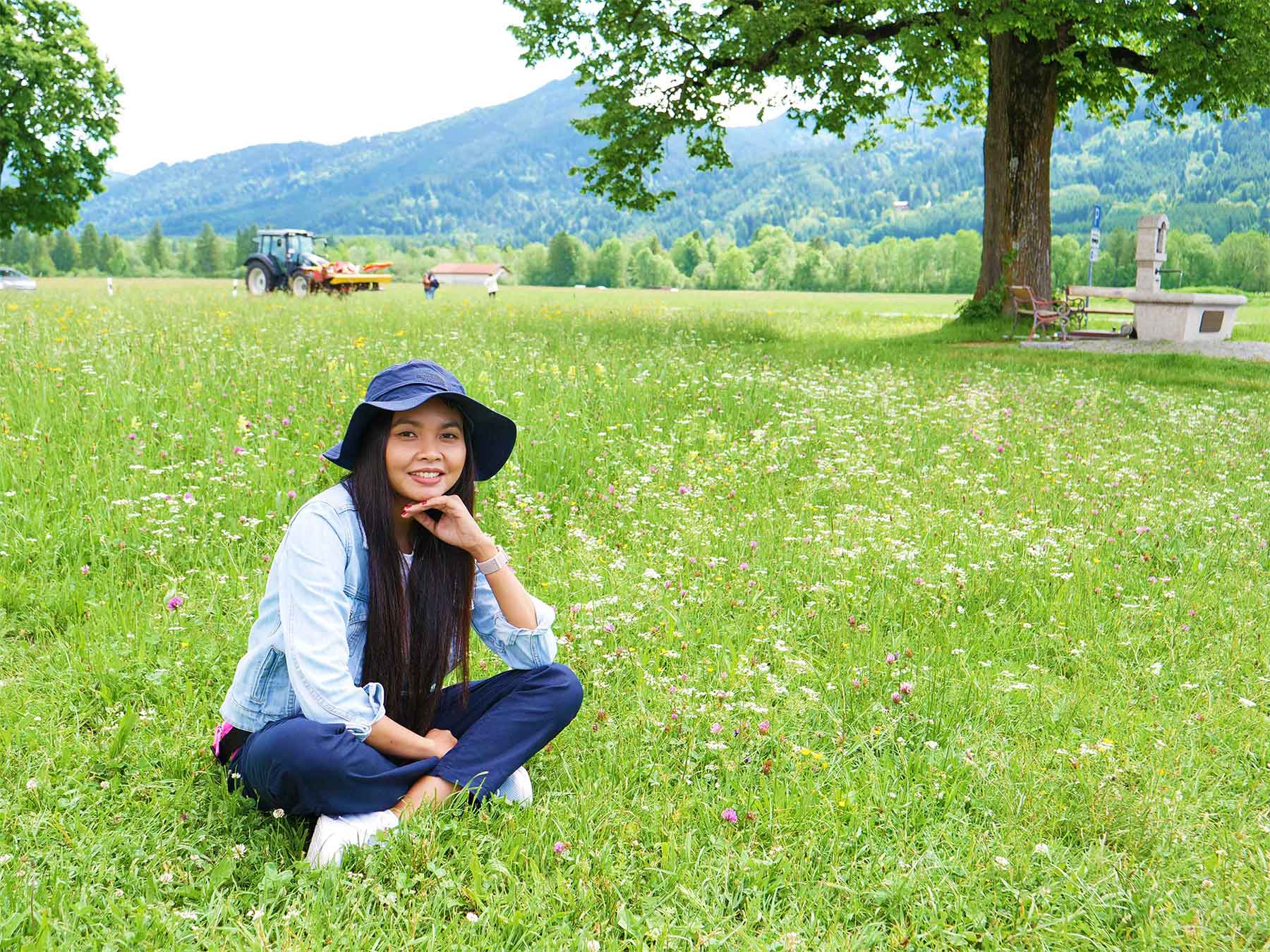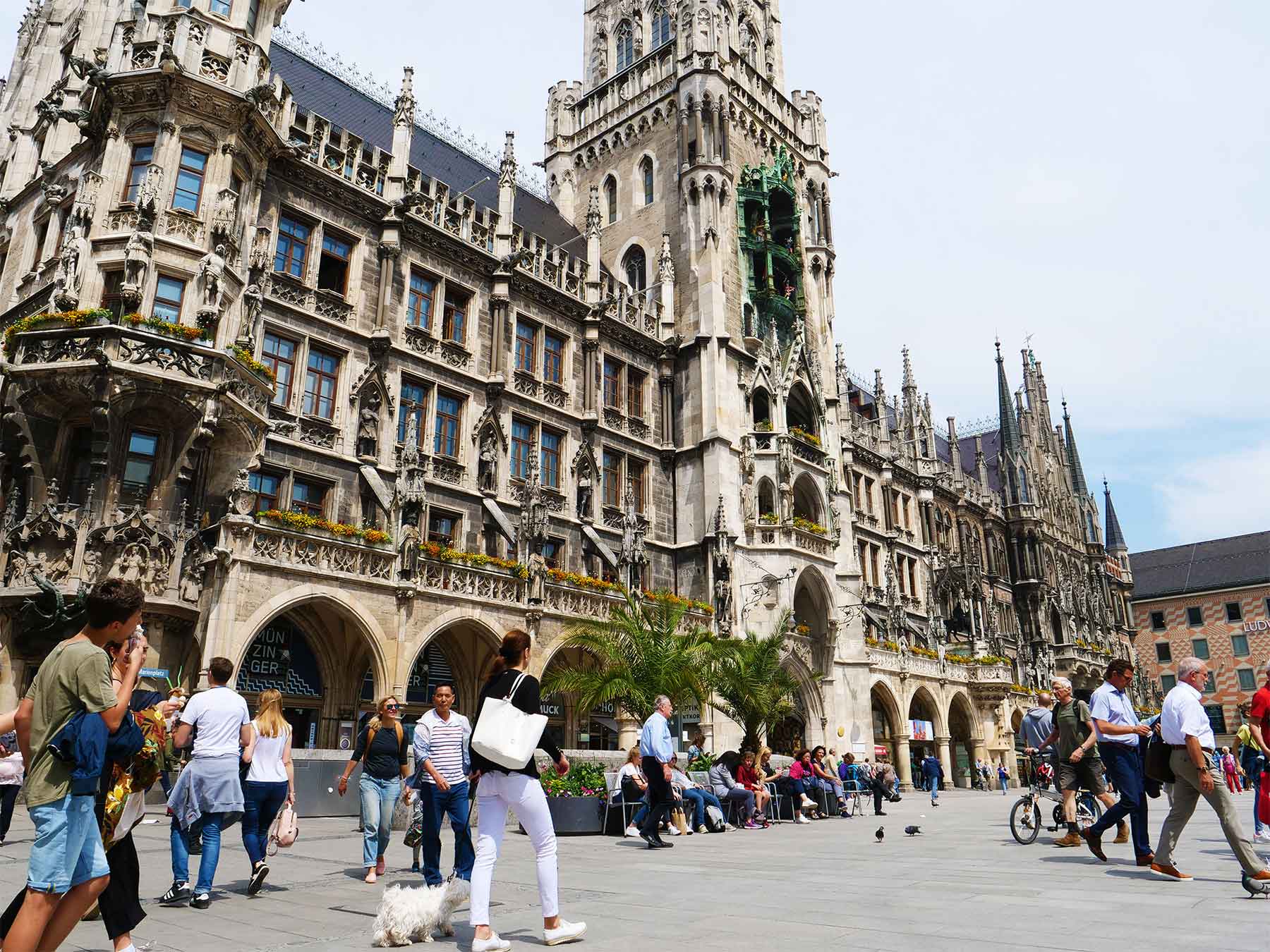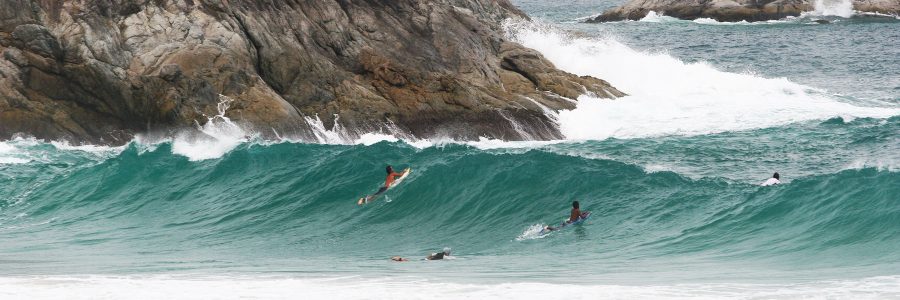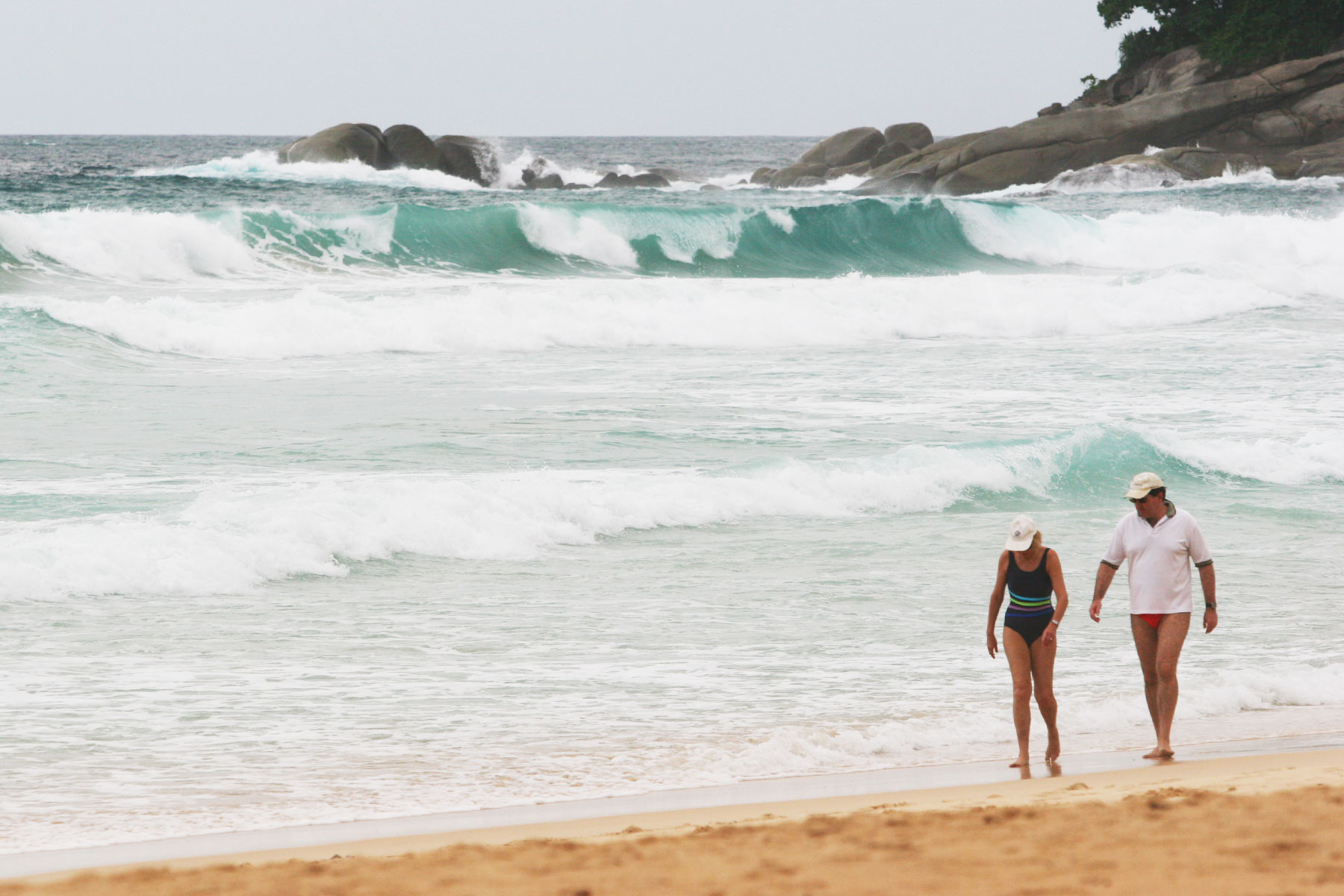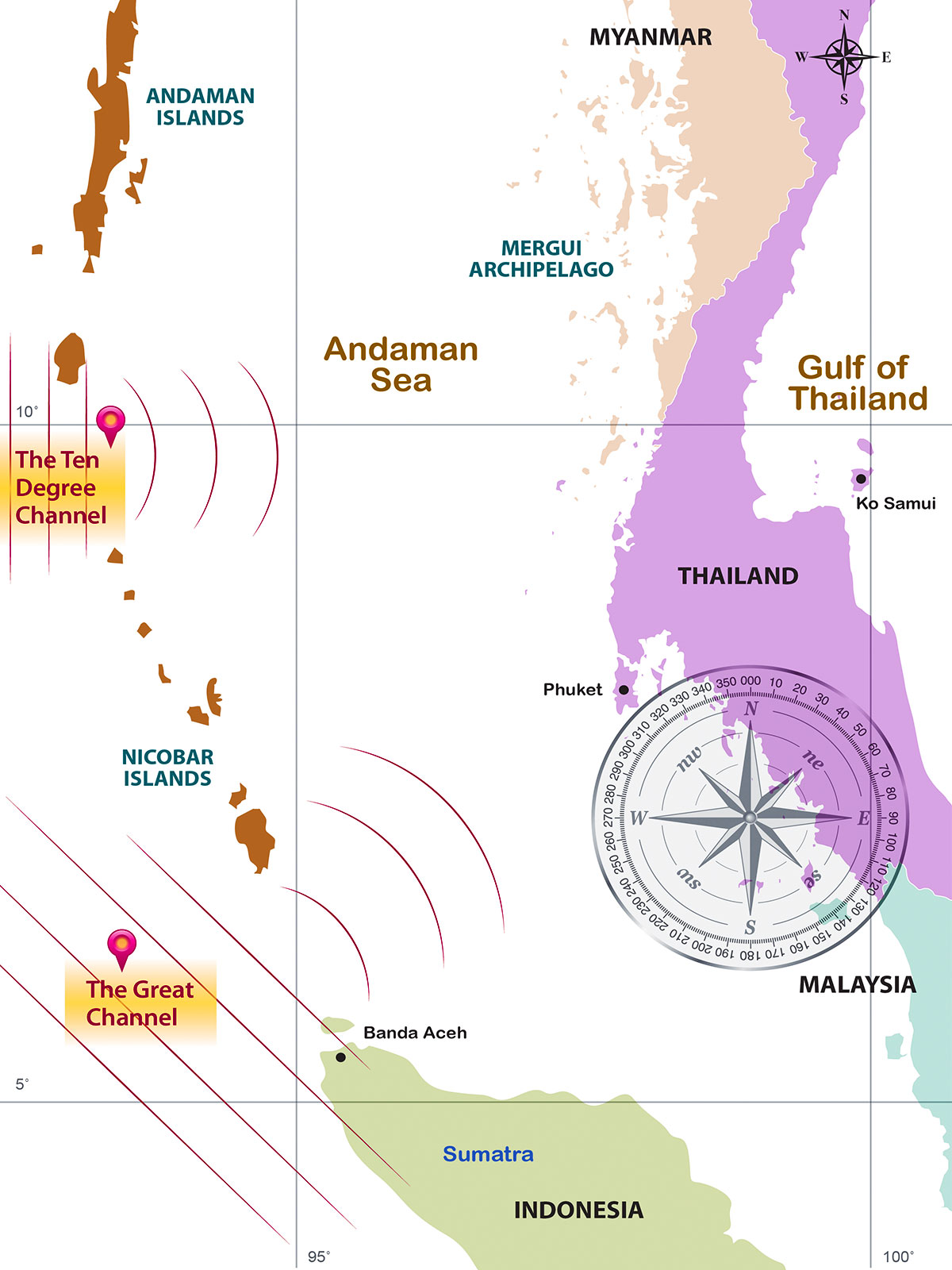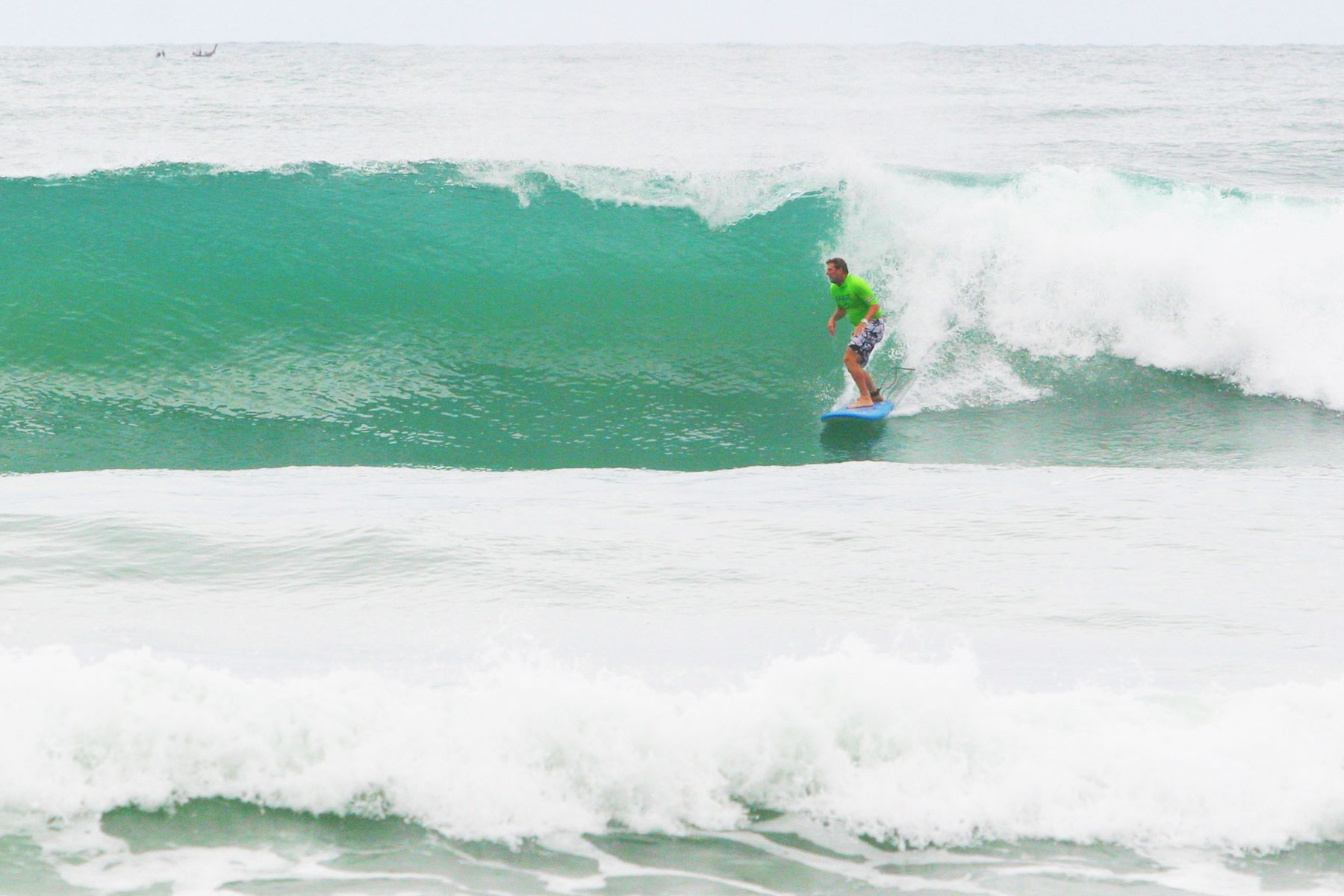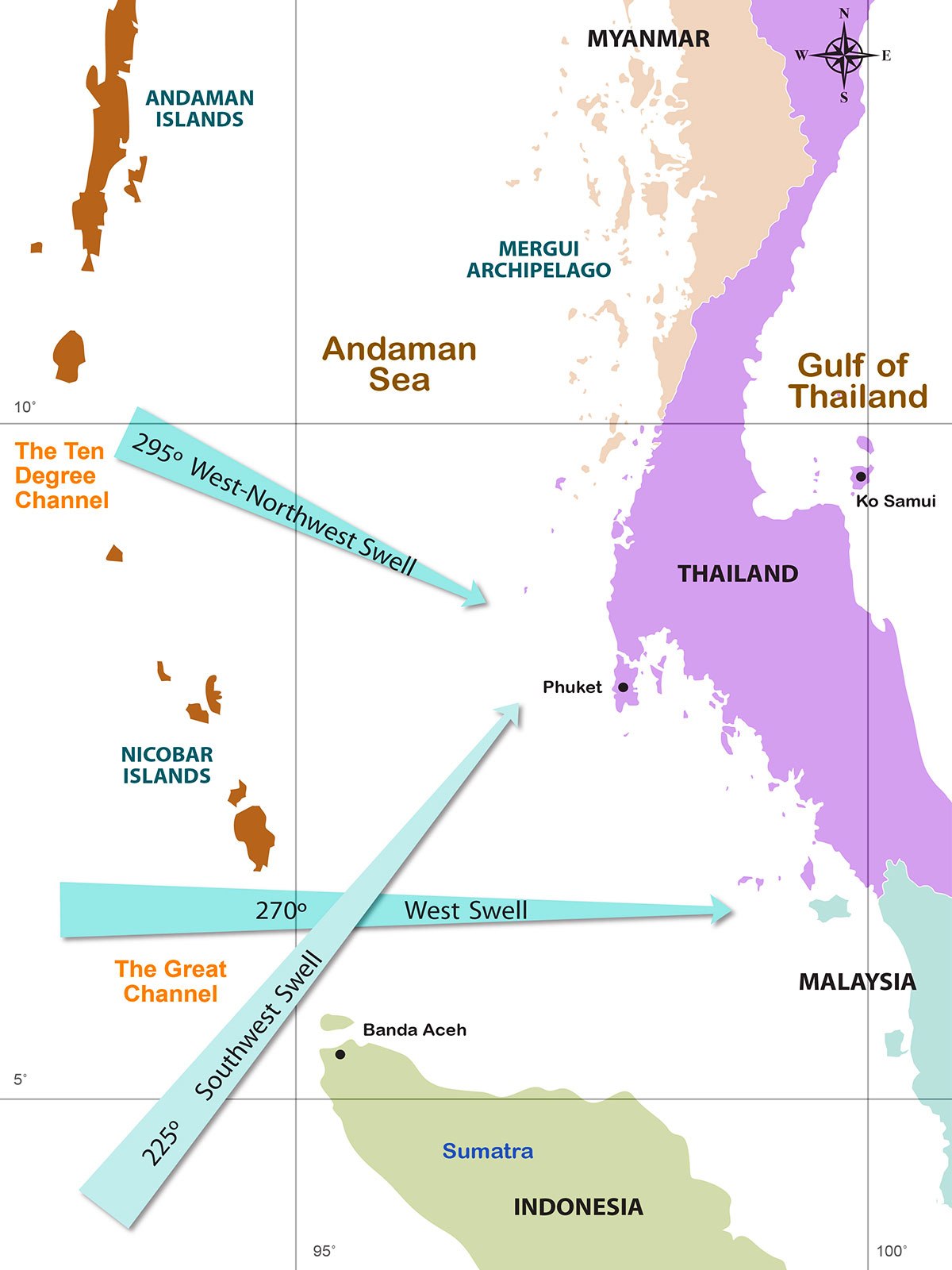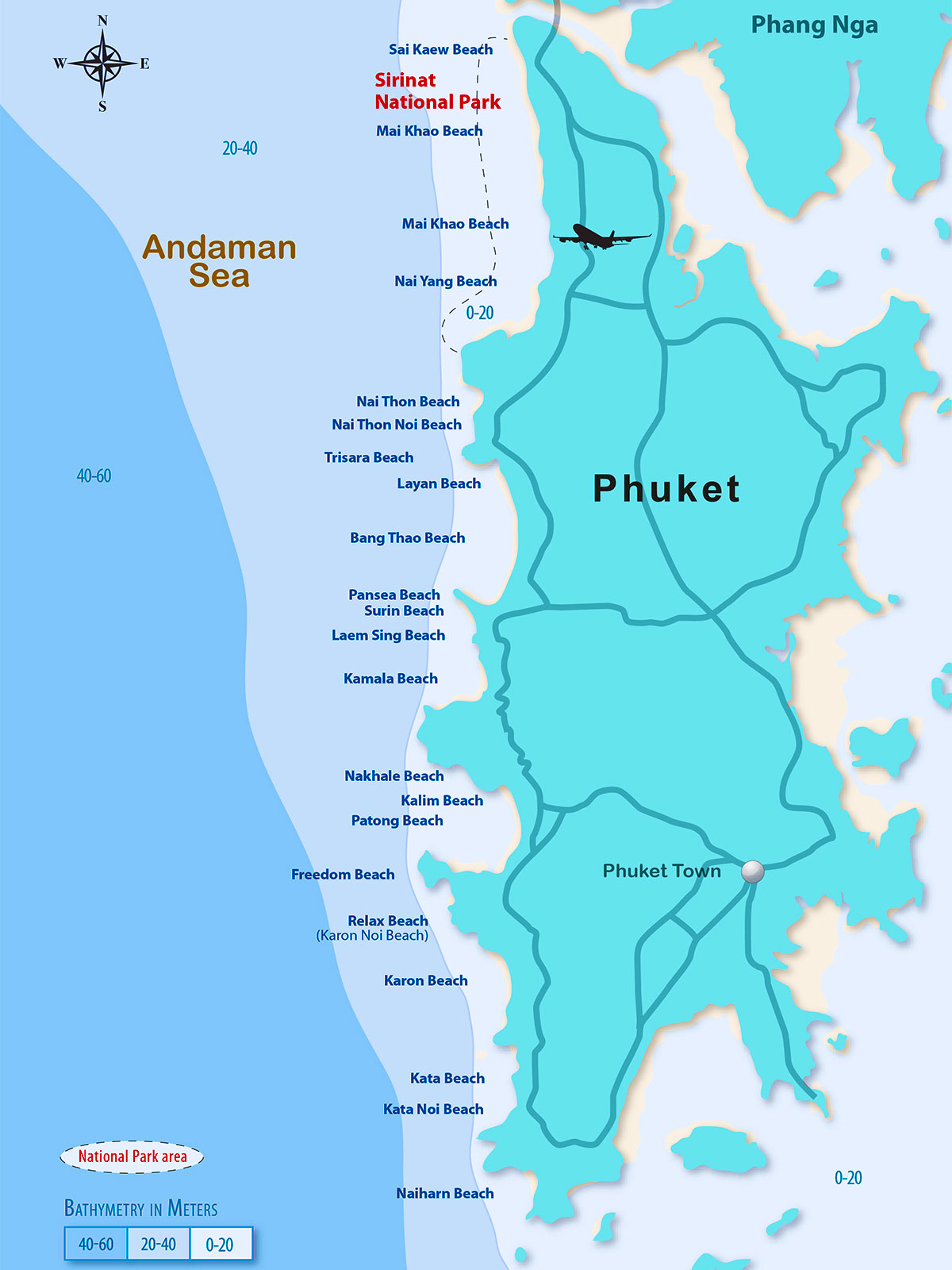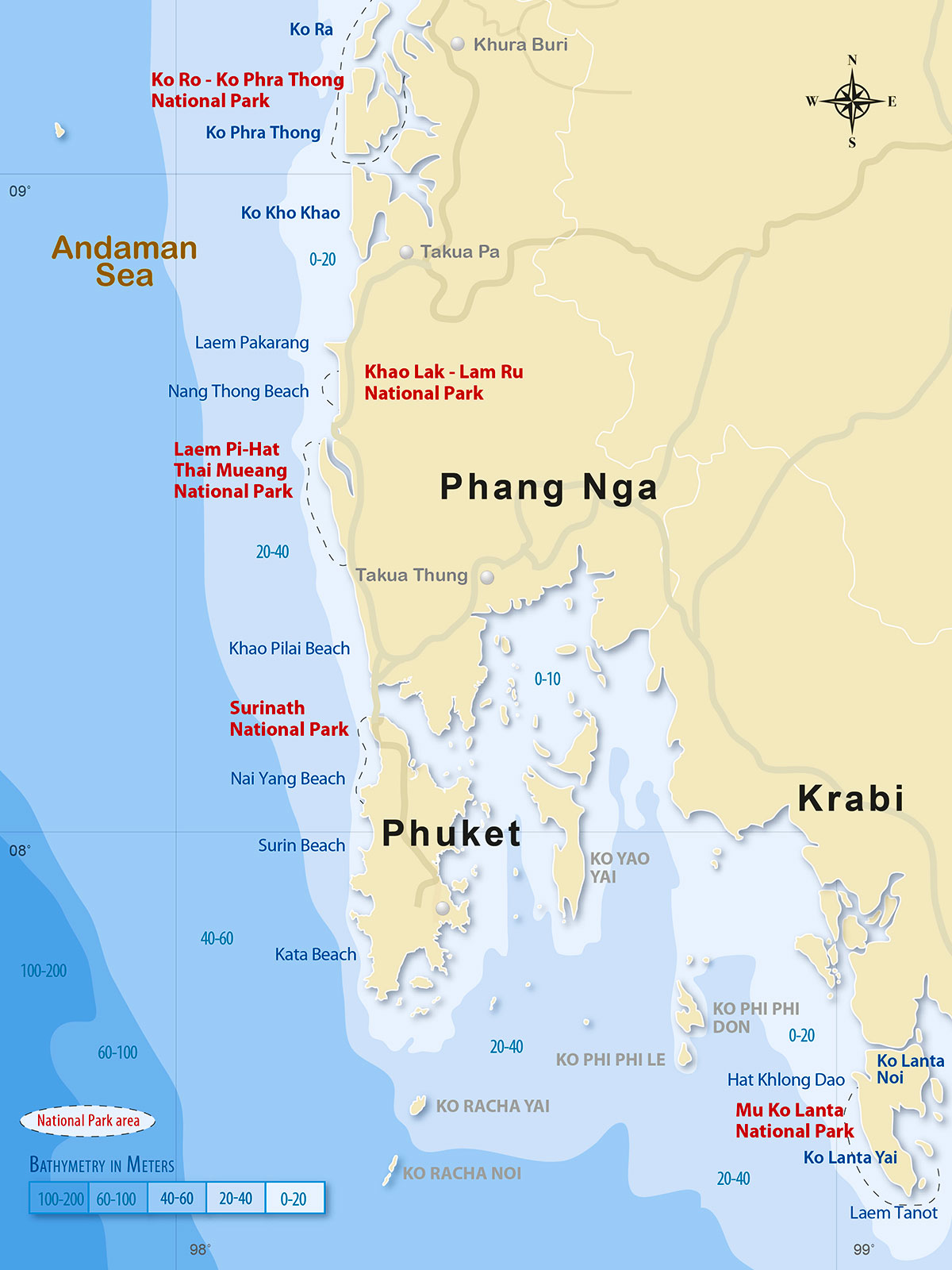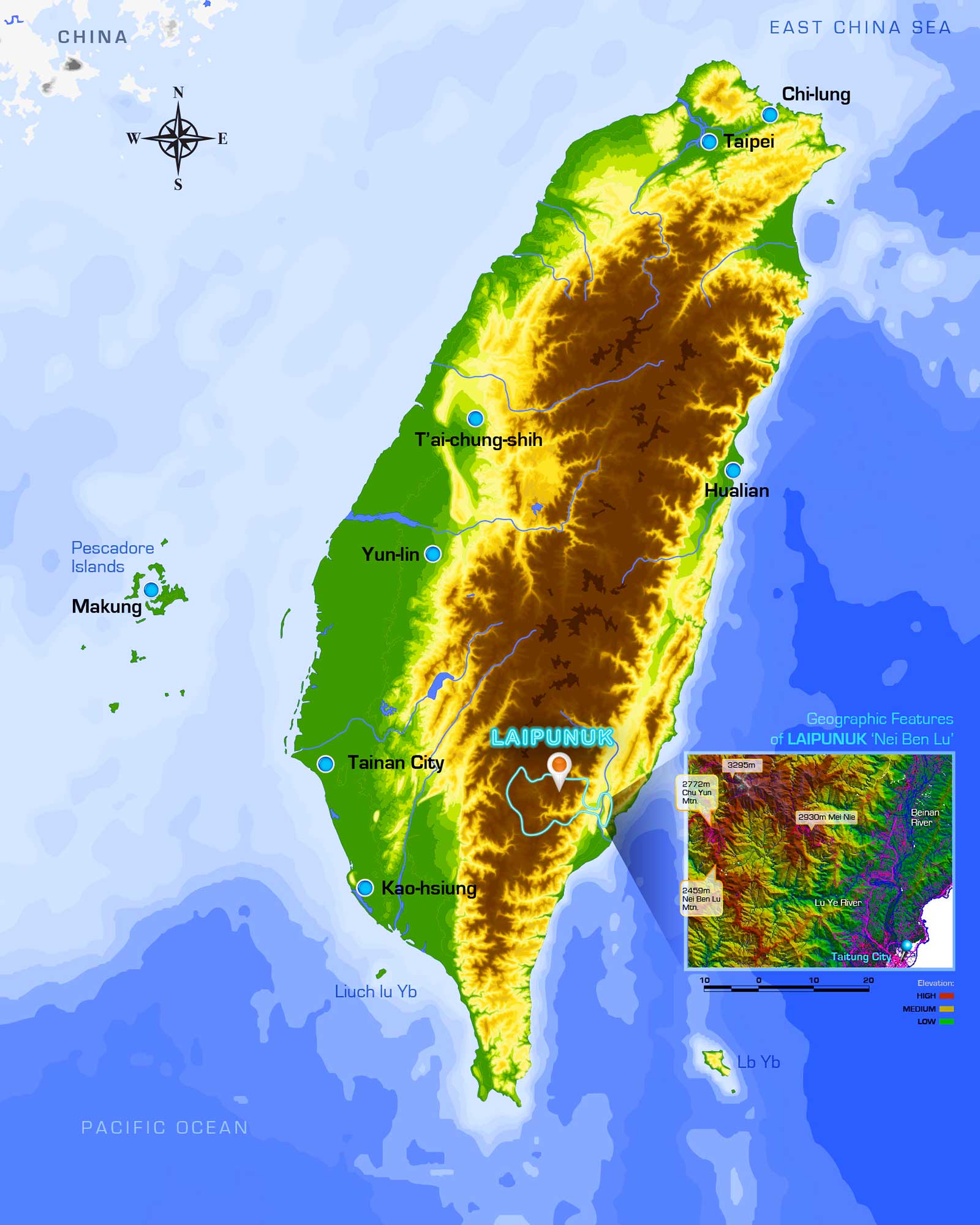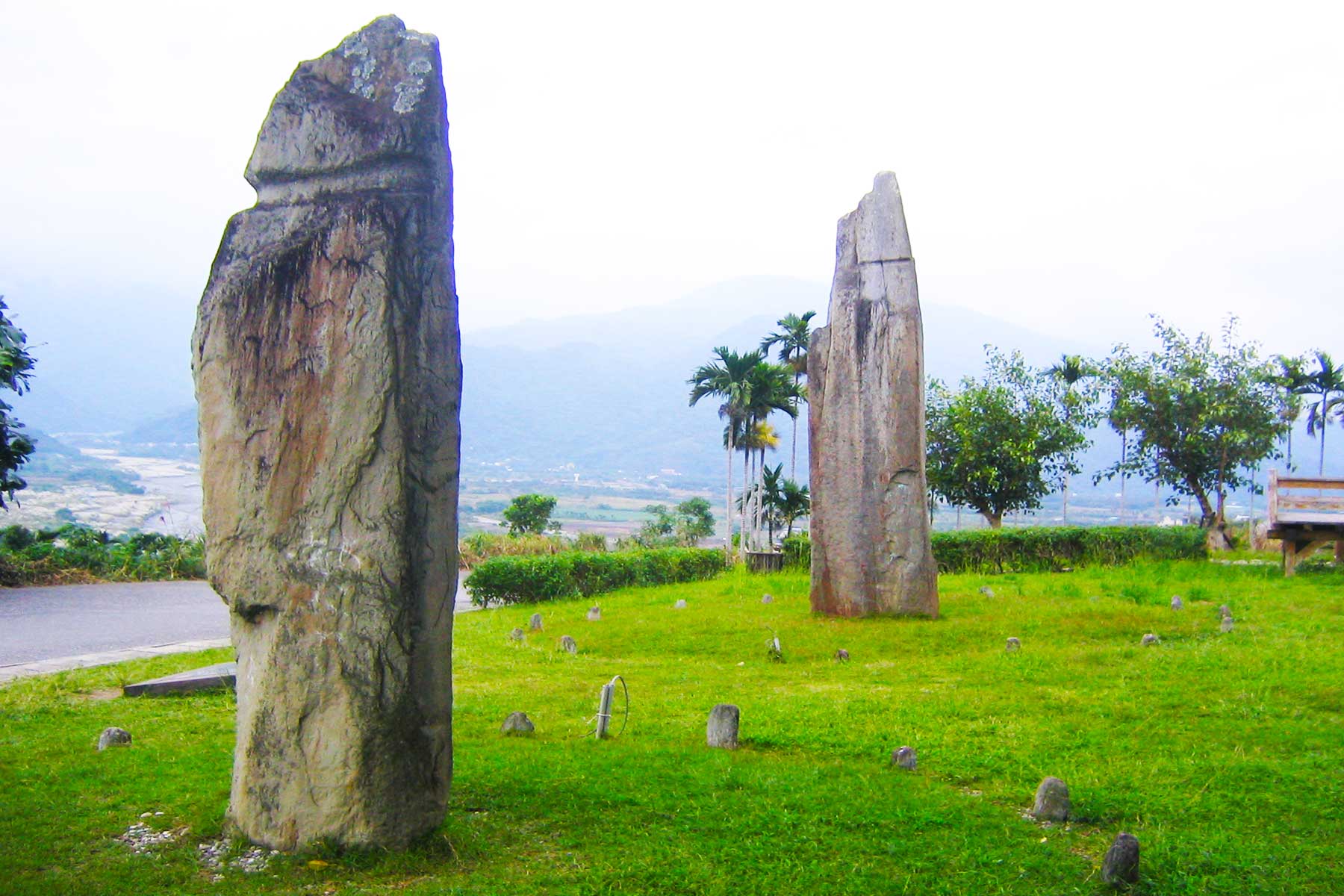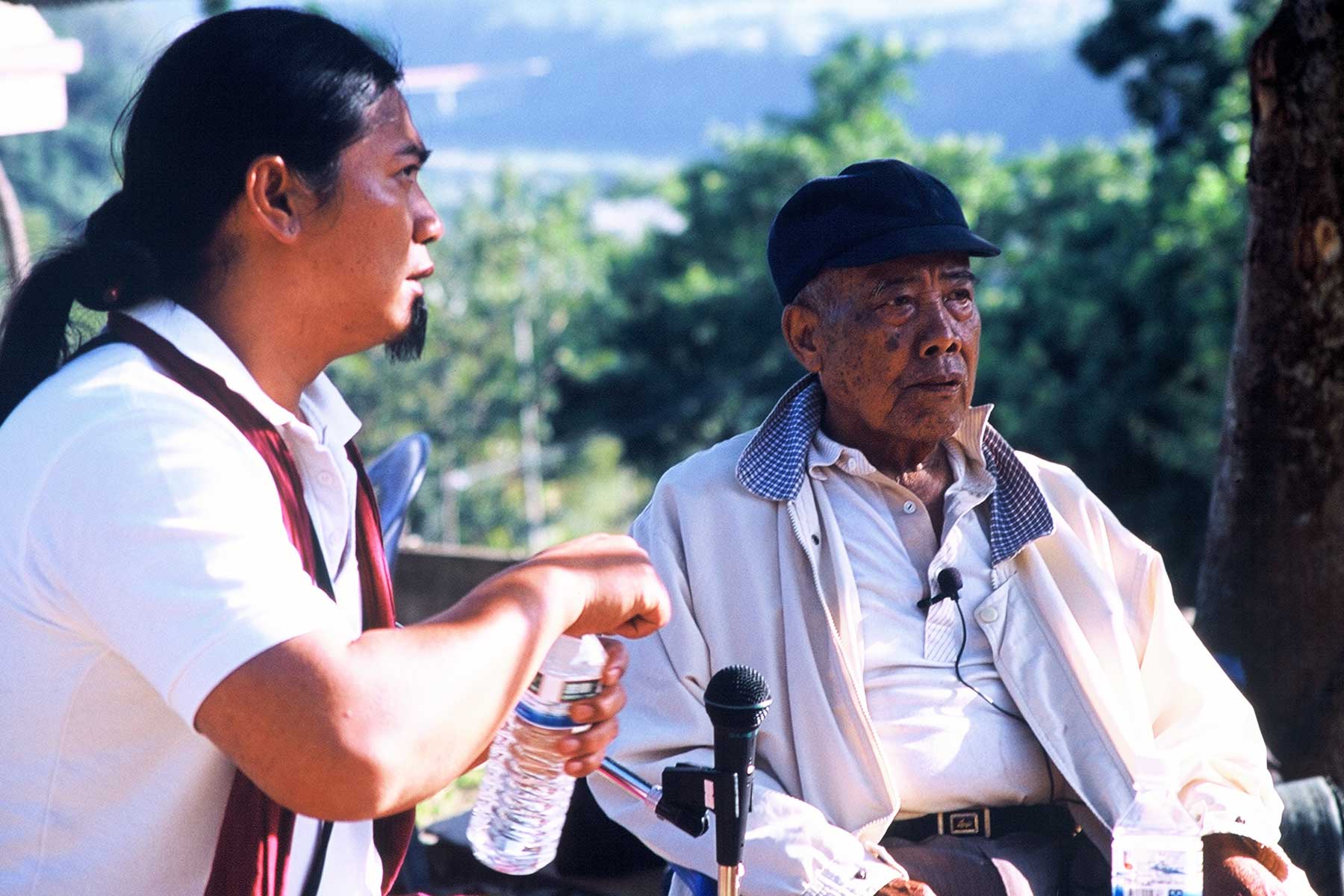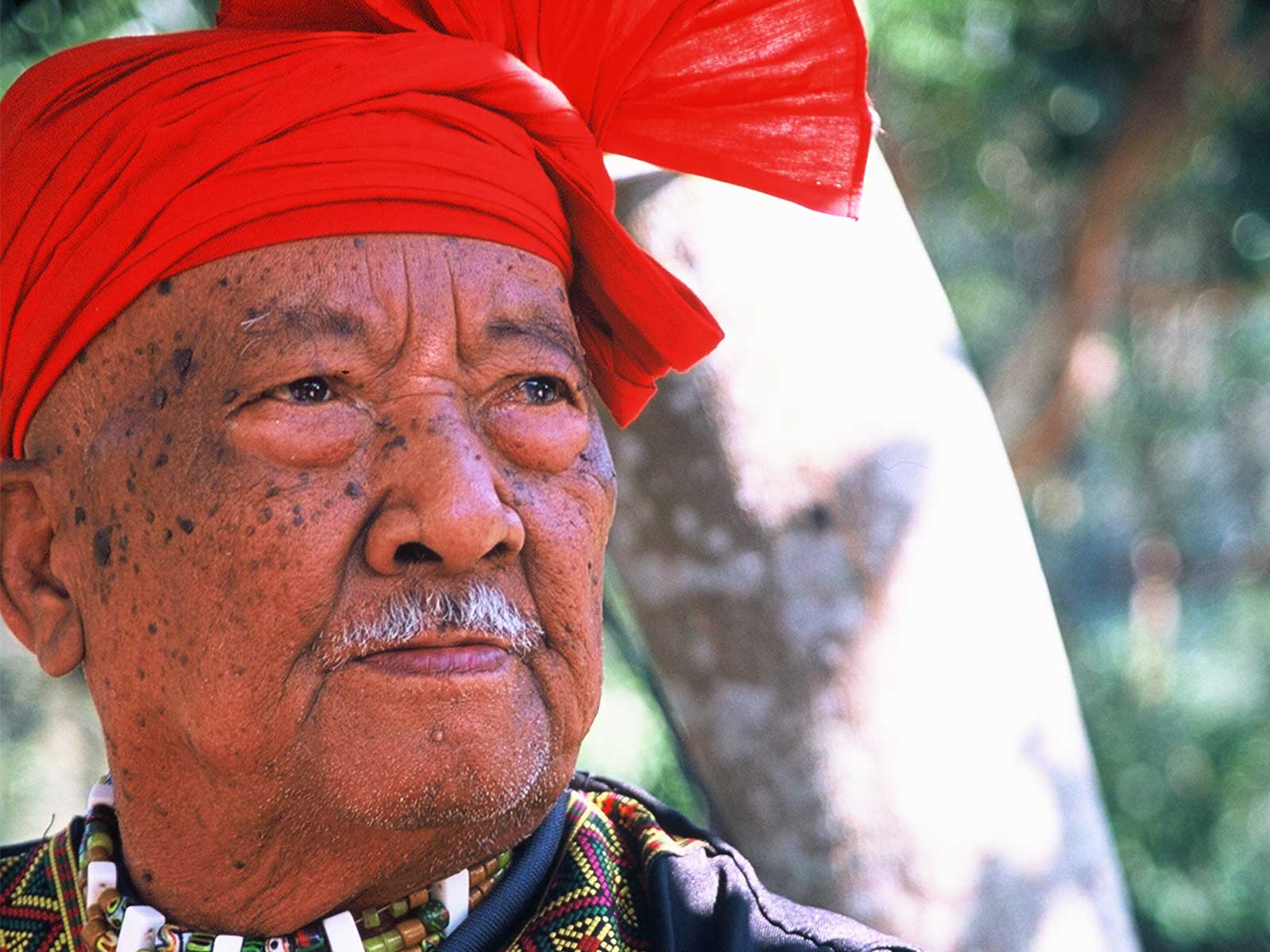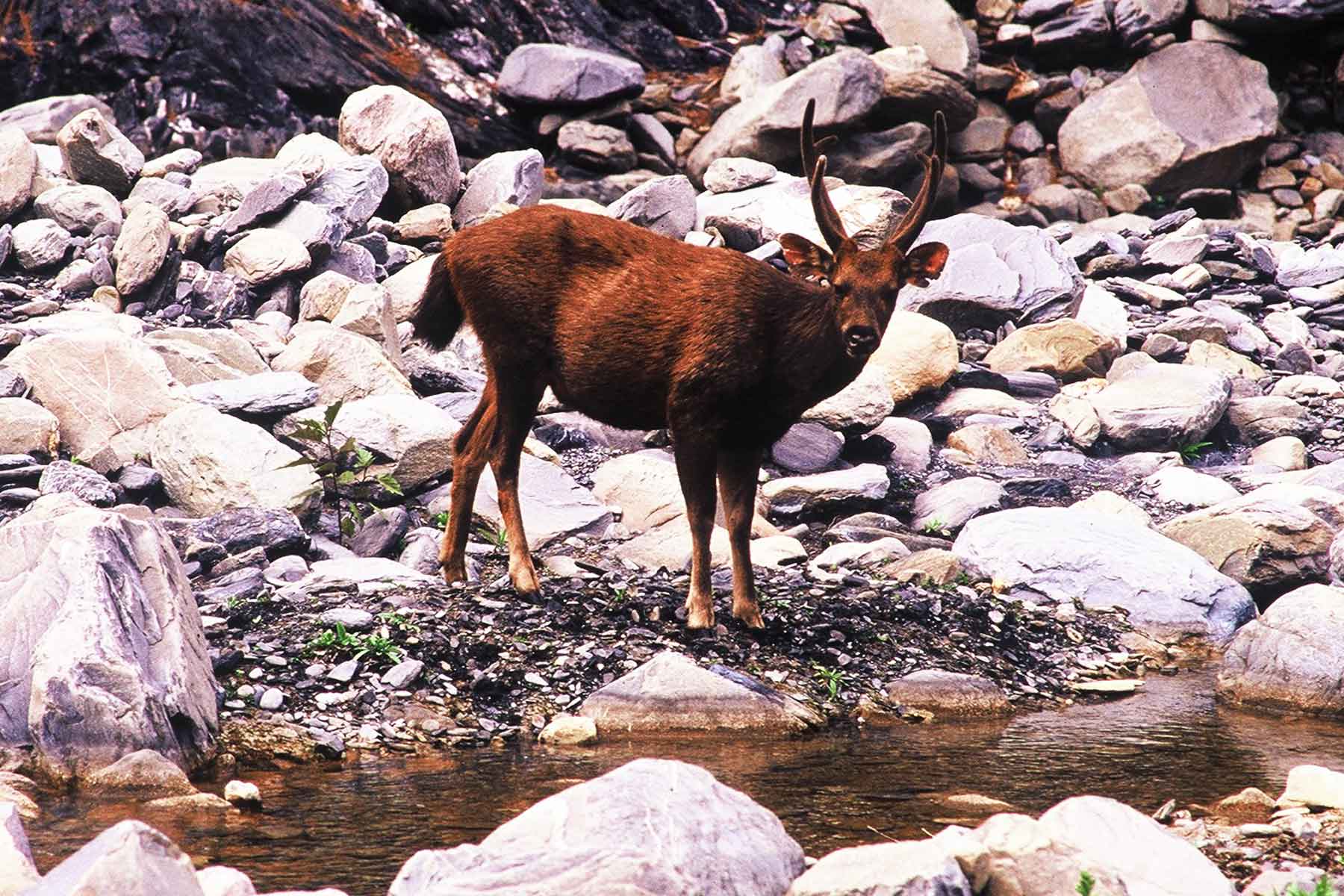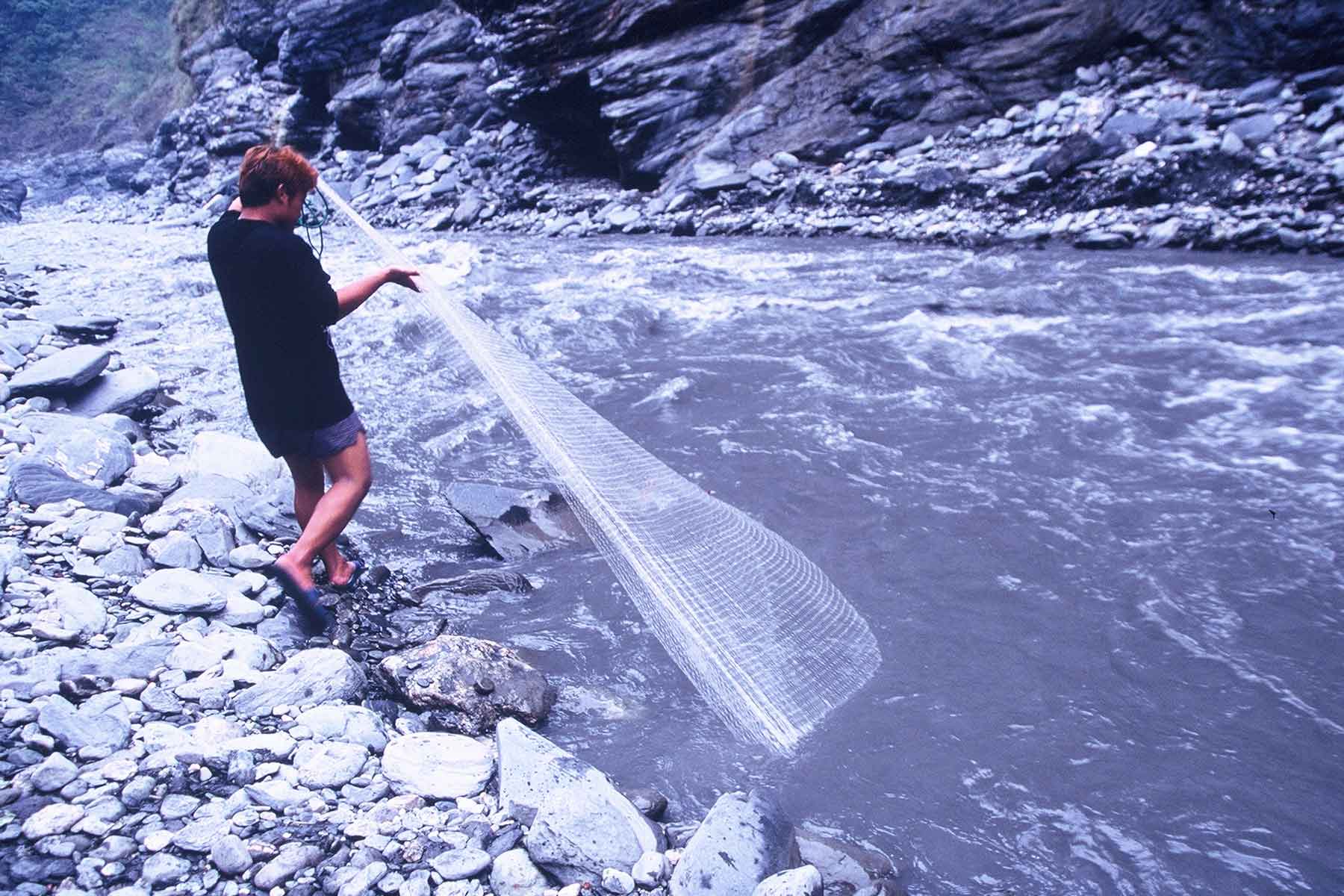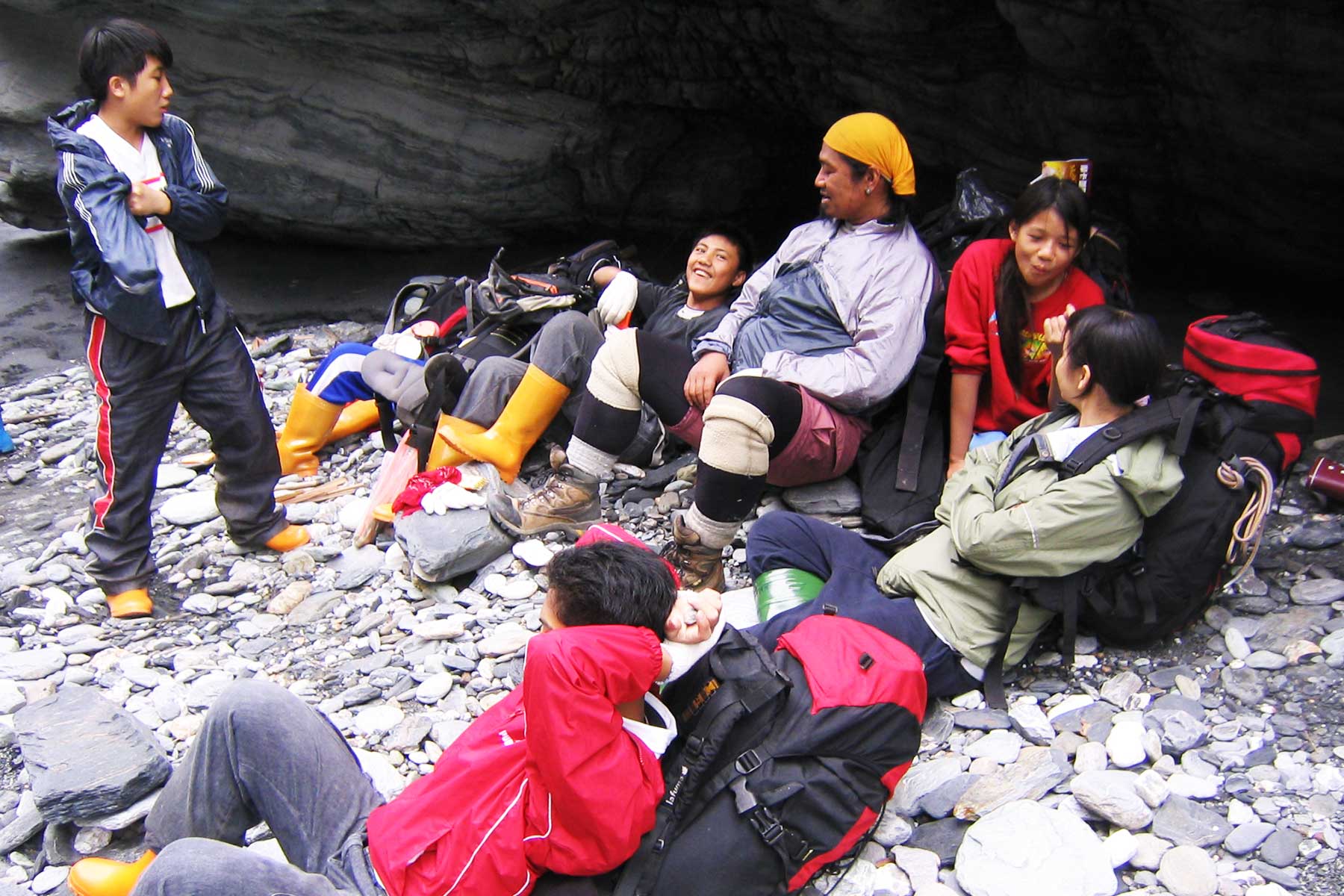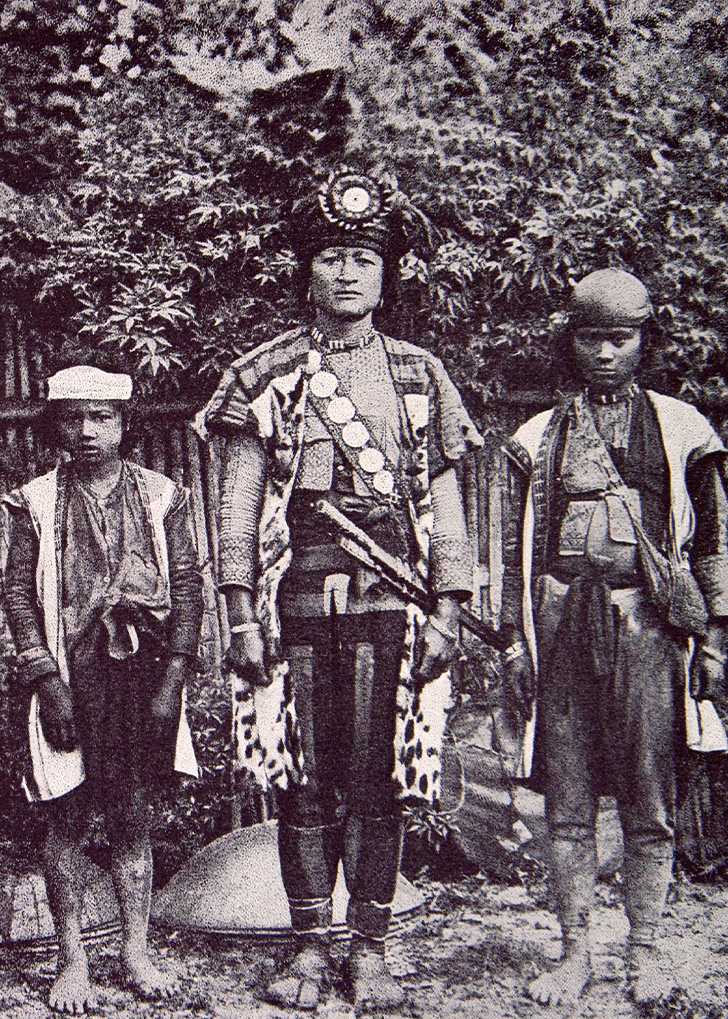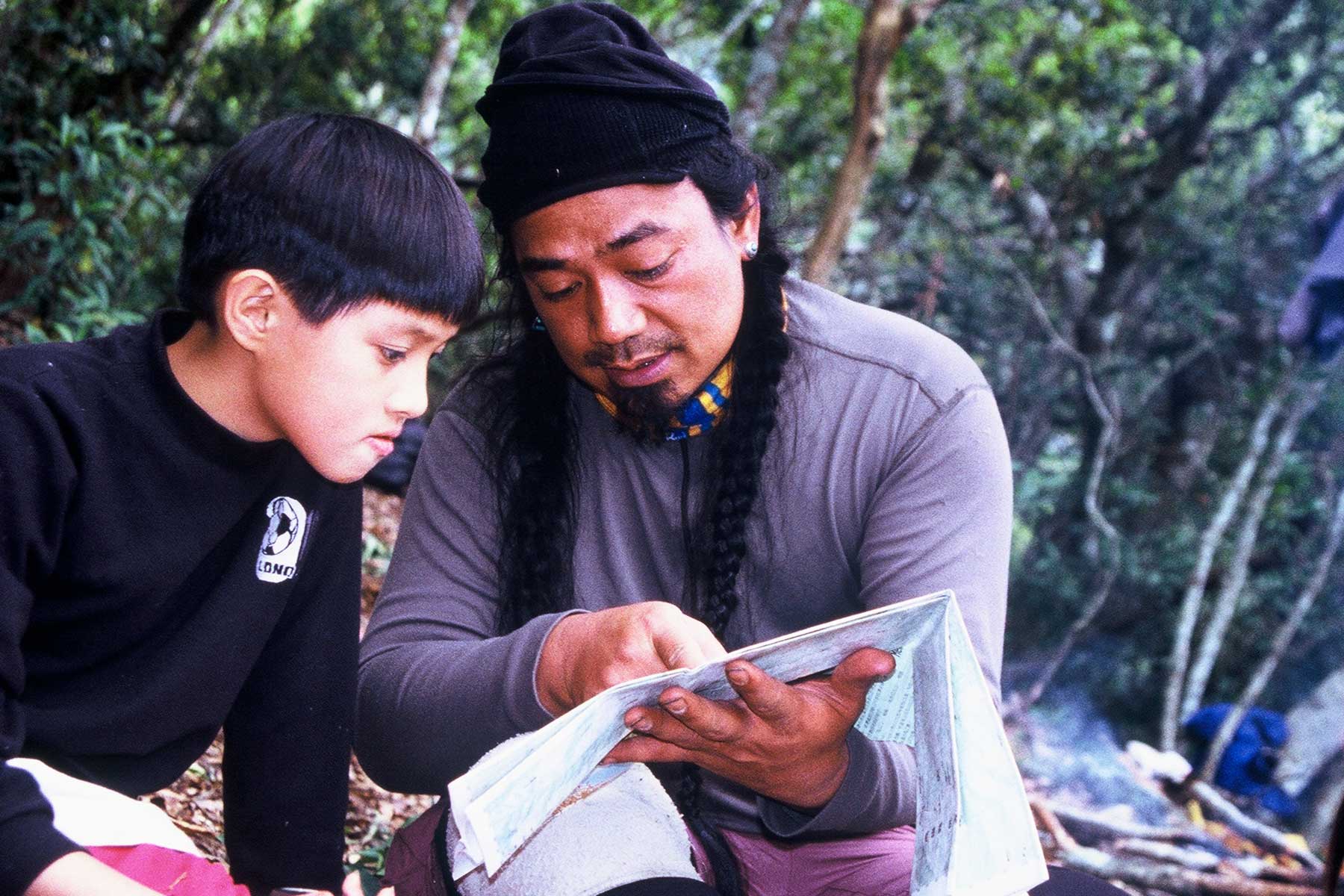Asst Professor Dr Steven A Martin
Assistant Professor of Asian Studies in Sociology and Anthropology
EXPLORATORY RESEARCH ON VIETNAM'S MEKONG DELTA
Over the past 10 years living and teaching in Thailand, one of my favorite past times is exploring the Greater Mekong Subregion (GMS).
The GMS an intriguing mix of countries, brimming with diverse peoples and historical geographies, offering countless and affordable adventures.
Among my most memorable travels are those taken in 2014 and 2015 to the Mekong Delta in southern Vietnam.
Photos on this page link to the Southeast Asian Civilization course.
Agriculture and Fisheries
Mekong Delta is an expansive floodplain of 40,000 sq. km. populated by over 17 million people across 13 provinces. It is responsible for 60% of Viet Nam’s rice production (90% of this is exported) and 60% of the country’s fruit.
There is a large export industry of fish, and 65% of fishery production is sent to the USA. While there is a considerable fishing fleet working the offshore areas around the Delta, the majority of production is based in aquaculture. For the most part, local peoples eat the small fish and sell the big fish.
Other important commodities include coconut products and honey. A burgeoning tourism industry is evident in nearly all eras in the Delta, ranging from individuals to small groups to mass tourism.
Topography and Land Reclamation
Once reaching Viet Nam, the Mekong splits into two main branches at the Delta. The north branch divides into four distributaries and the south branch into three distributaries.
The Delta consists of hundreds of islands formed over millennia of sedimentary deposits; an untold number of waterways create an exotic and dangerous maze of jungles and swamps.
Land reclamation is evident throughout the Delta, with gravel and dirt-laden barges destined for low-lying properties and canal banks. Farmers also dredge local canals every few years and use the silt to reinforce the sides. Busy barge-based cranes used for large-scale dredging of the main river branches are nearly always in view on the horizon.
The ancient network of rural mangrove-lined canals invite visitors to reflect on the country's enigmatic past, while the new palm-lined highway to Saigon represents the fast lane the country is taking to its future at the heart of the economically vibrant and socially diverse ASEAN community.
Faith and Religion
There is a heritage of Spanish, Portuguese, French, and to some degree, American missionary influence, and this is evident in Vietnamese language, culture, architecture and religion. For example, Catholic and other denominational Christian churches speckle the banks of the Delta and constitute as much as 15% of the religious base.
However, 60% of the Delta population follows a type of ancestor worship and this may be attributed to an age-old relationship with Chinese culture.
The Delta Road
The government opened up the Mekong in recent years, completing the ‘Delta Road’, a collaborative effort with the Japanese, and this was engineered in part to keep the Delta’s produce fresh and undamaged, particularly rice, fruit and seafood, when they are transported to Saigon overland.
These new transport networks are key as the traditional floating markets are becoming impractical. Thus, there is an ongoing shift from a water-based trade economy to a land-based export economy.
Historically, there were much smaller human populations in the Delta due to the dangers associated with snake and crocodile-infested swamps.
Environment
Winter is the dry season on the Delta and the rainy period is normally during the summer, although the Delta is indeed south of the typhoon belt which impacts central Viet Nam and the Red River area further north.
The water level is higher during the rainy season, and this ‘wet time’ is utilized for fishing, while the ‘dry time’ is best for vegetables and potatoes. Climate change is evident and local farmers explain that nowadays the seasons are not so distinct.
The biodiversity of the region is still wide-open to exploration and inquiry, with thousands of new species discovered in recent years. However, there is an unfortunate war-torn legacy of ‘agent orange’, the chemical defoliant dropped by American forces upstream of the Delta, and as many as 2 million people are affected by it today.
Settlement
The Delta was once part of the Funan (68-550 AD) and Chenla (550-760 AD) empires with ties to early Chinese trade networks, and later saw Champa settlements (associated with central Vietnam) and Khmer settlements (associated with Cambodia). Some Khmer still live in the west of the delta region near Cambodia.
According to my Delta guide, the Khmer never actually left the region; rather they mixed and integrated with the North Vietnamese (i.e., the ‘Kinh’ ethnic group) who migrated to the Delta over time.
The feelings of the North Vietnamese about their Delta settlement are represented in the local music which carries sad tones and lyrics, voicing their homesick emotions.
There was also a significant era of assimilation 300 years ago, when Chinese, Vietnamese and Khmer cultures mixed together.
Personal interview with Sombo Manara | Champa Kingdom
Interview with Prof. Dr. Sombo Manara, a leading expert in Khmer ancient history. The interview took place at the Po Nagar Temple in Nha Trang, Vietnam, a 7th - 12th century Hindu temple and vestige of the once powerful Champa Kingdom.
Cham is an Austronesian language, part of a super-family of languages generally associated with the seafaring peoples of the Pacific and Indian Oceans.
Visit Chasing Jade: Archaeology and the Batanes Islands Cultural Atlas to learn more about Austronesian prehistory.
Cultural Stereotypes
Vietnam is polarized by Hanoi in the north and Ho Chi Minh City in the south, two sprawling urban and cultural centers with unique cultural attributes.
Stereotypically, the north and central populations distinguish themselves as thinking, planning, hard-working, and saving for the future.
In contrast, and as my Delta guide, Nguyễn Minh Phương, himself from the central region, put it, "The people of the Delta live for today, and are sometimes typecast by their northern counterparts as being reliant on the good weather, having strong physical features, and a sweet palate."
Travelers, Traders and Invaders
The Mekong Delta is a beautiful place to visit, an exotic tropical landscape steeped in ancient tradition with modern geographical significance. At 4,350 km, the Mekong is the world’s 12th-longest river, the lifeblood of mainland Southeast Asia – a trans-boundary network known as the ‘Greater Mekong Subregion’ (GMS).
The Mekong derives its name from the Sanskirt word ‘ganga’ after the Ganges River in India, and the toponym evolved in Thai and Laotian languages to ‘Mae Nam Khong’, literally ‘mother water Khong’.
The mouth of the Mekong called to traders, invaders, and great cultures and philosophers from India and China, providing them safe harbor and entry to upstream riches, including Cambodia’s fish-laden lake, the ‘Tonle Sap’, and the Khmer Kingdom at Angkor.
Coined by the French as "Indochina", friends, foods and freedoms await in the mighty Mekong Delta, an eclectic blend of culture, race and religion along Southeast Asia’s greatest of rivers.
I hope you enjoy my photos and the information in the links provided. If you feel motivated to travel to the Mekong Delta, please let me know – I’d love to hear from you.
–Steven Martin
Special thanks to my Delta guide, Nguyễn Minh Phương for his time and insight, which helped to make this short article possible.
If you’re traveling to Ho Chi Minh City, he can be reached at: guyenminhphuongjp@gmail.com

